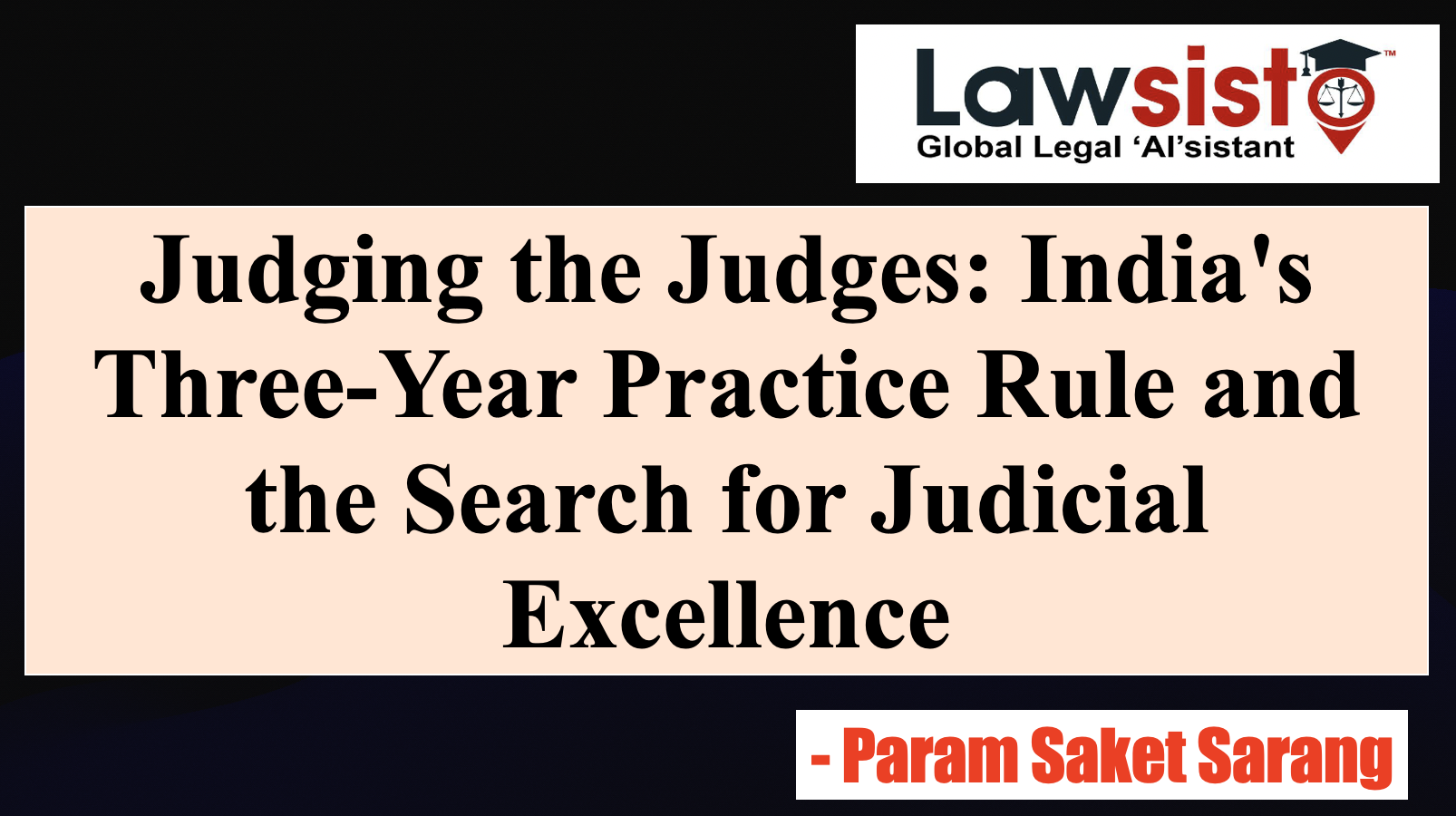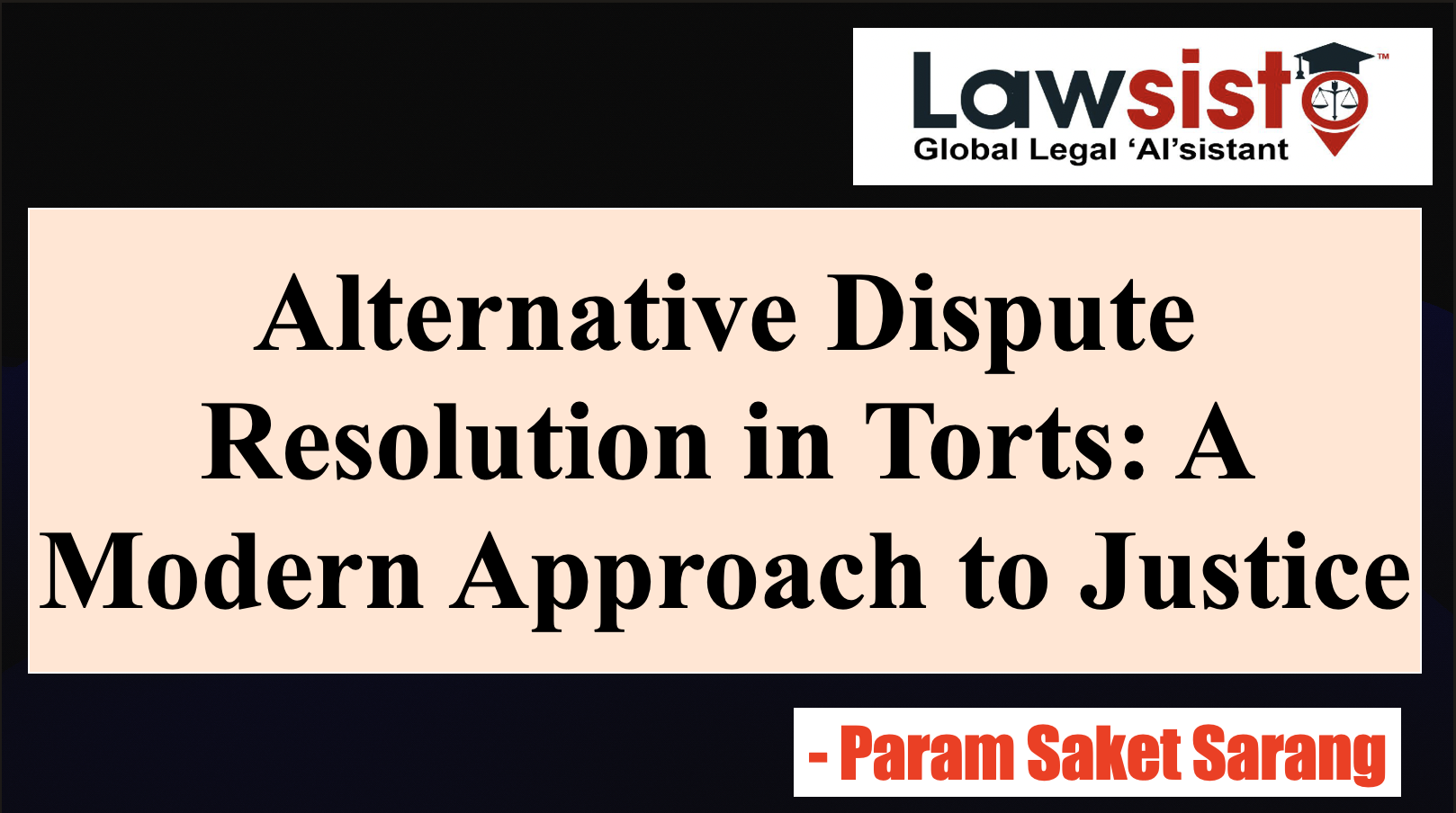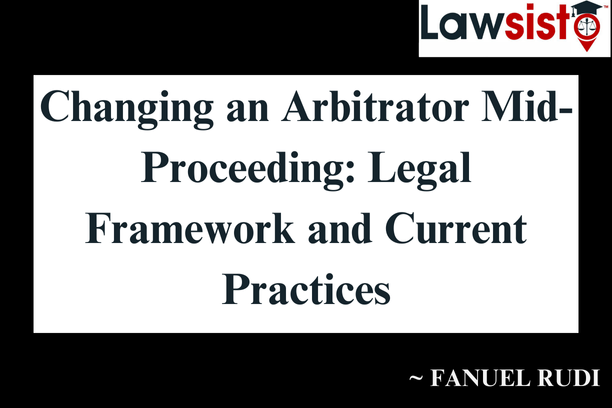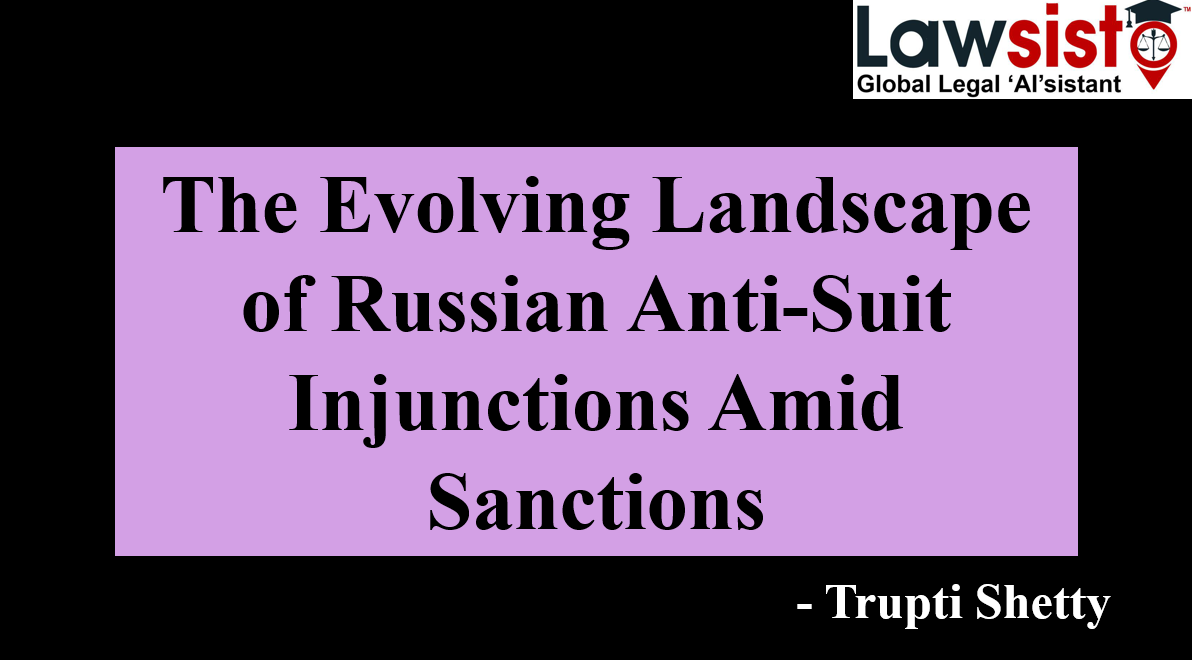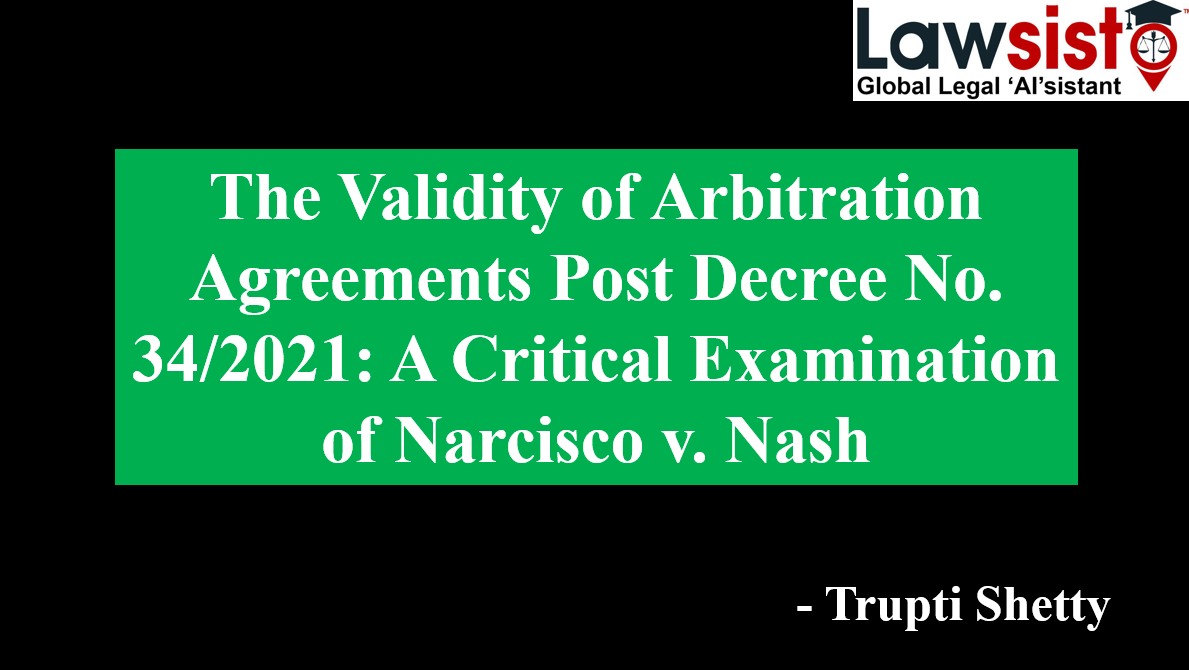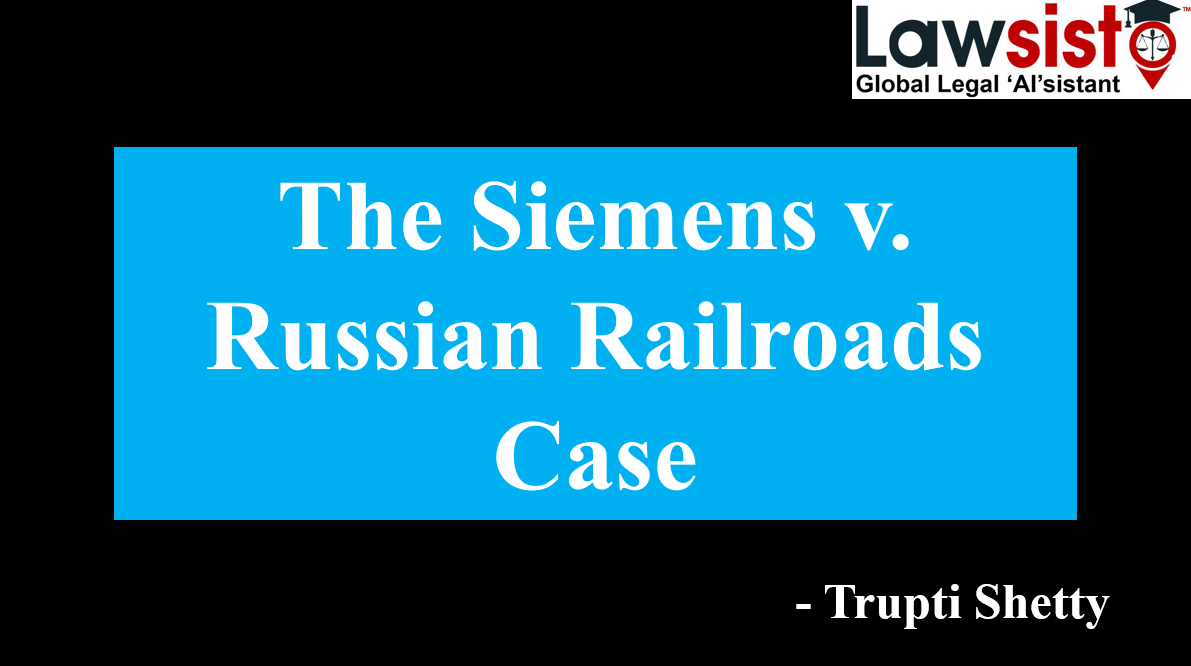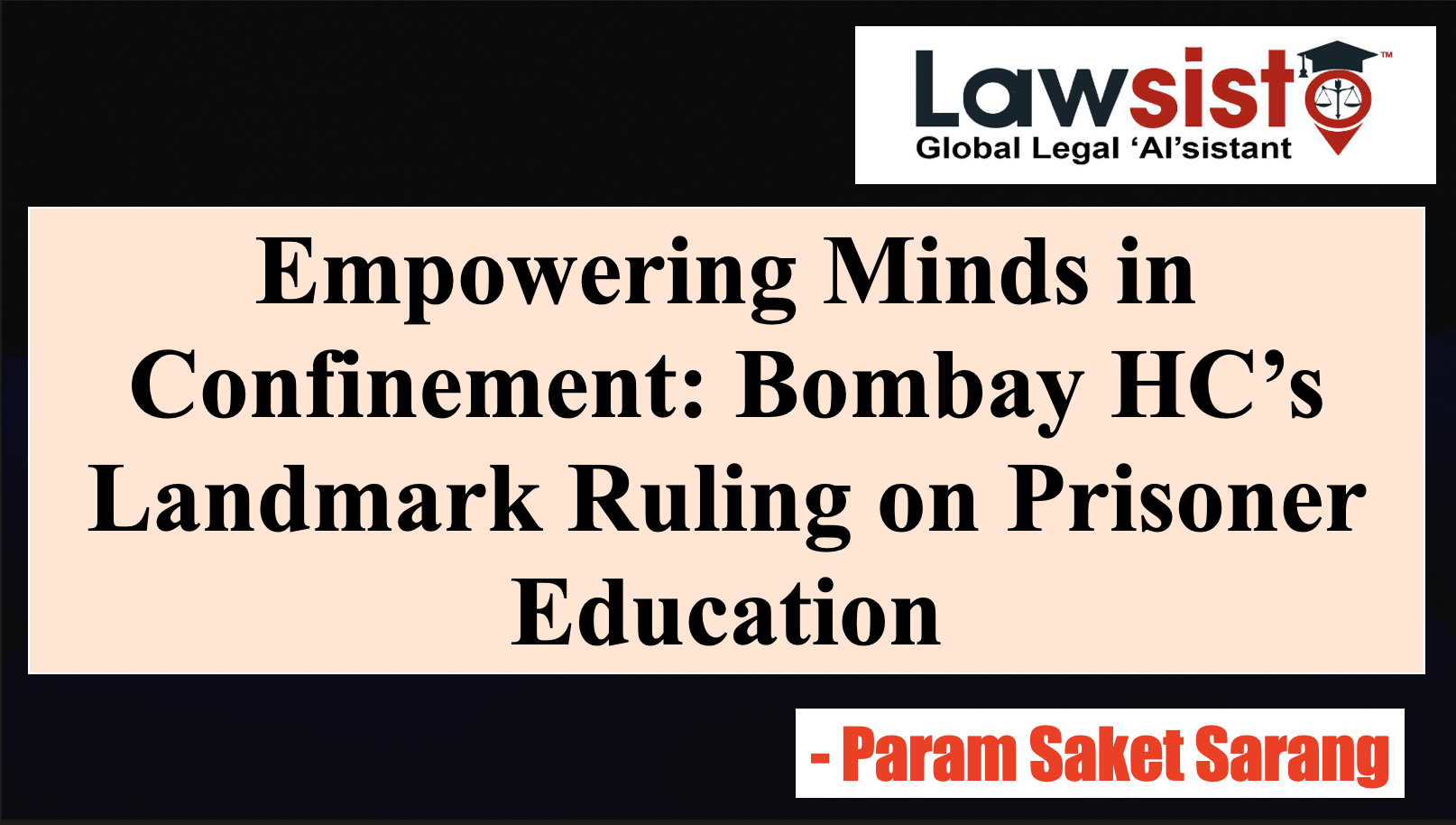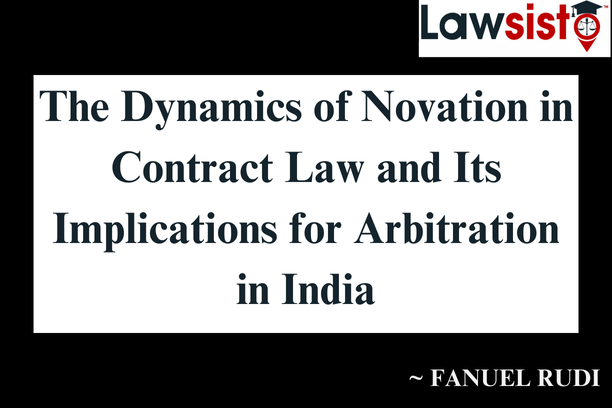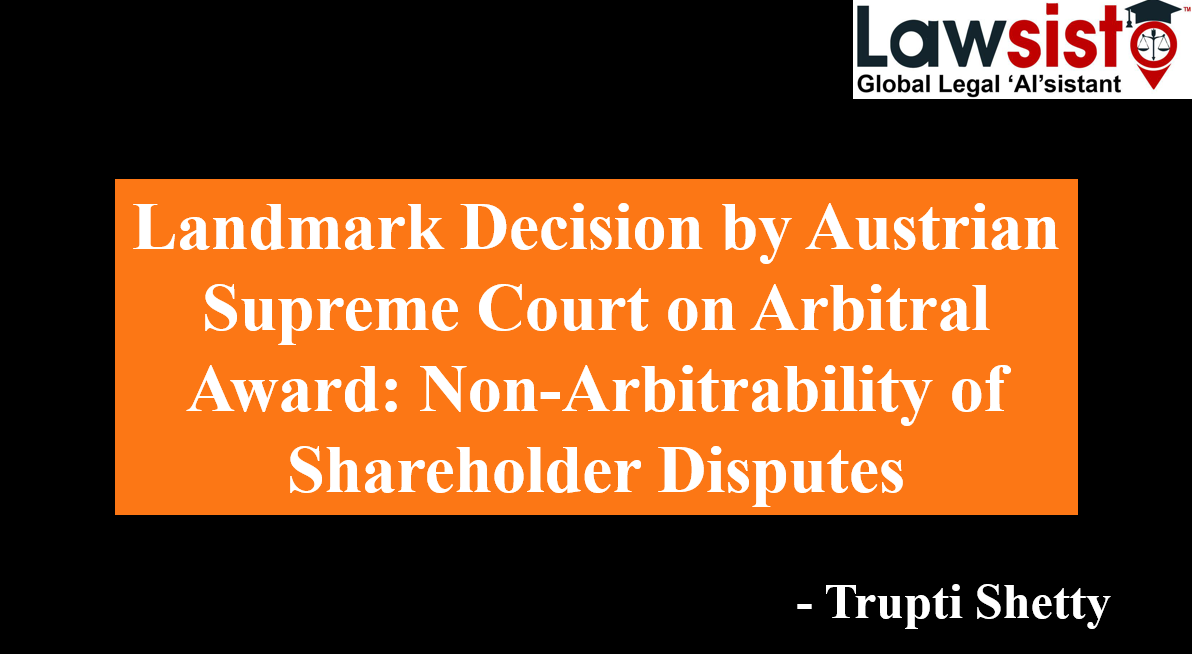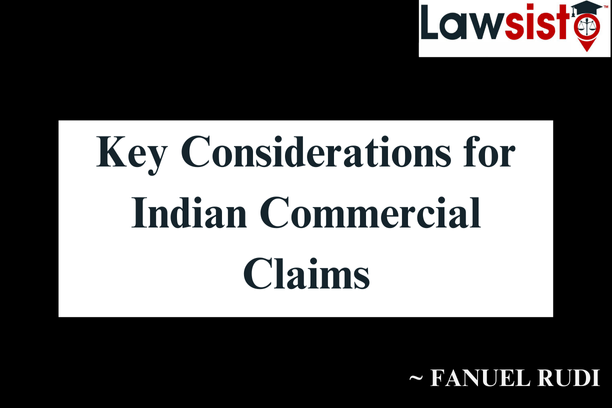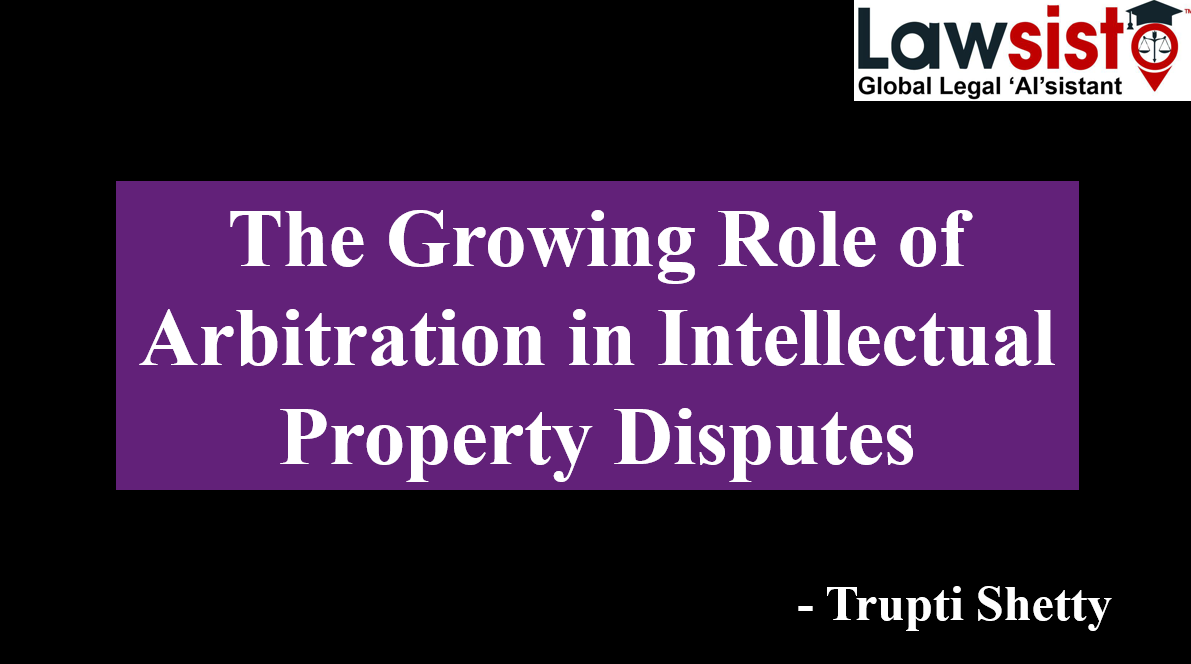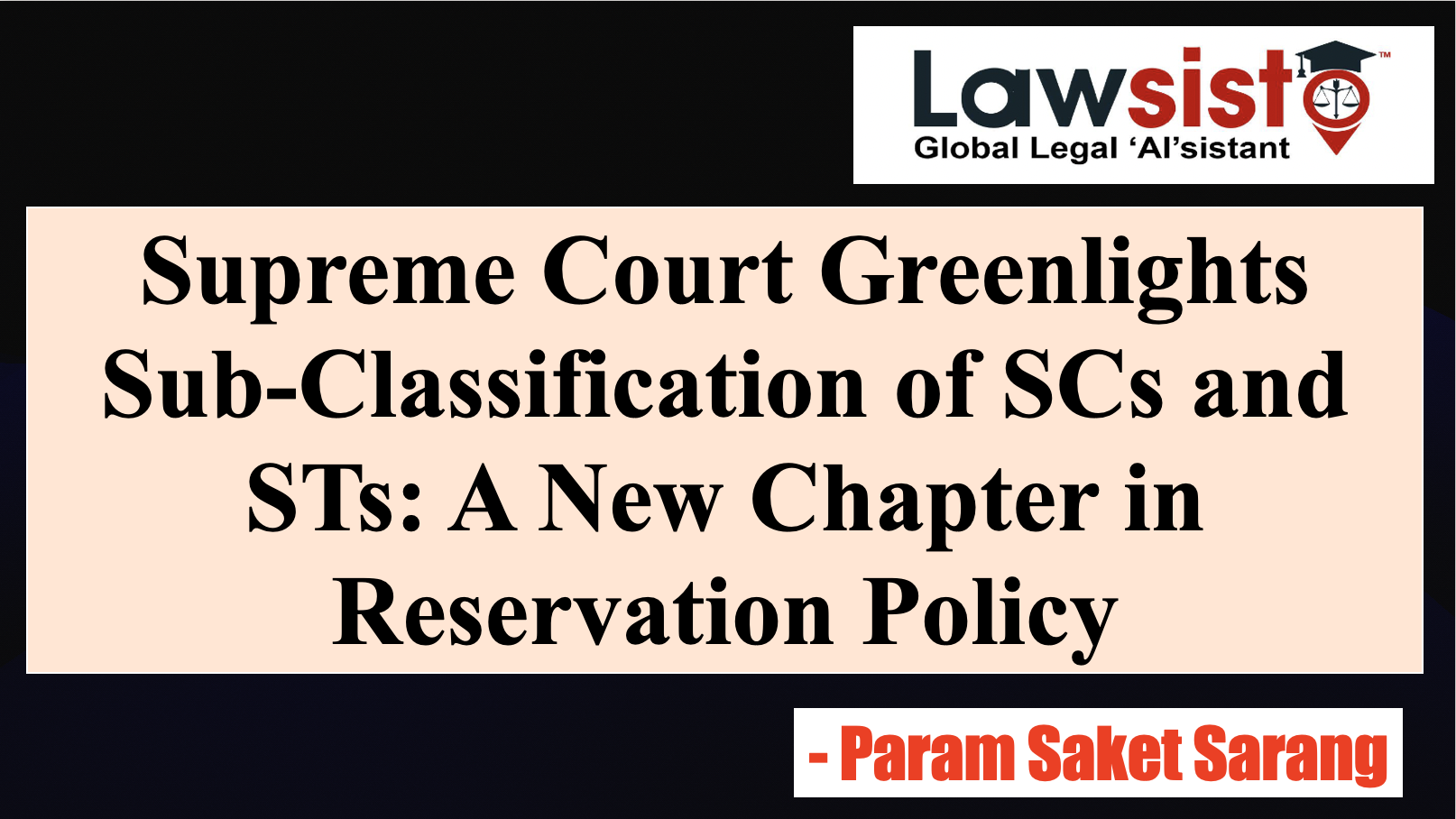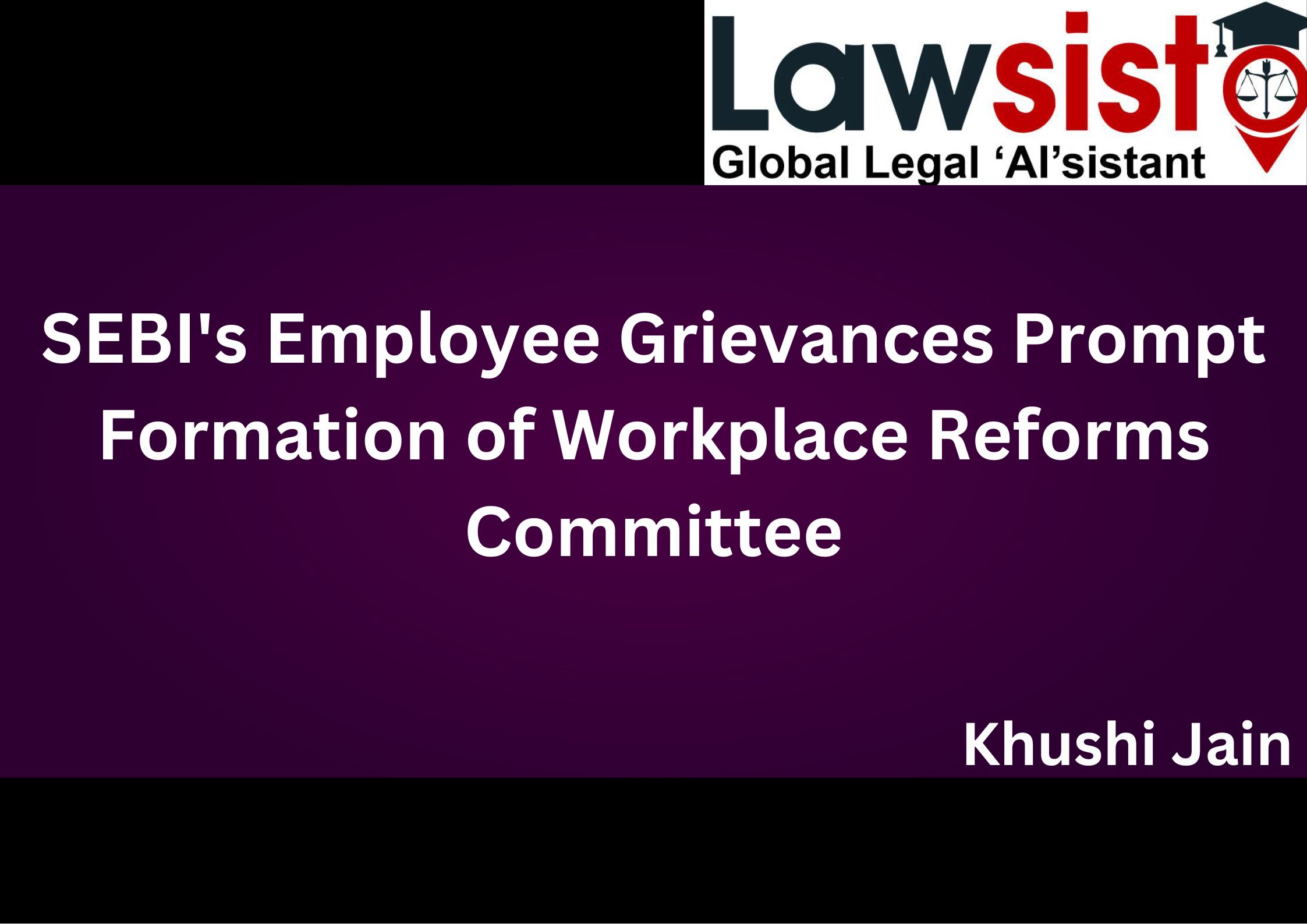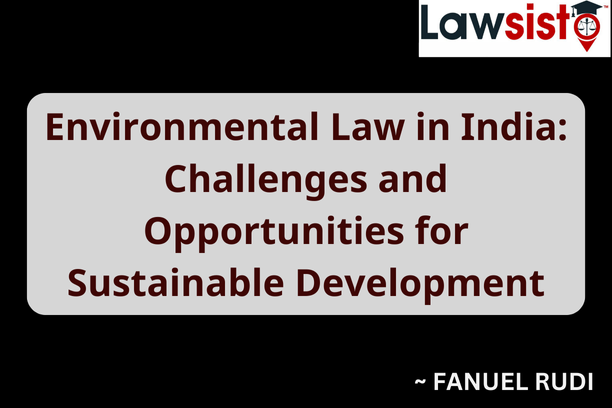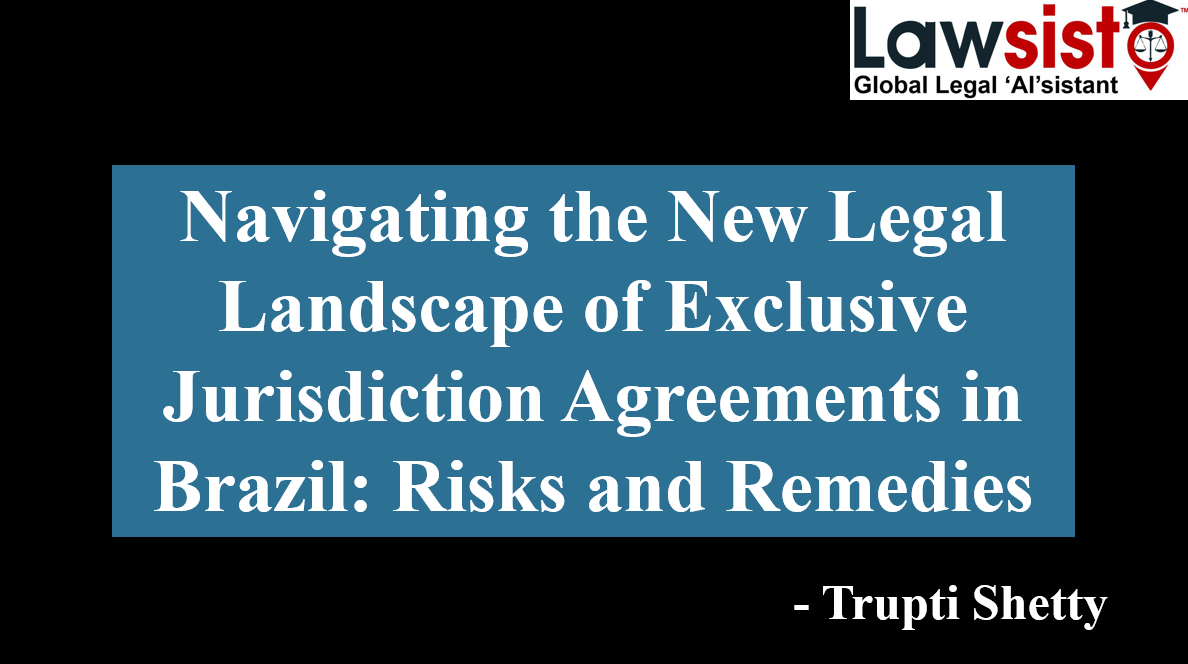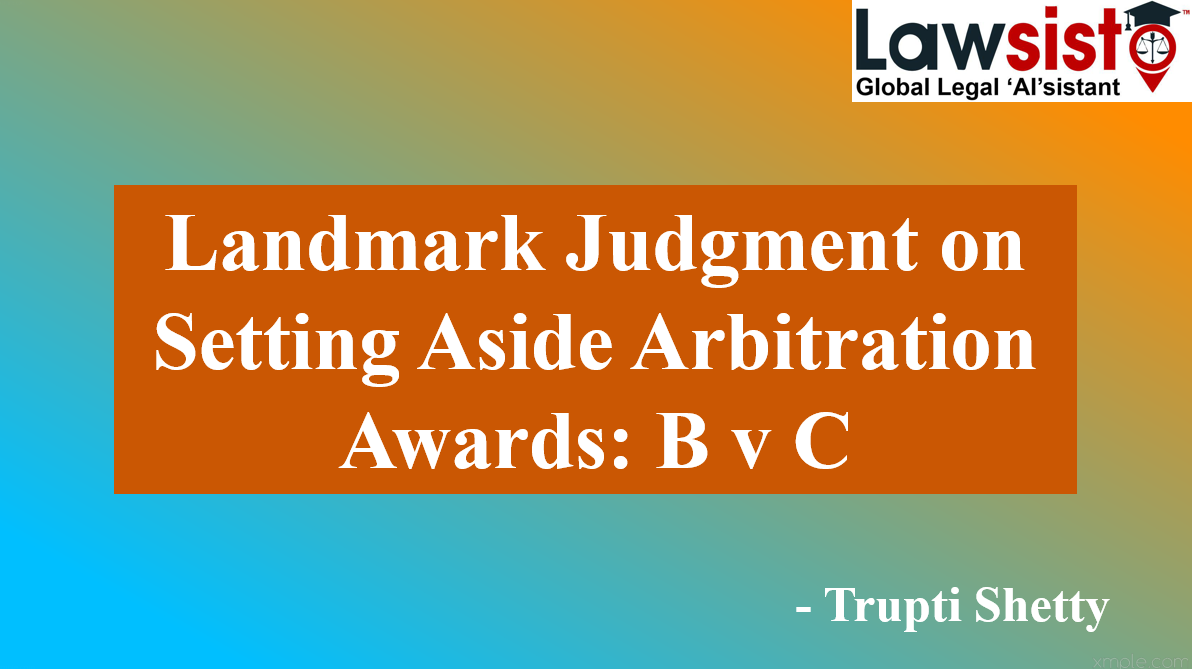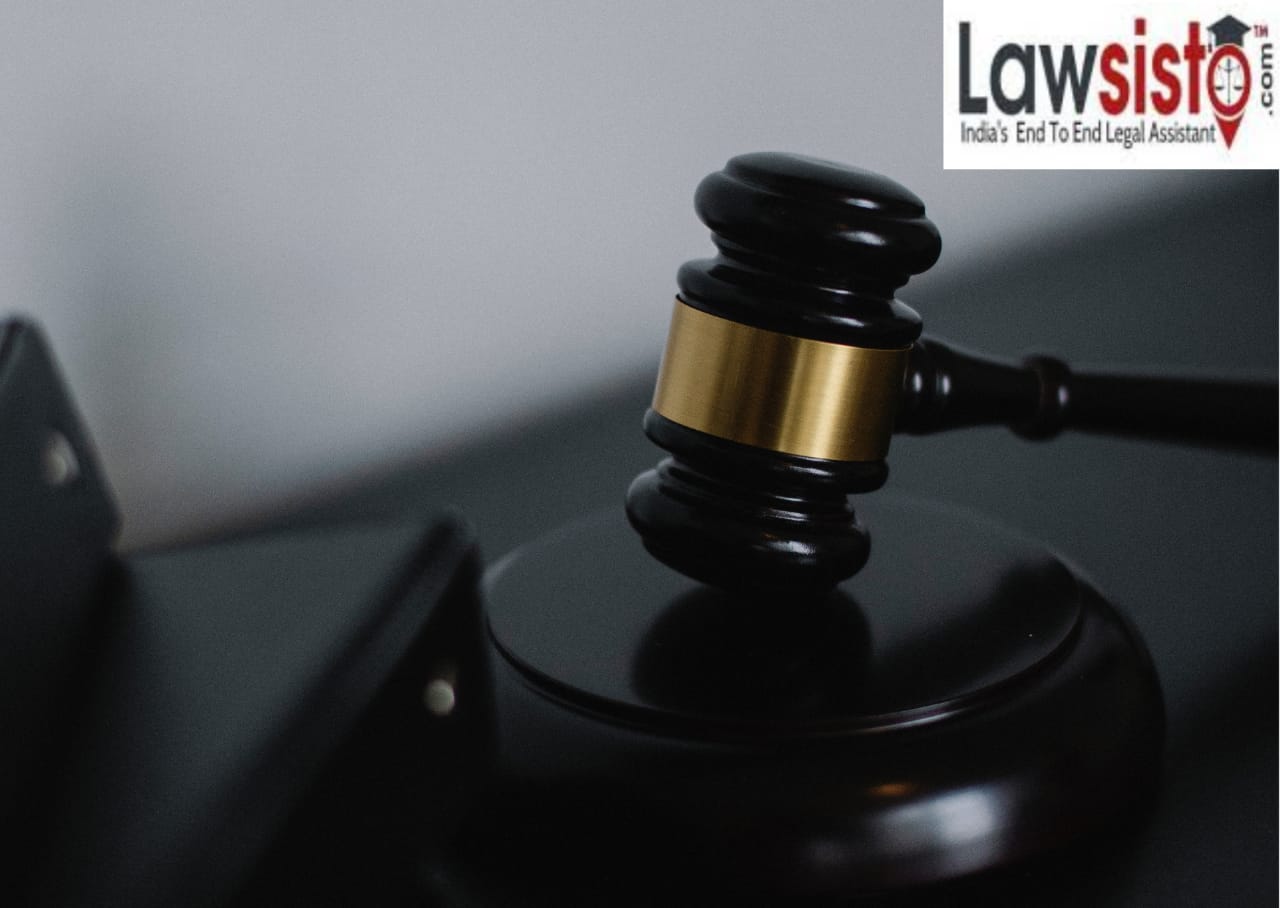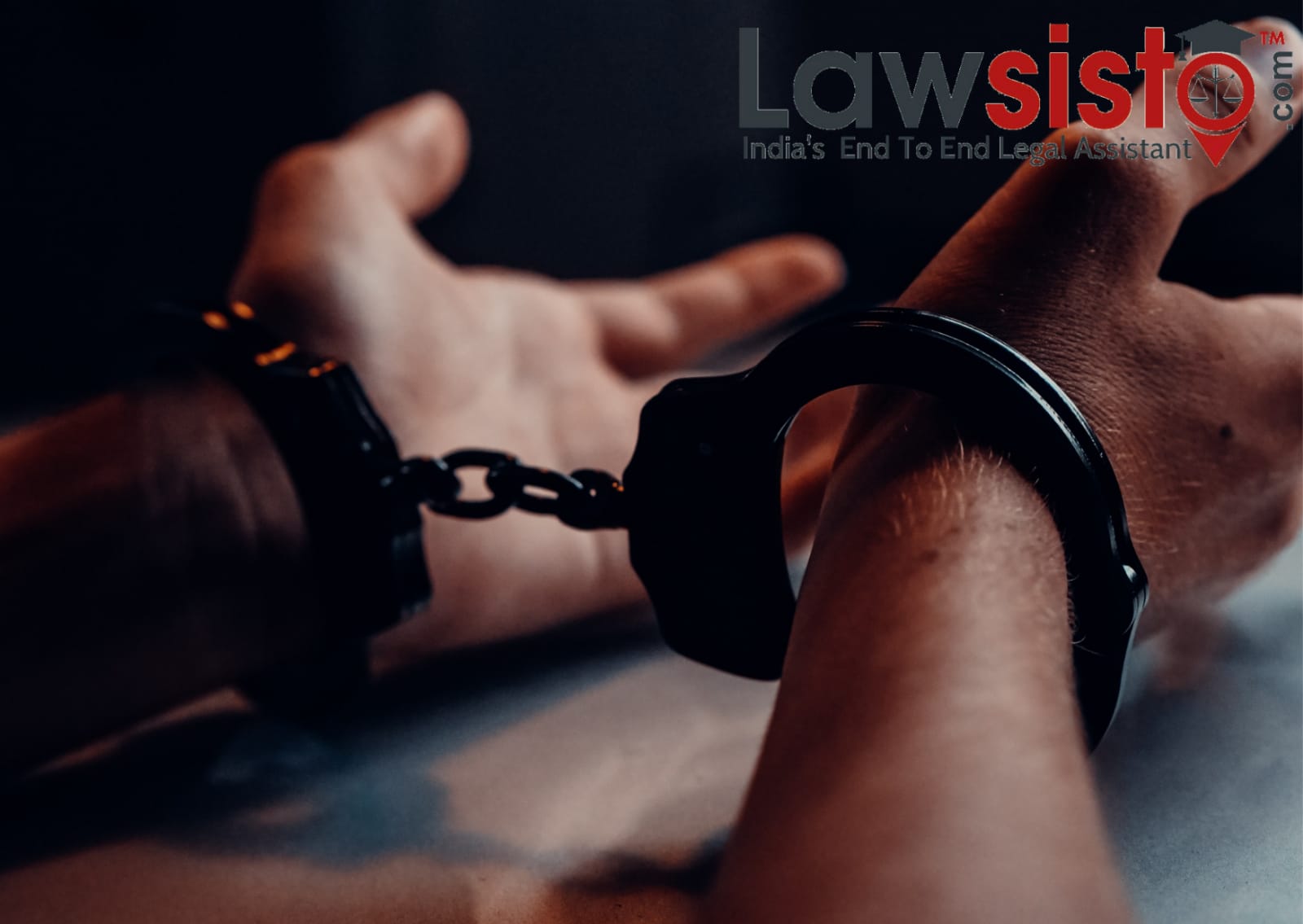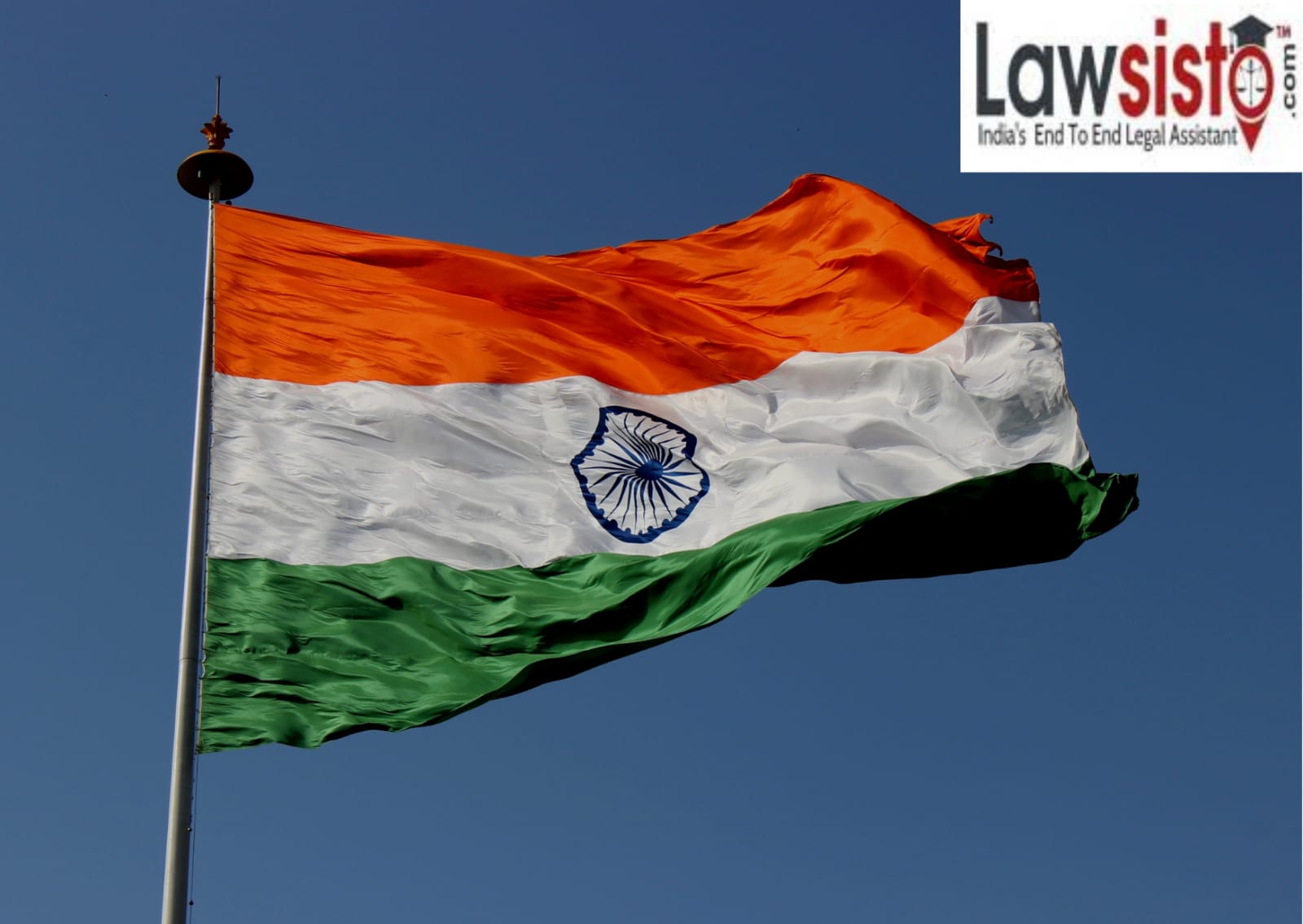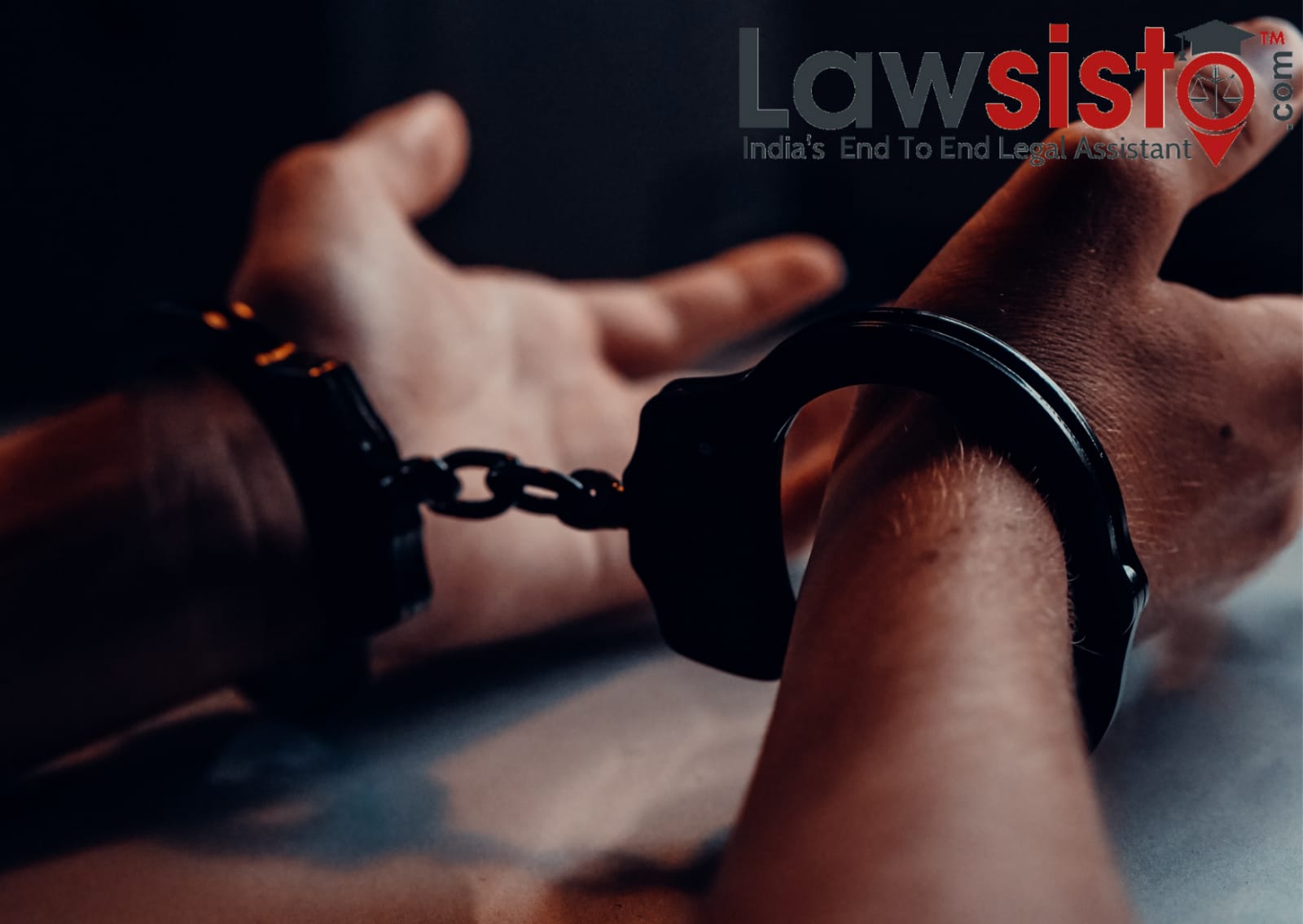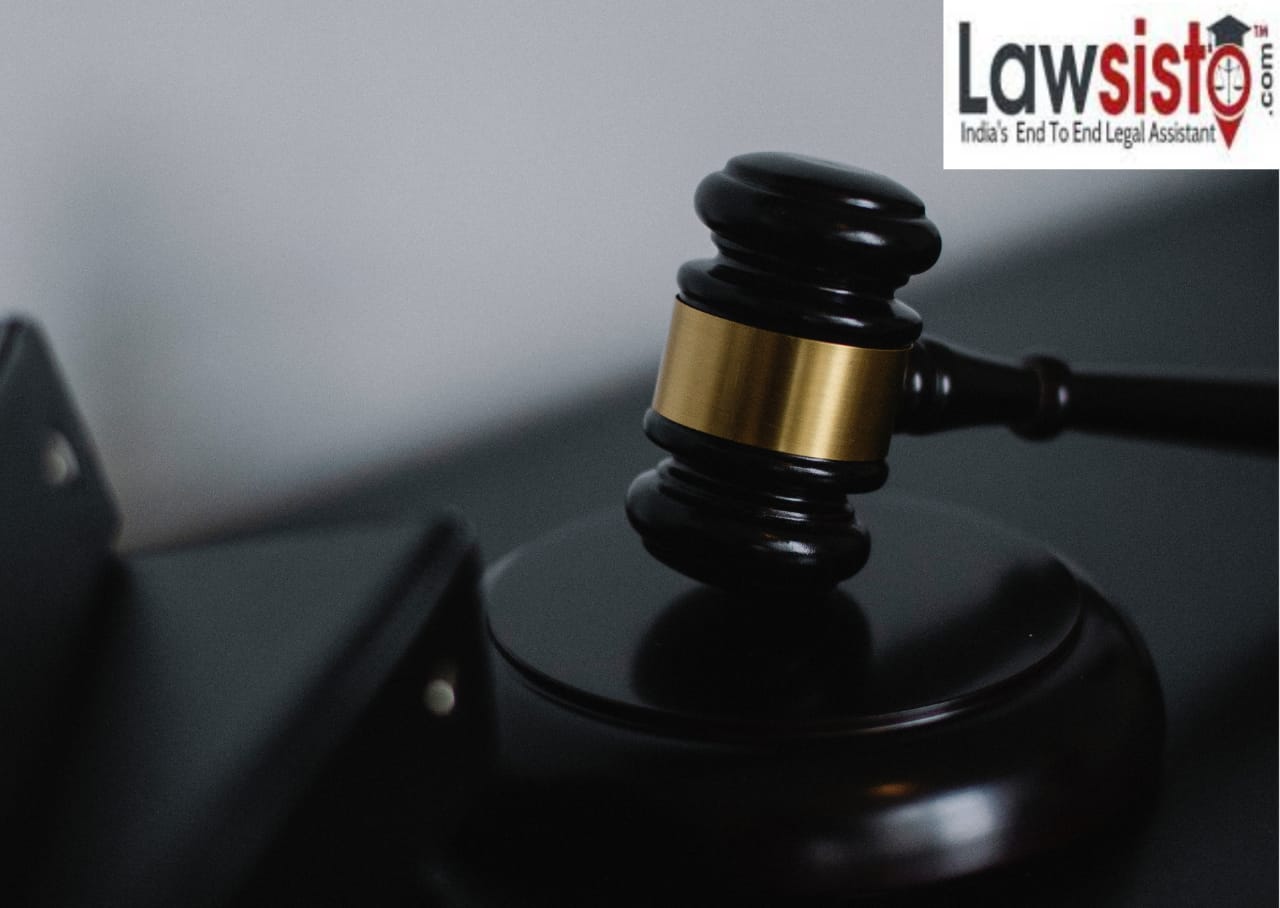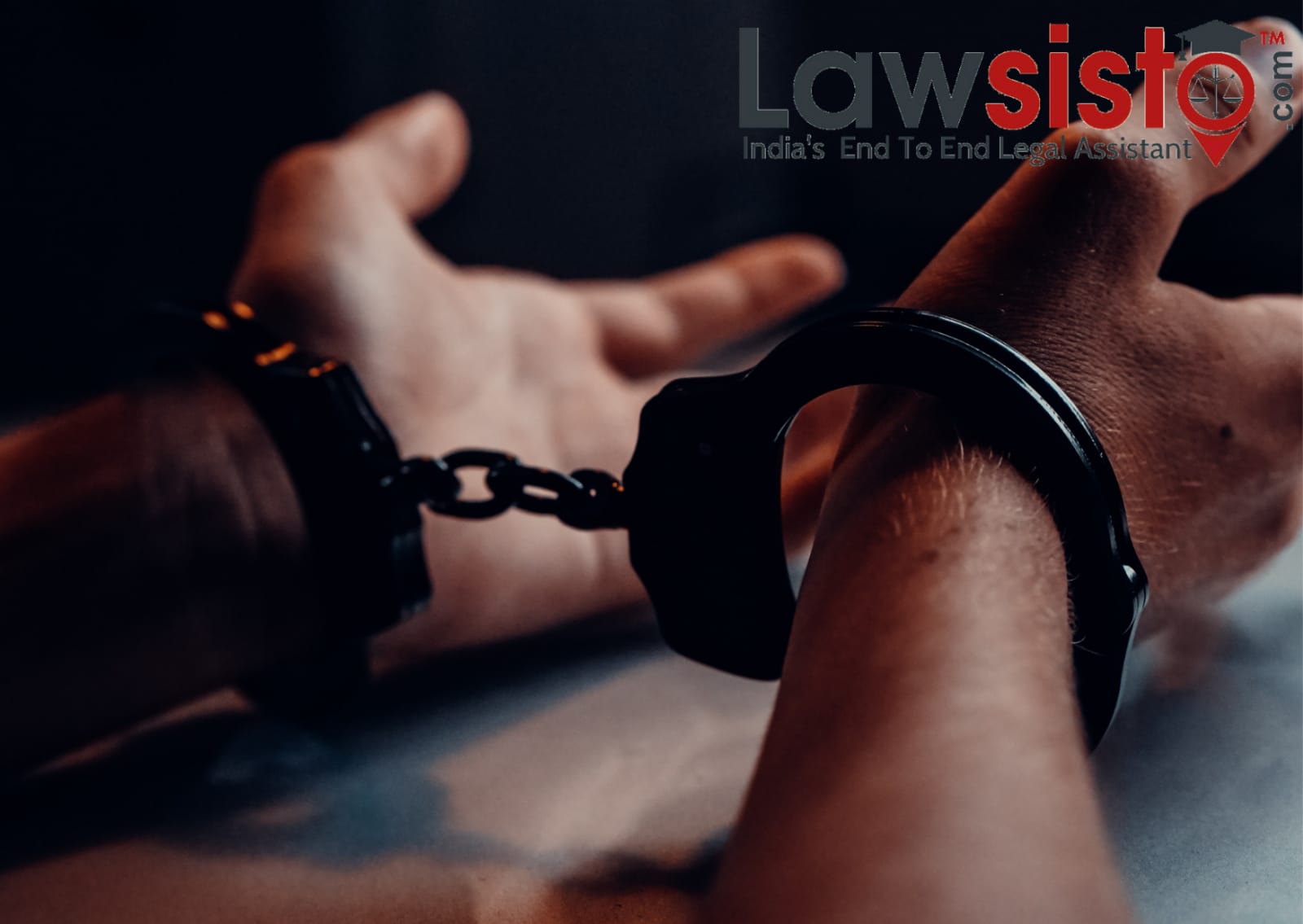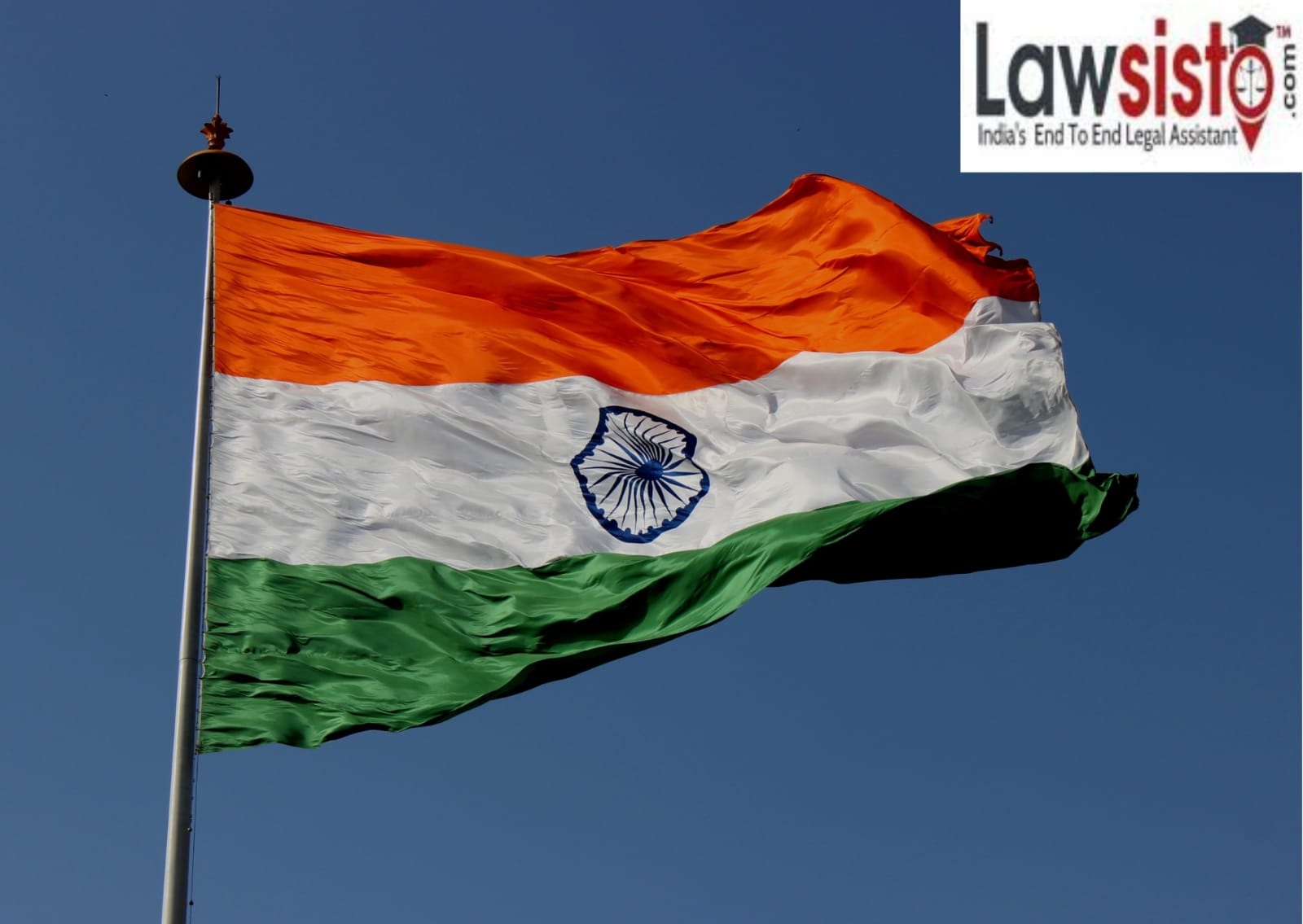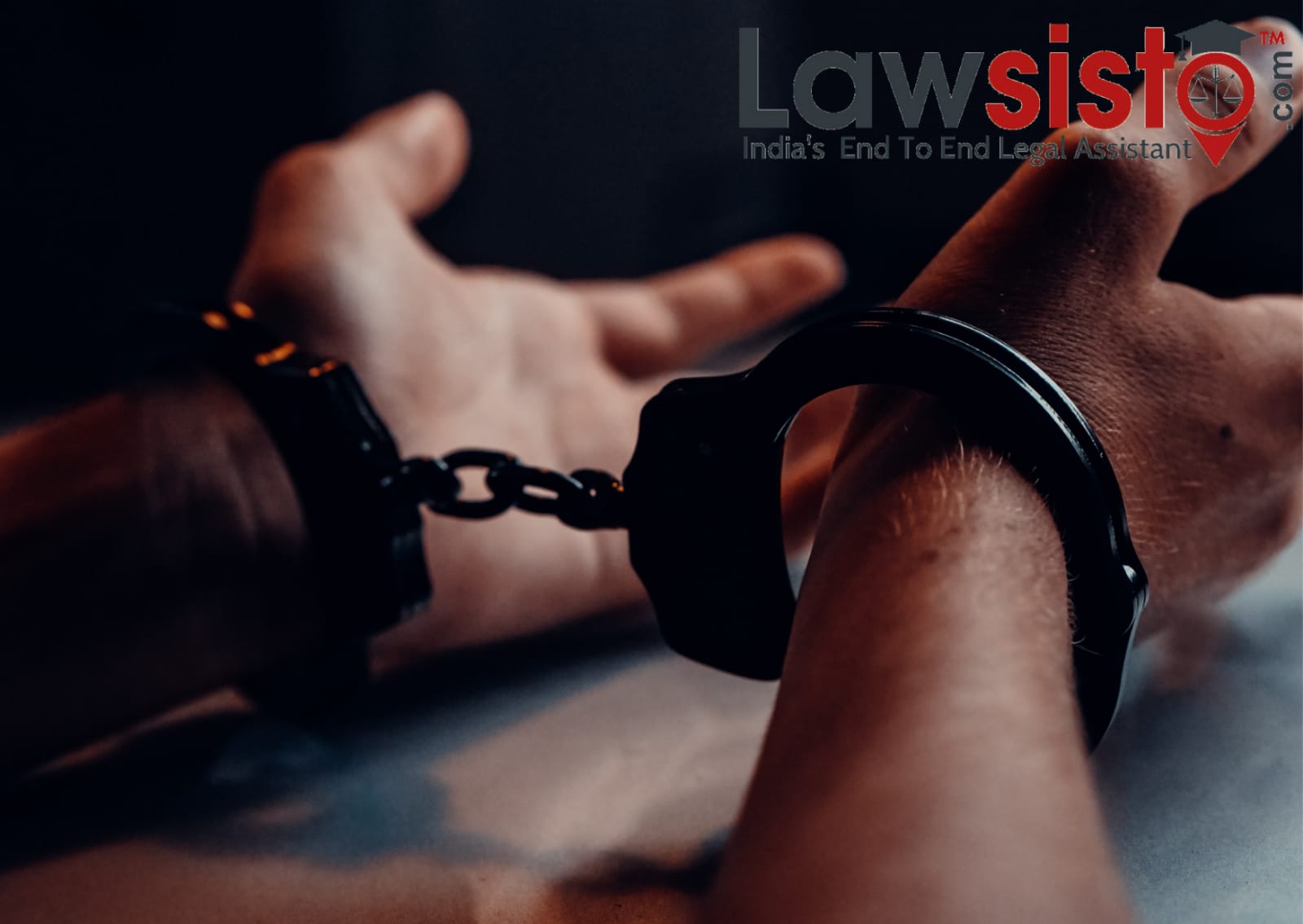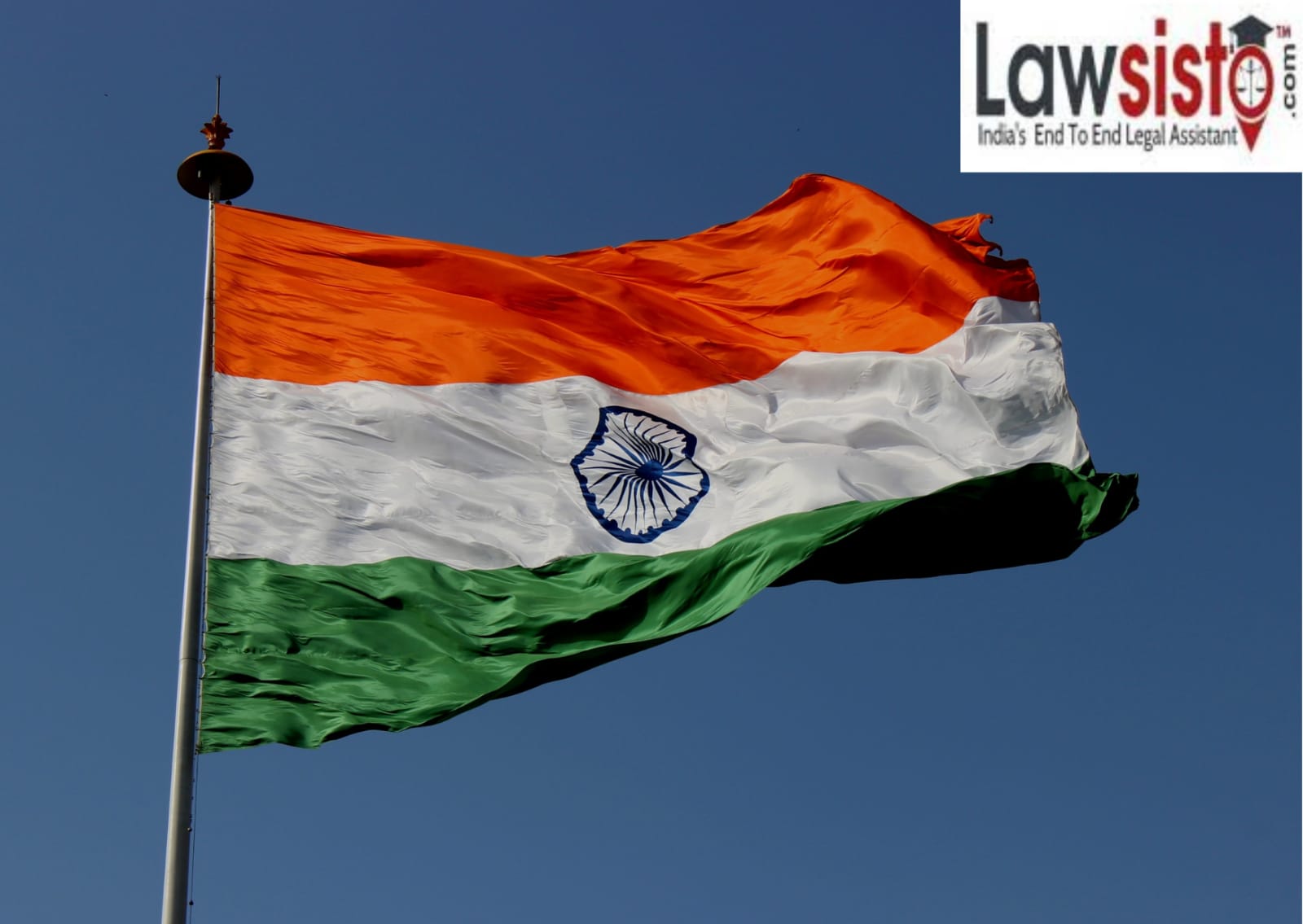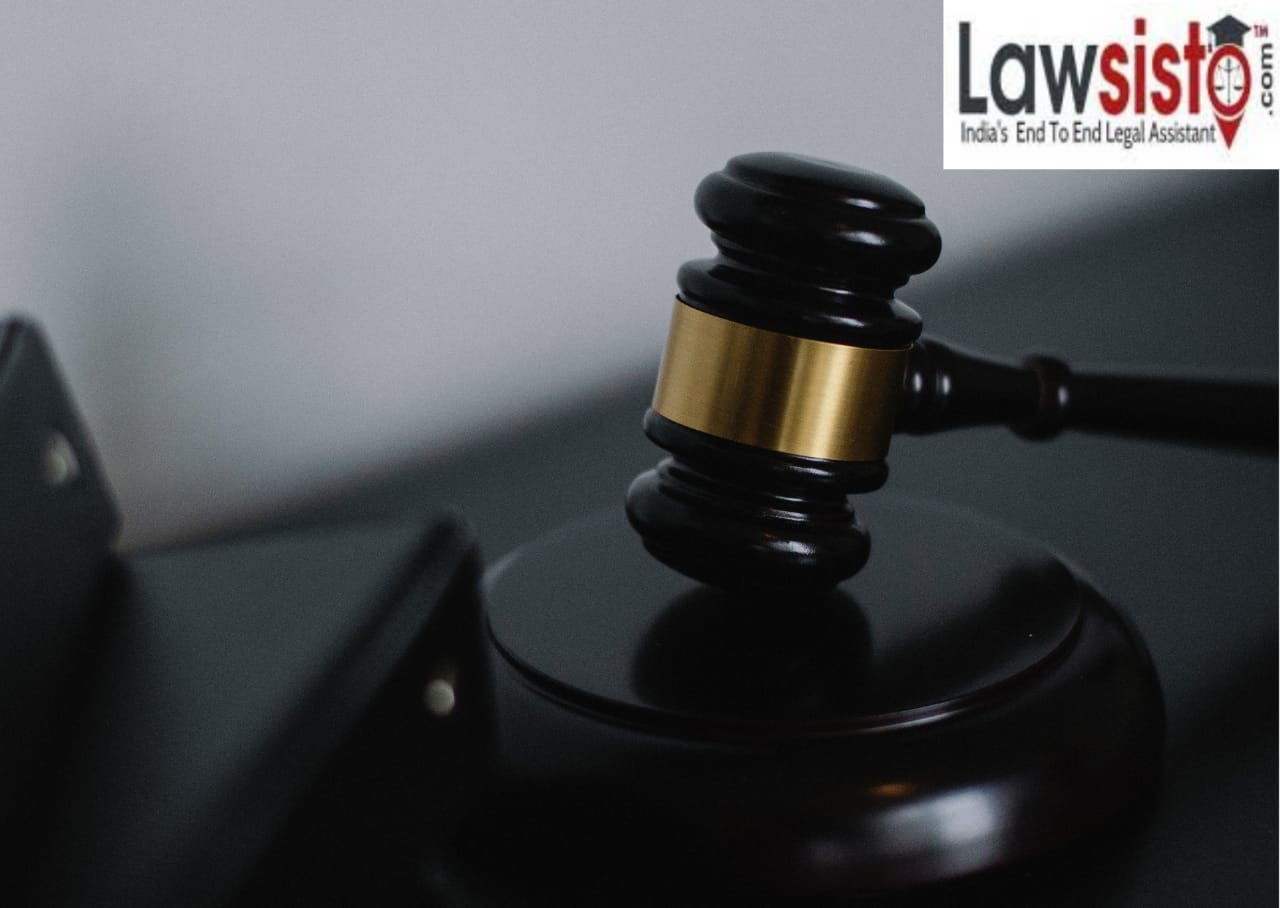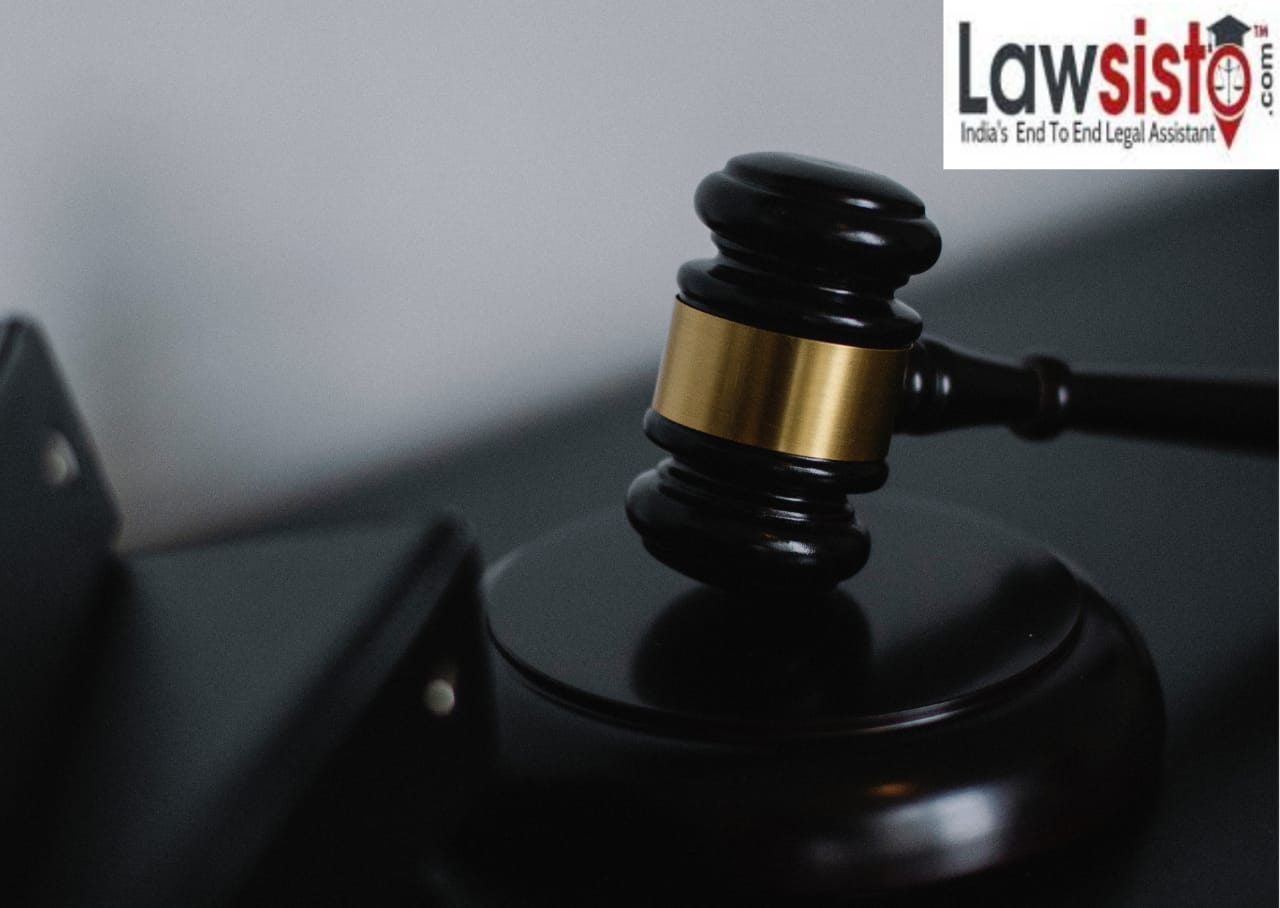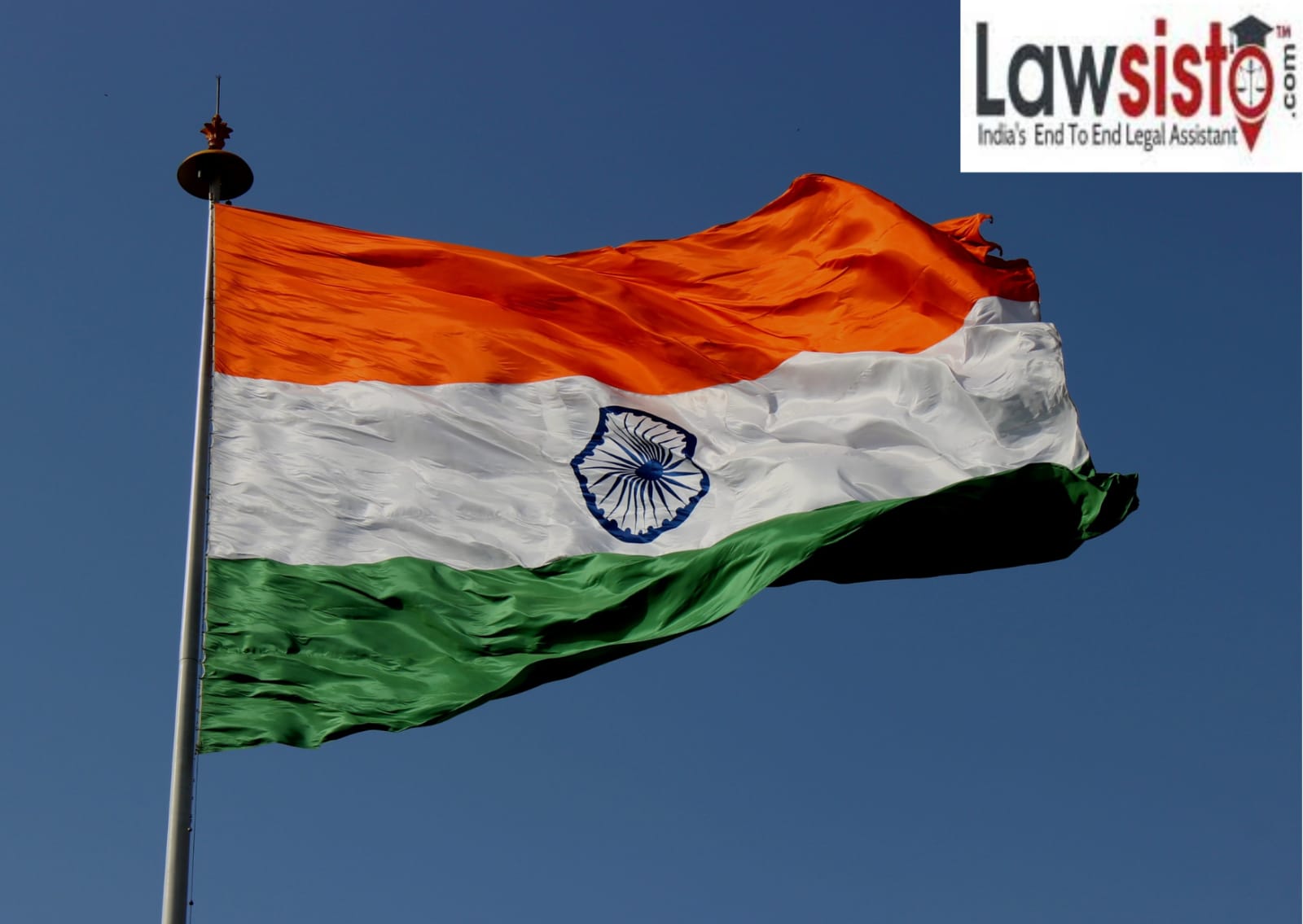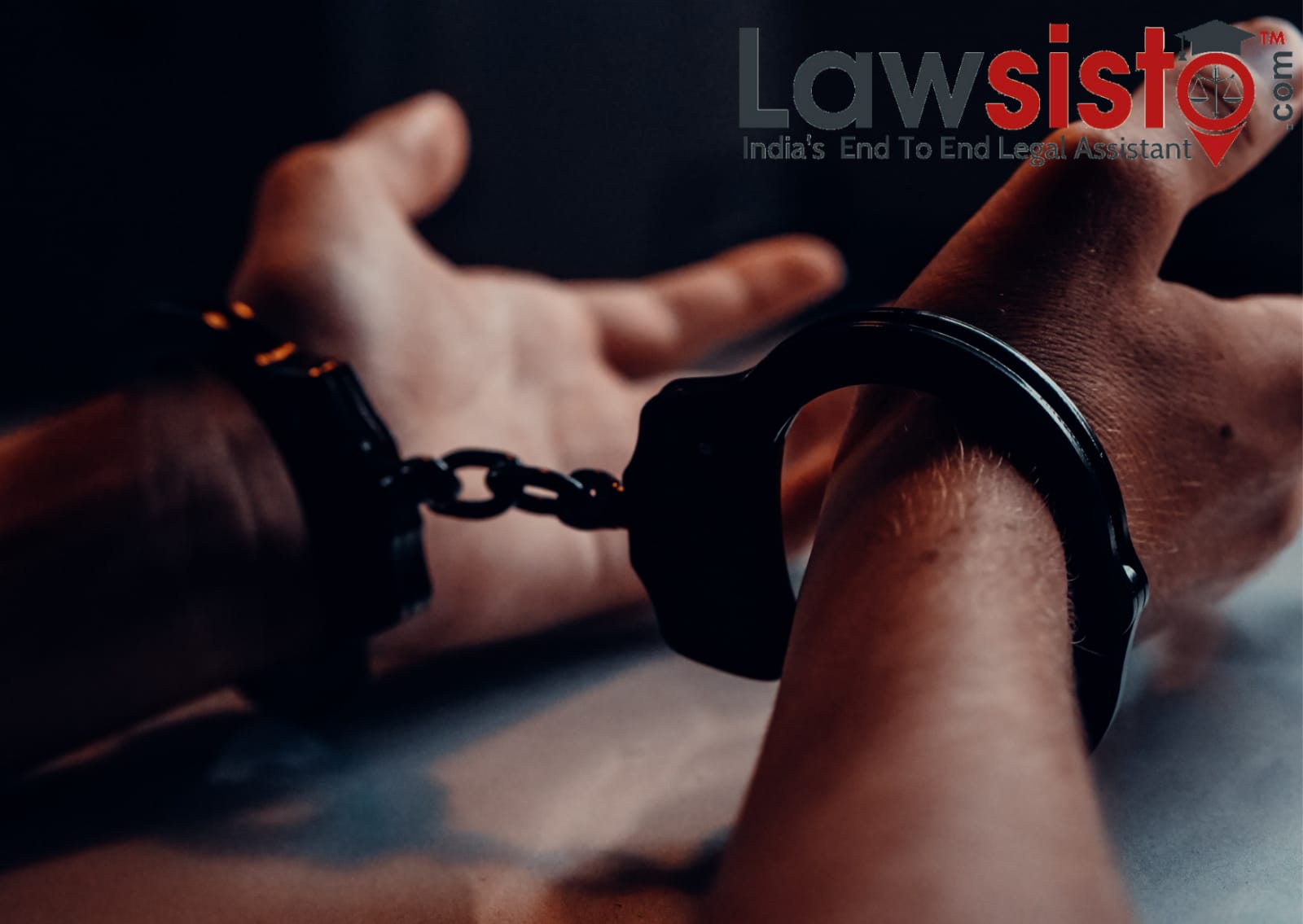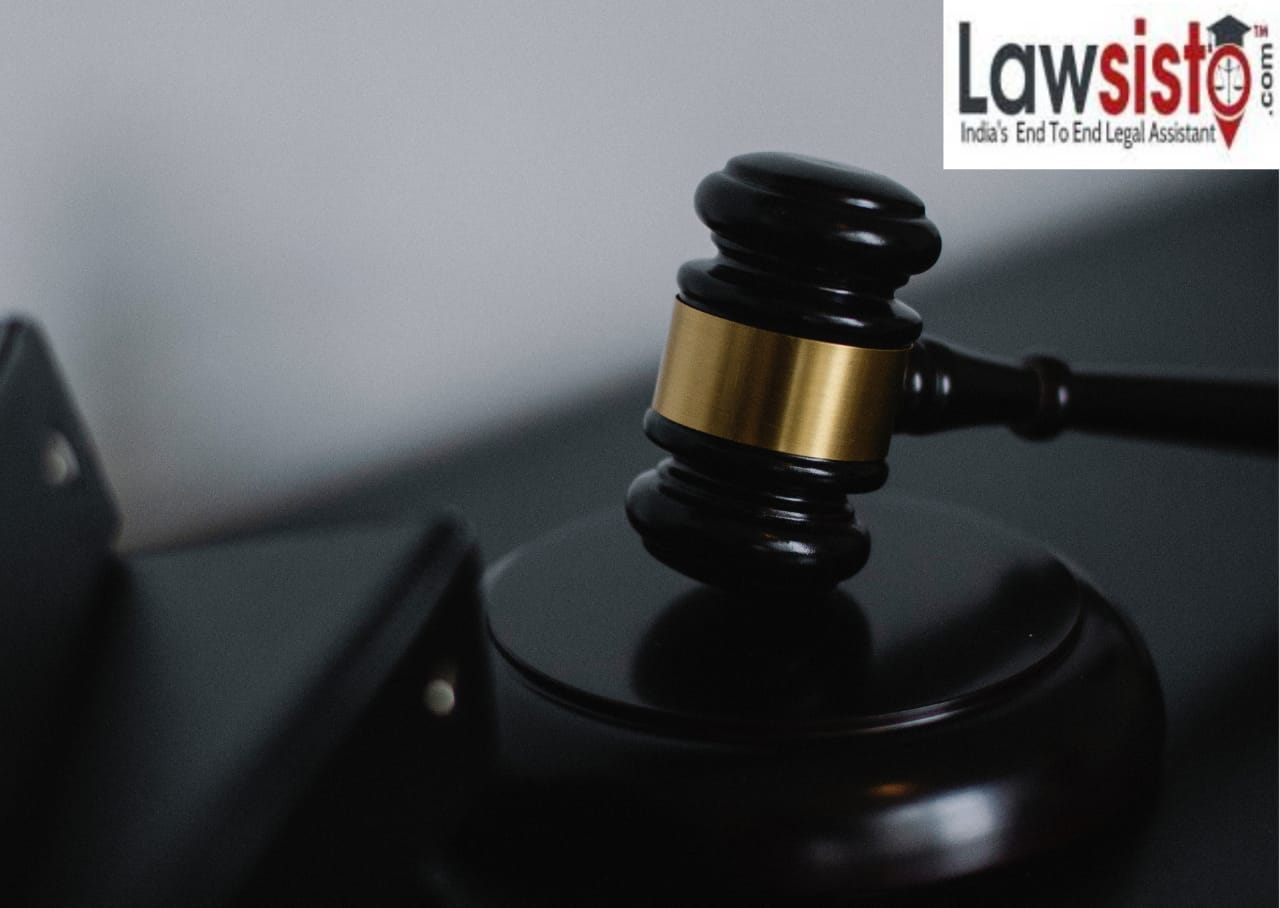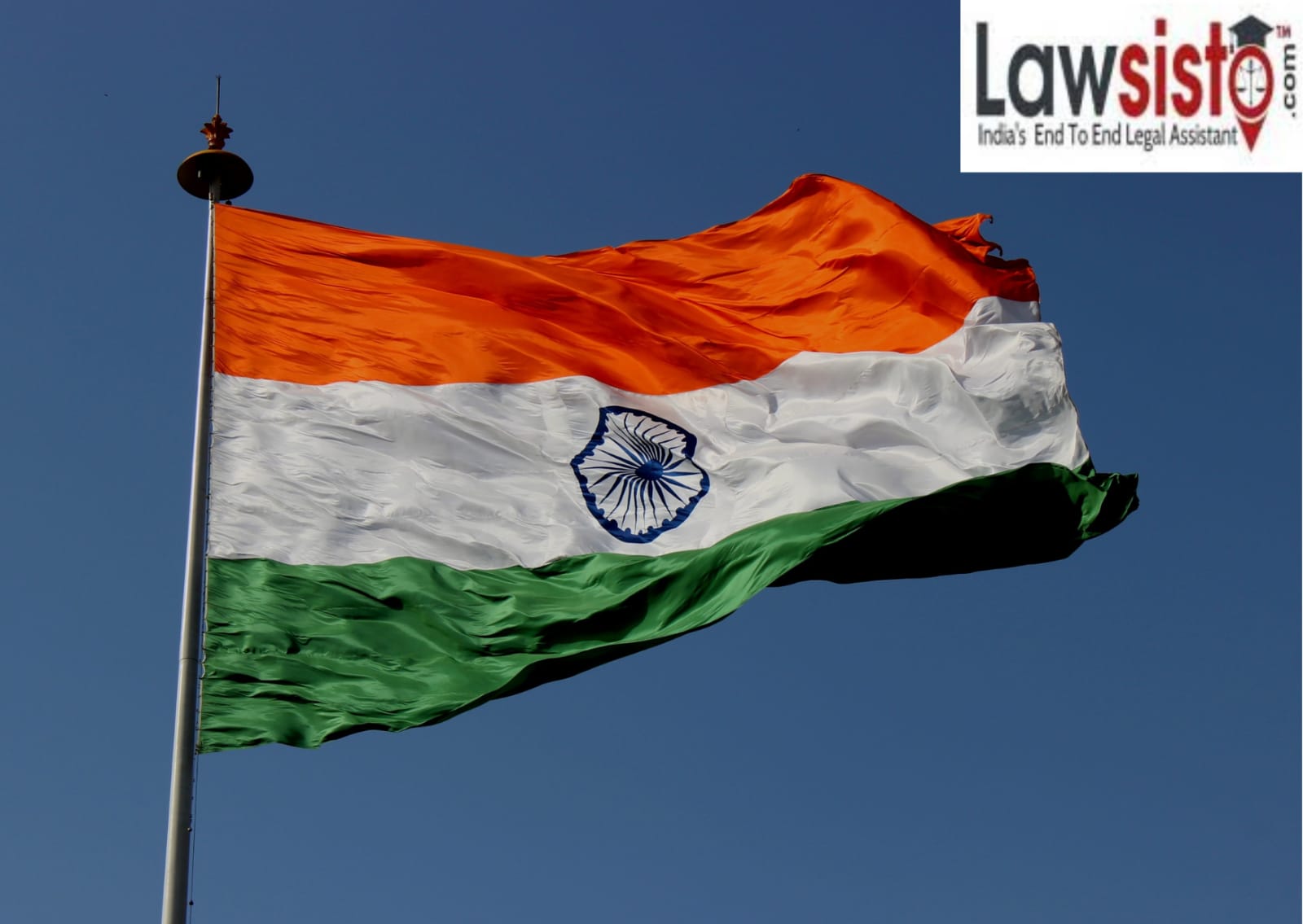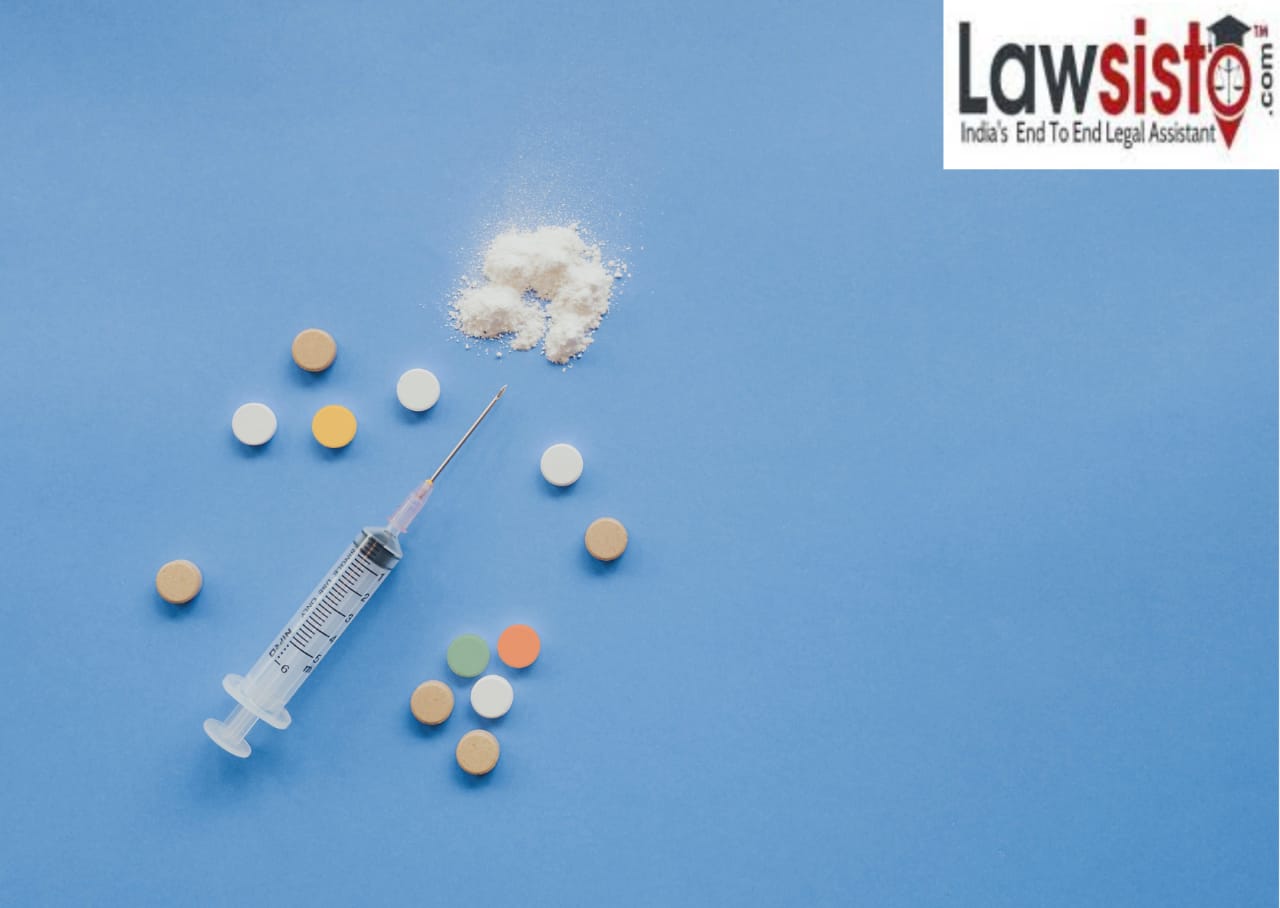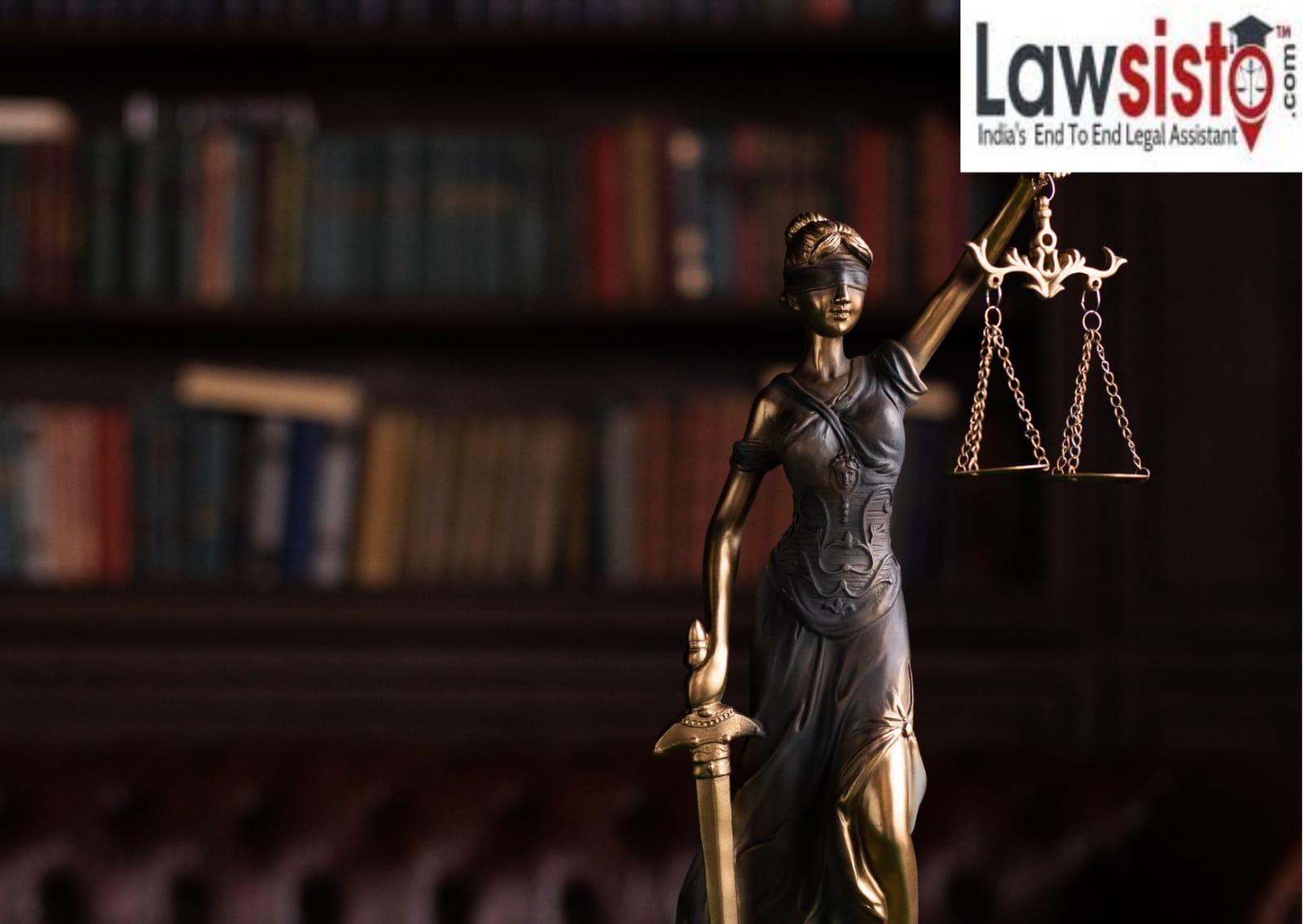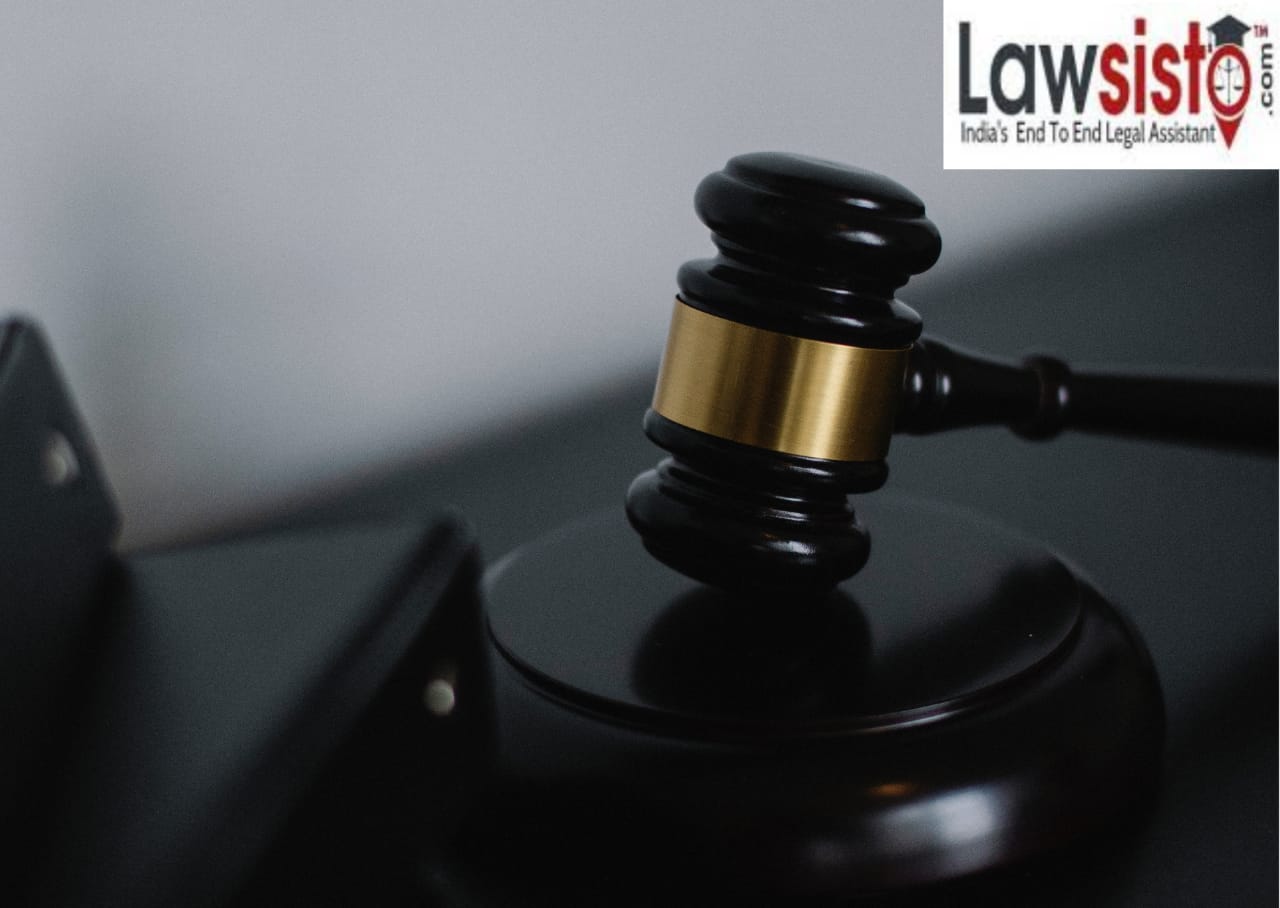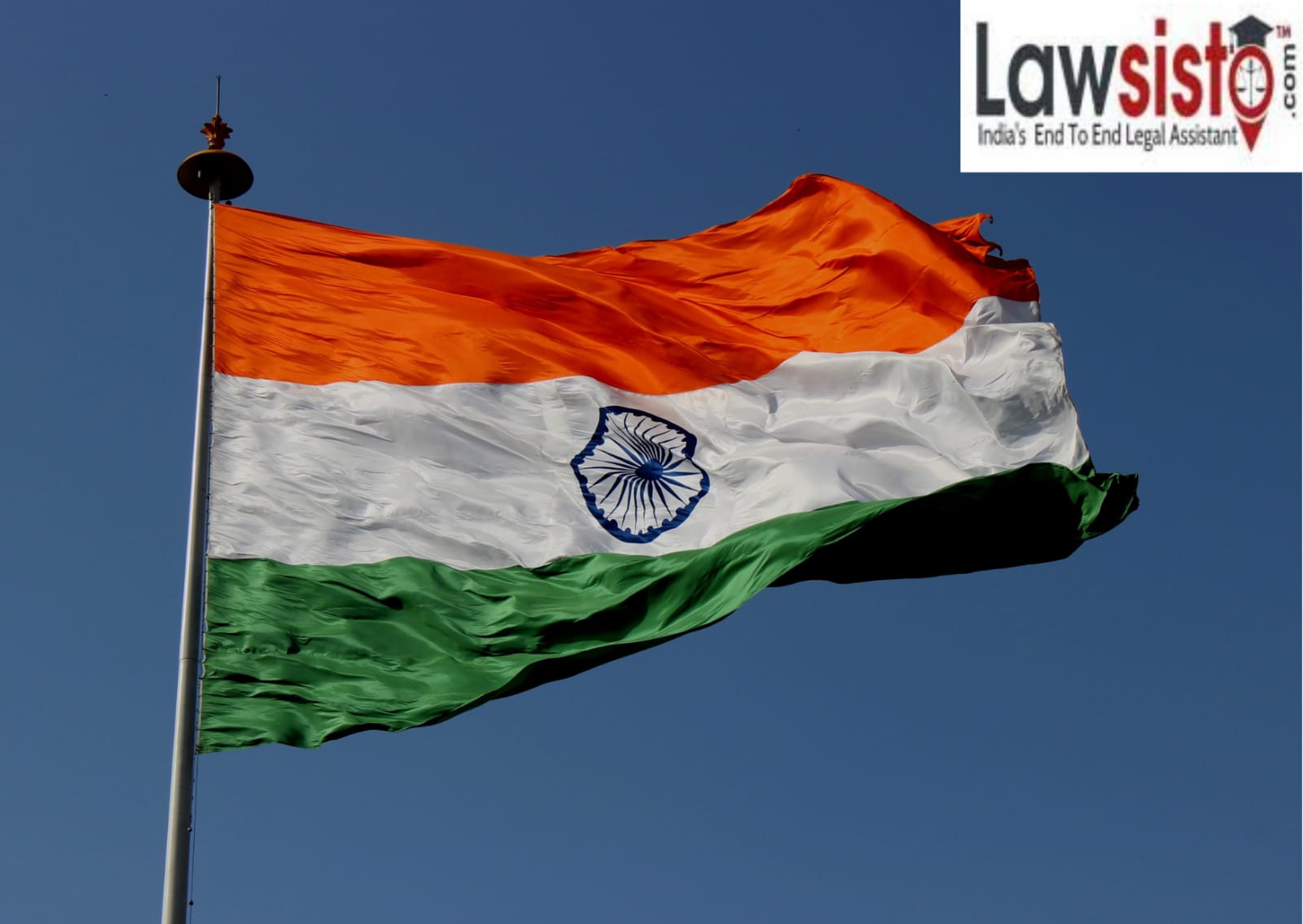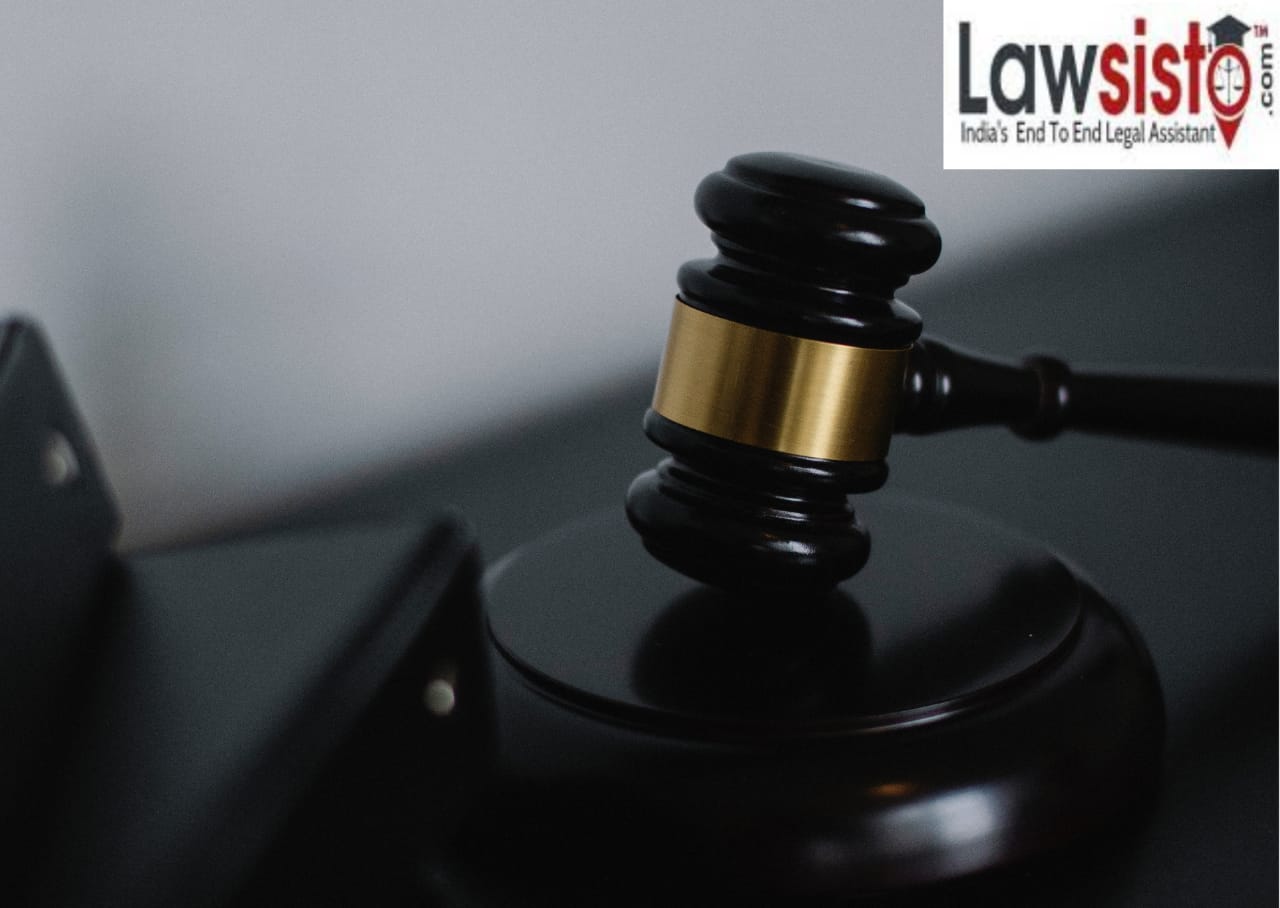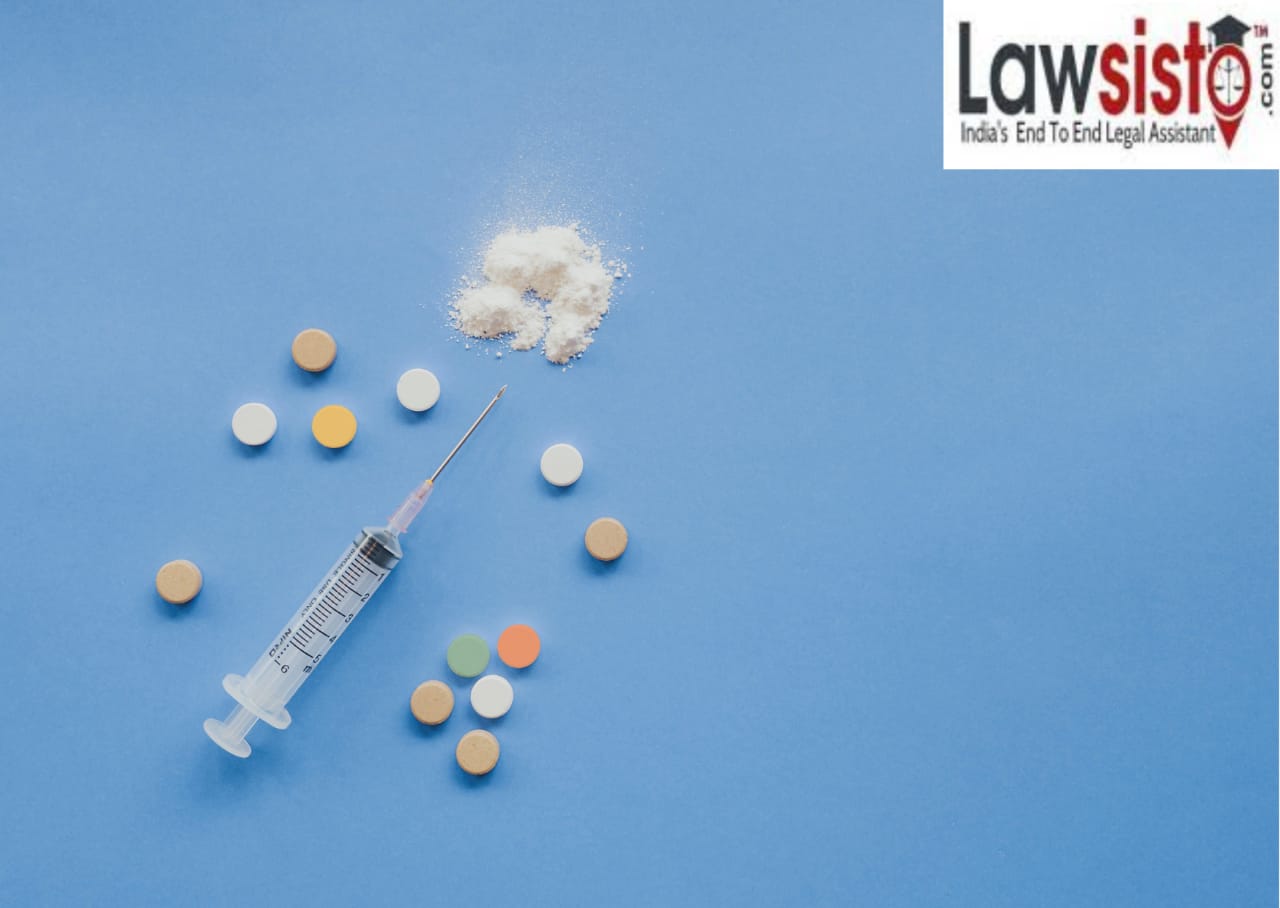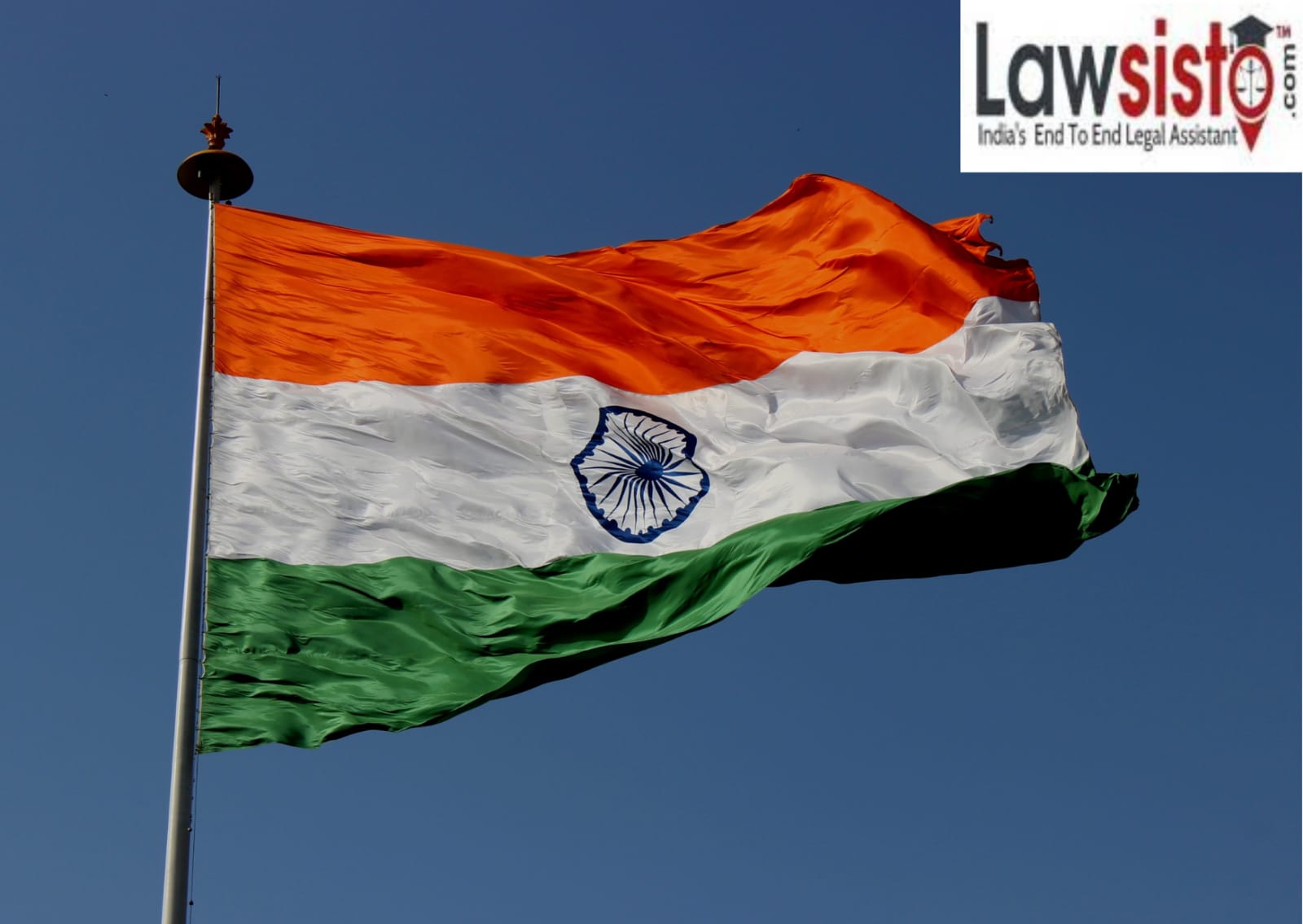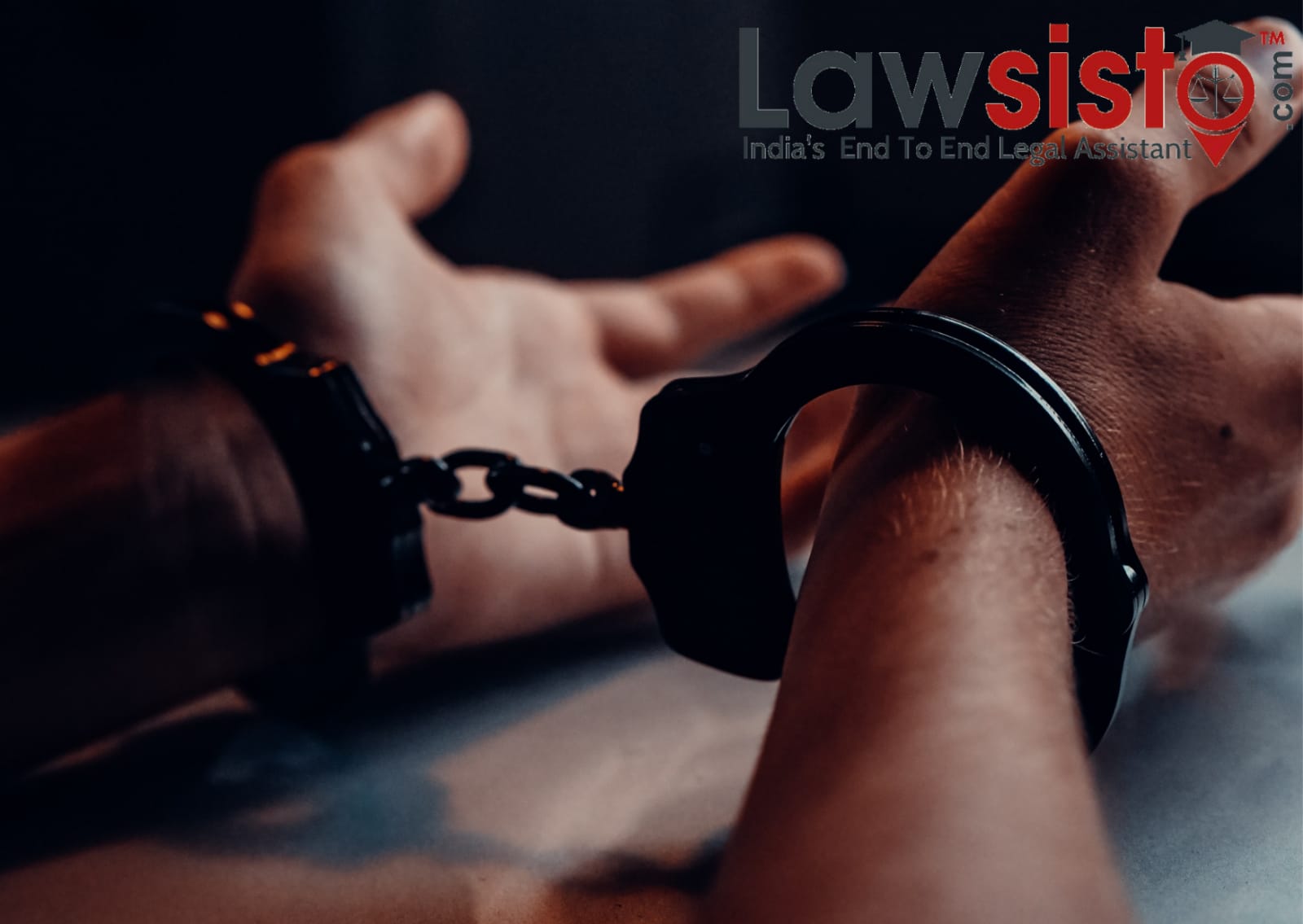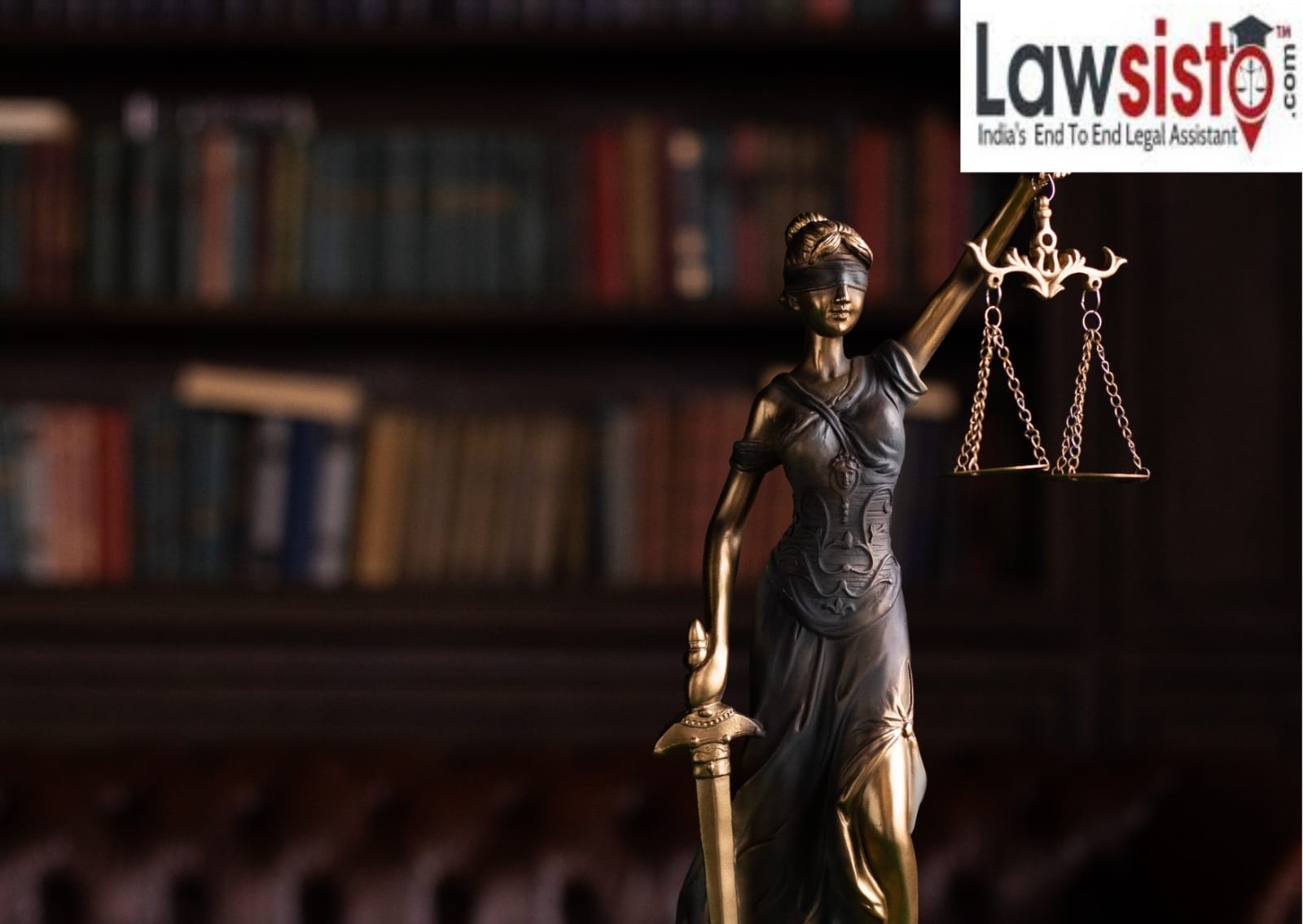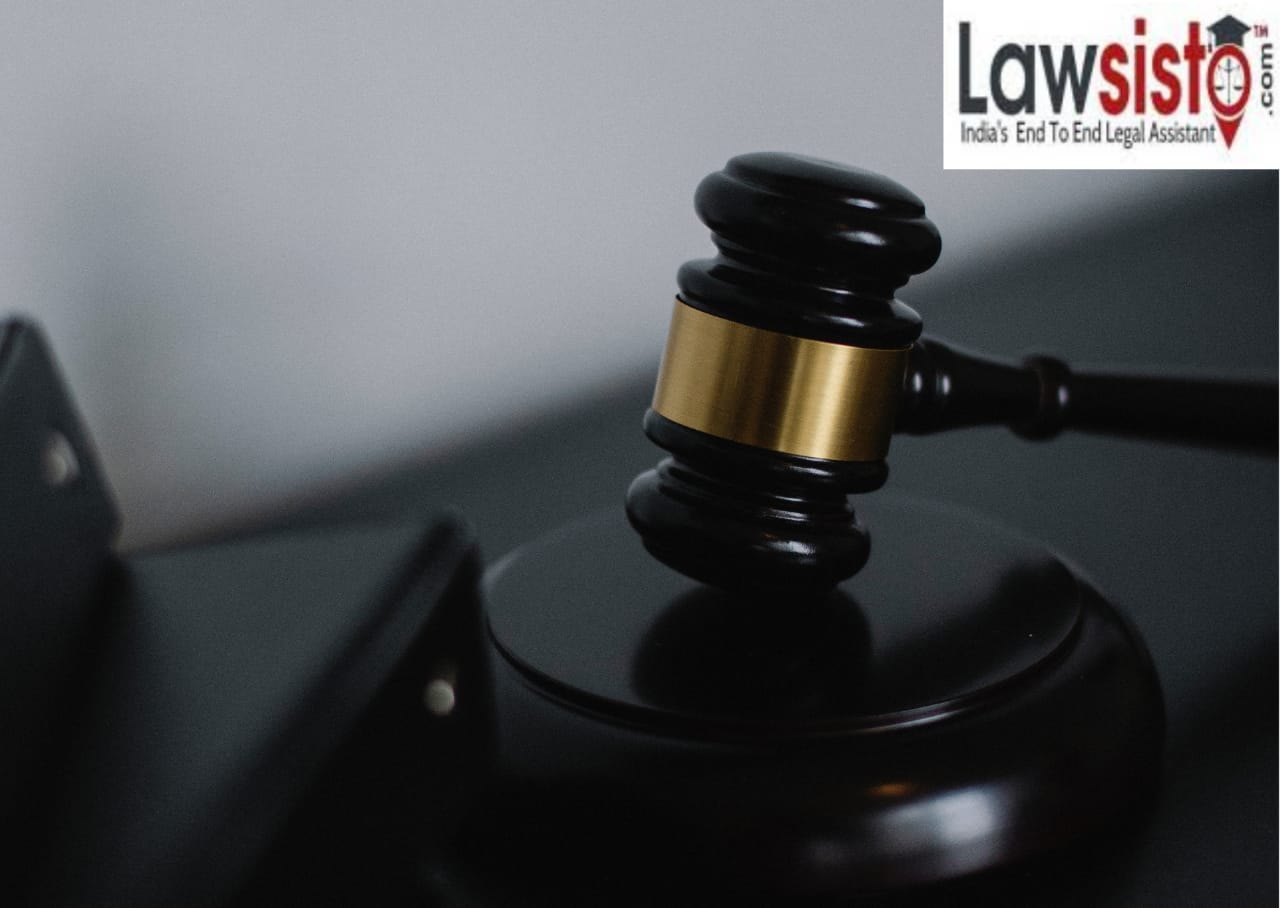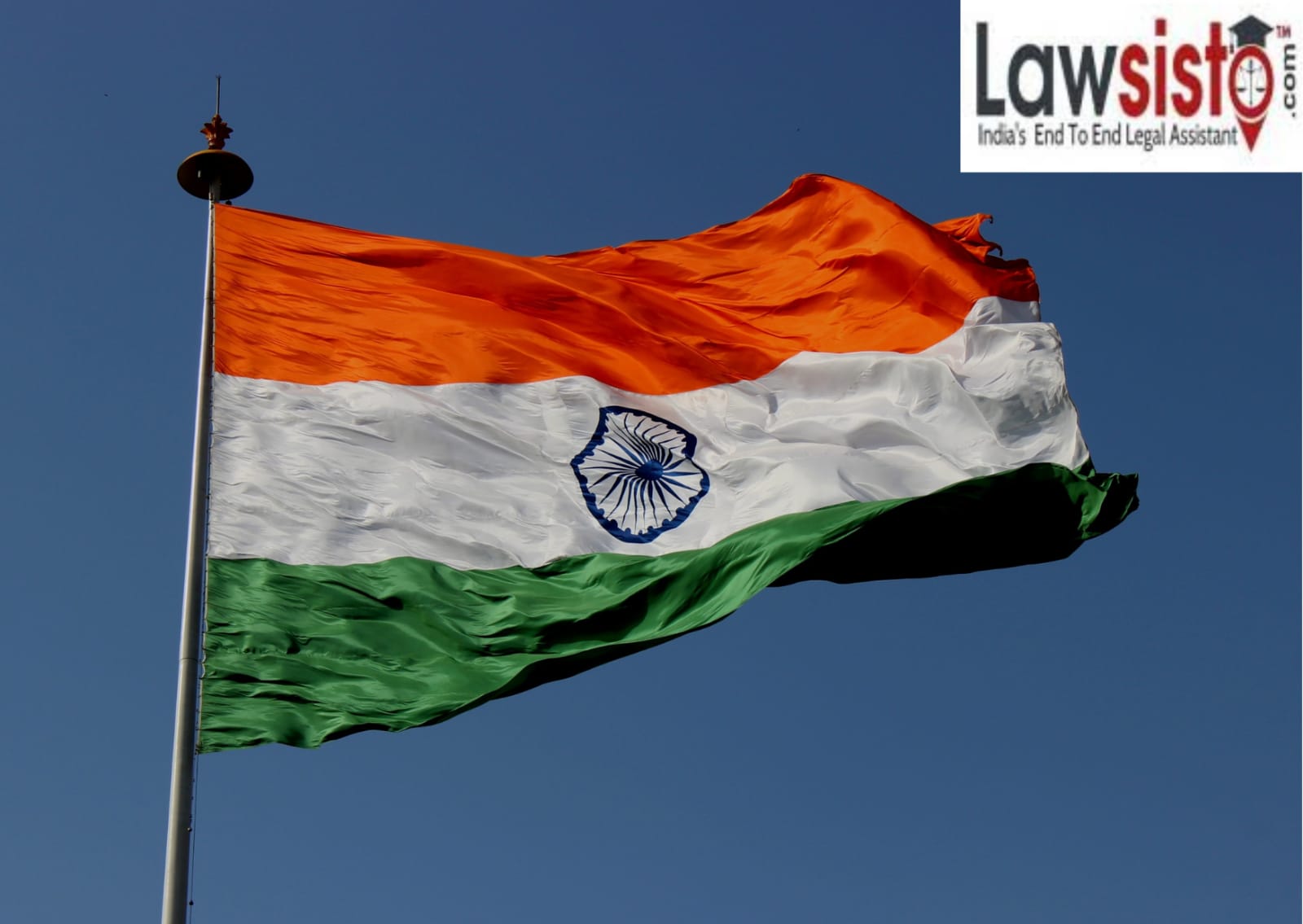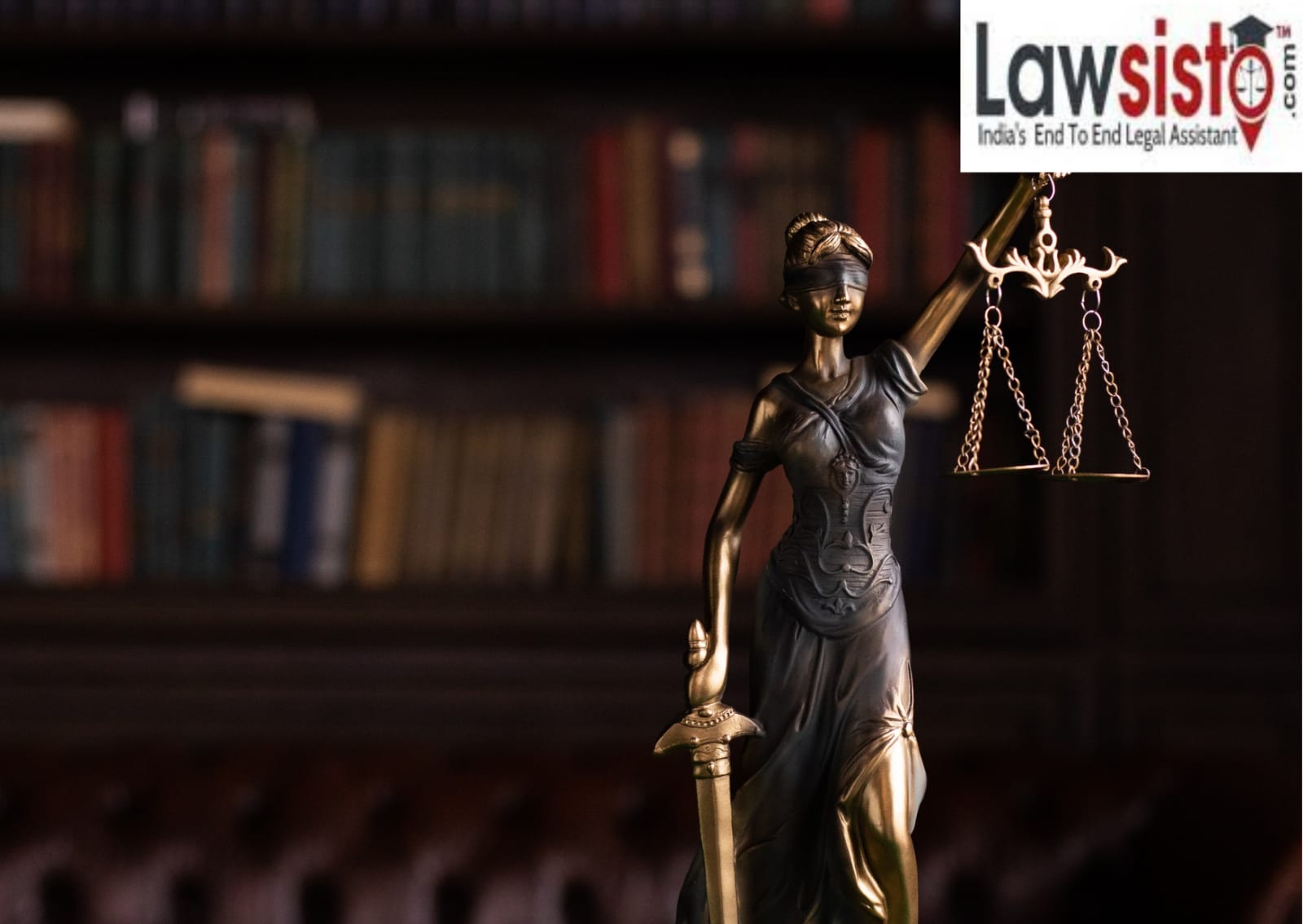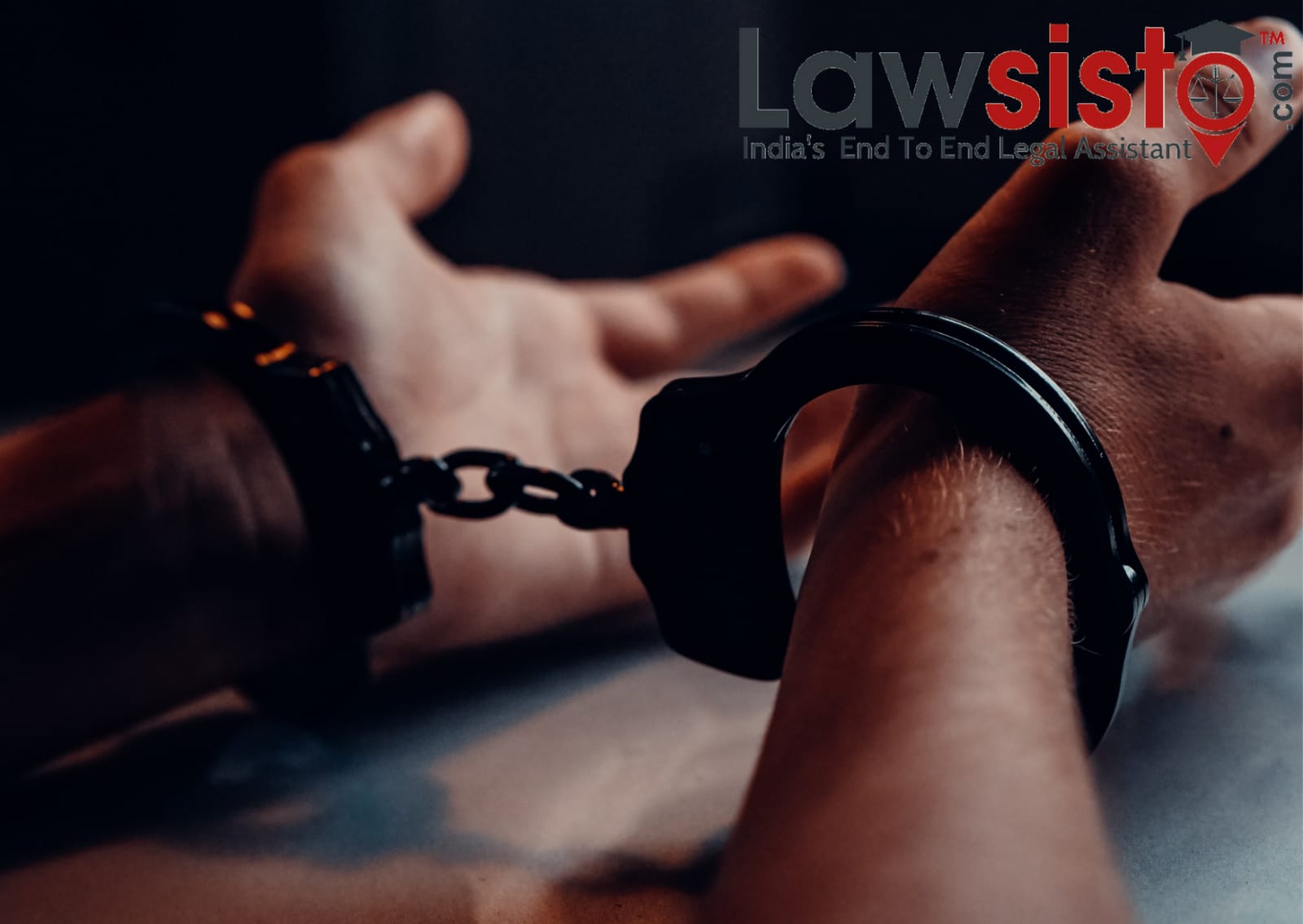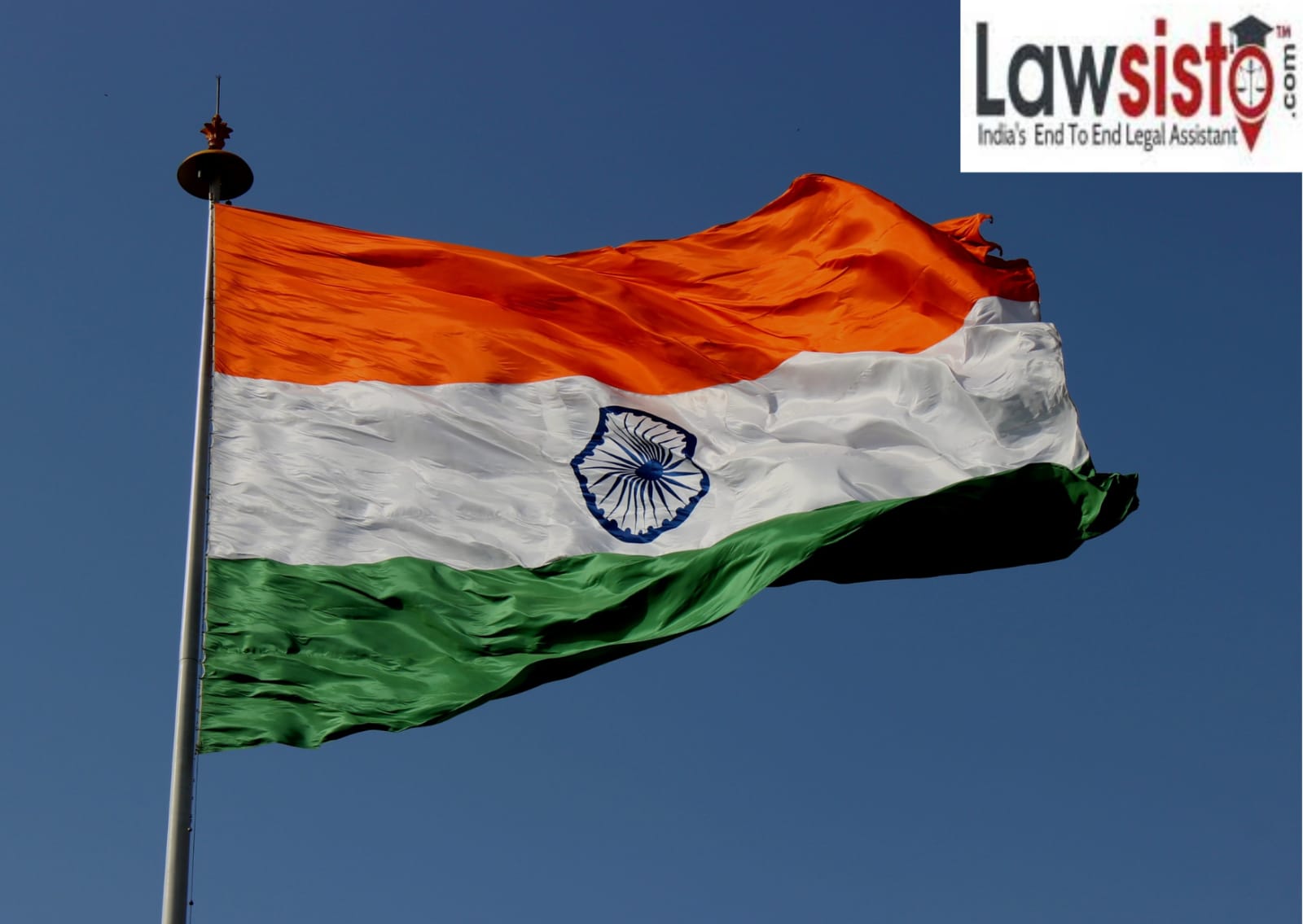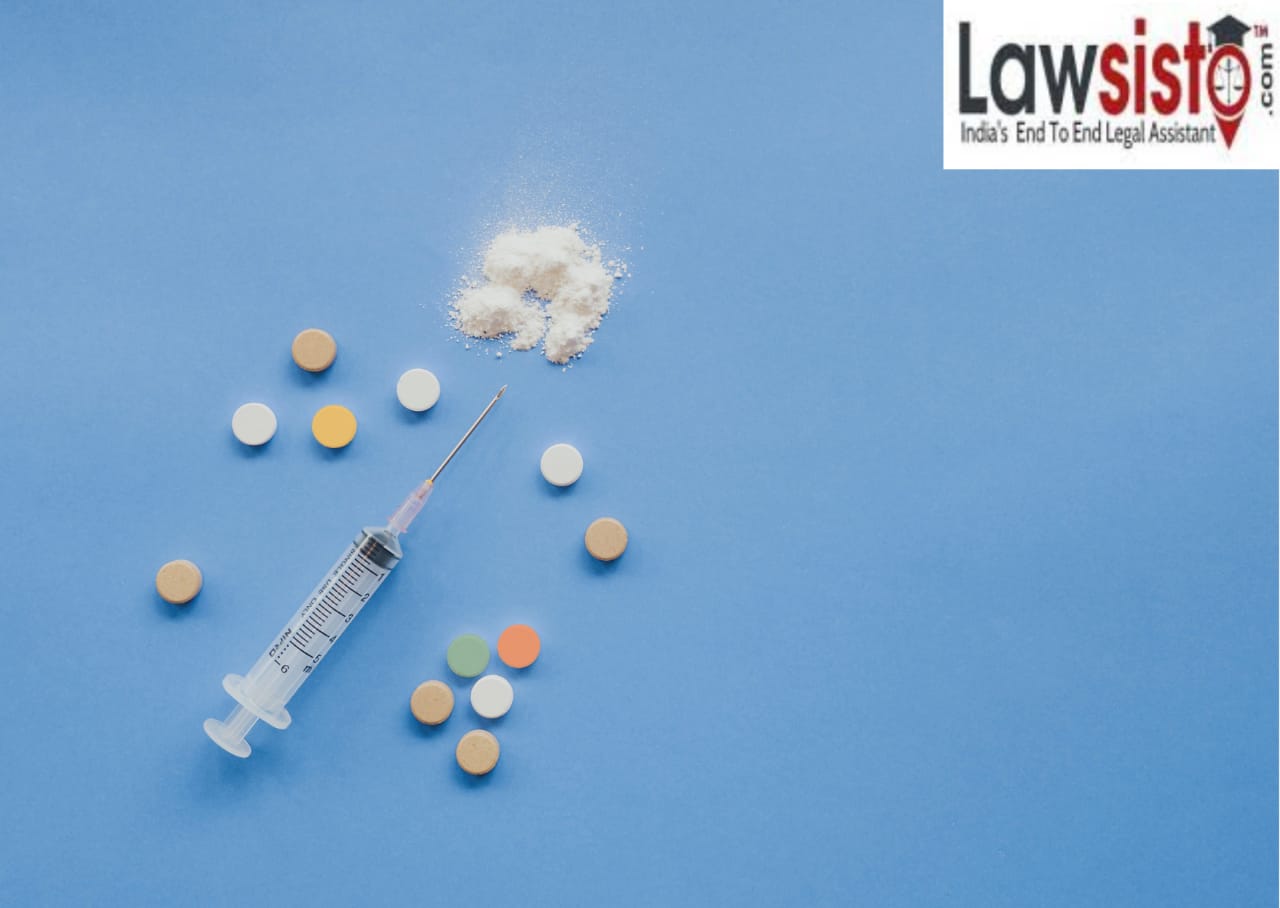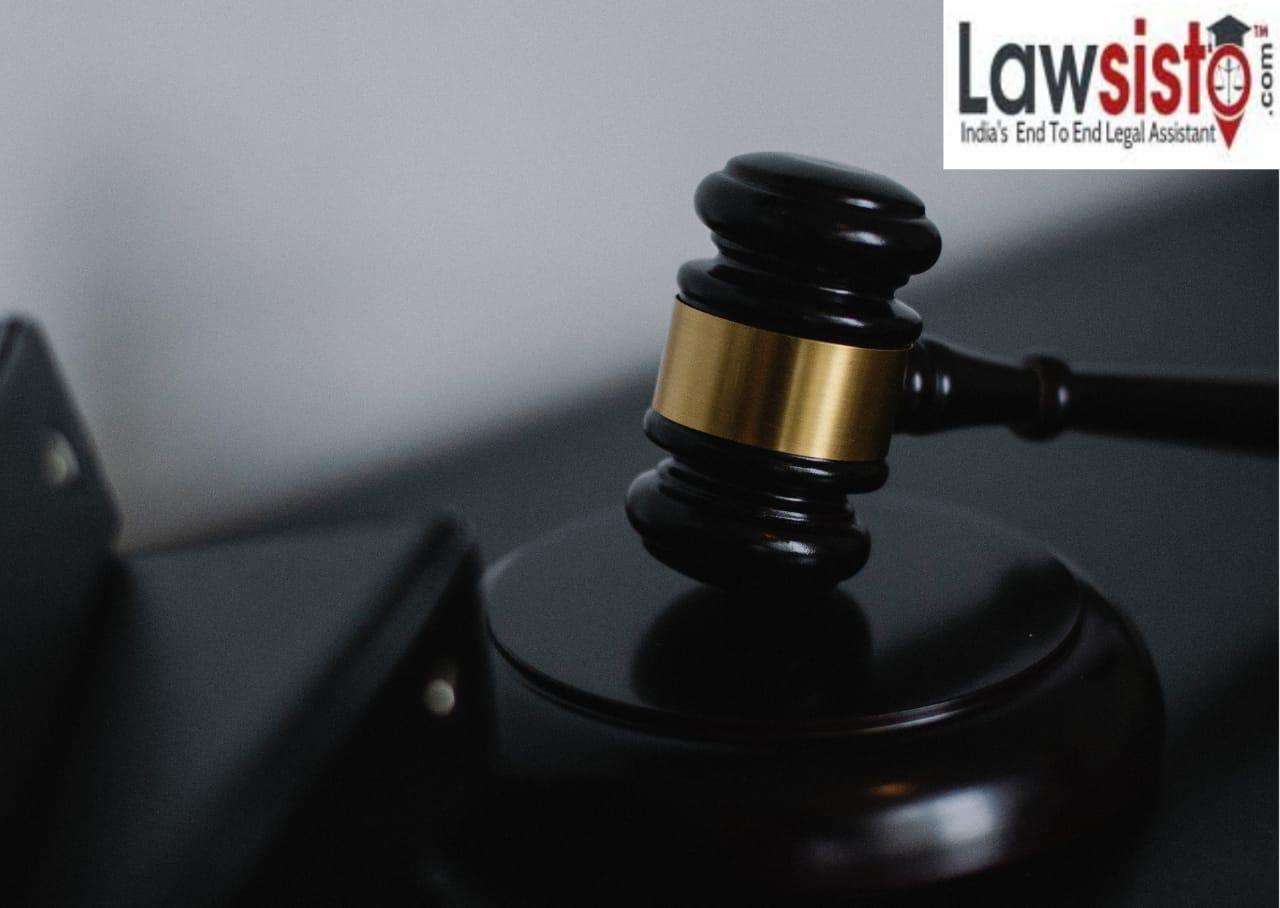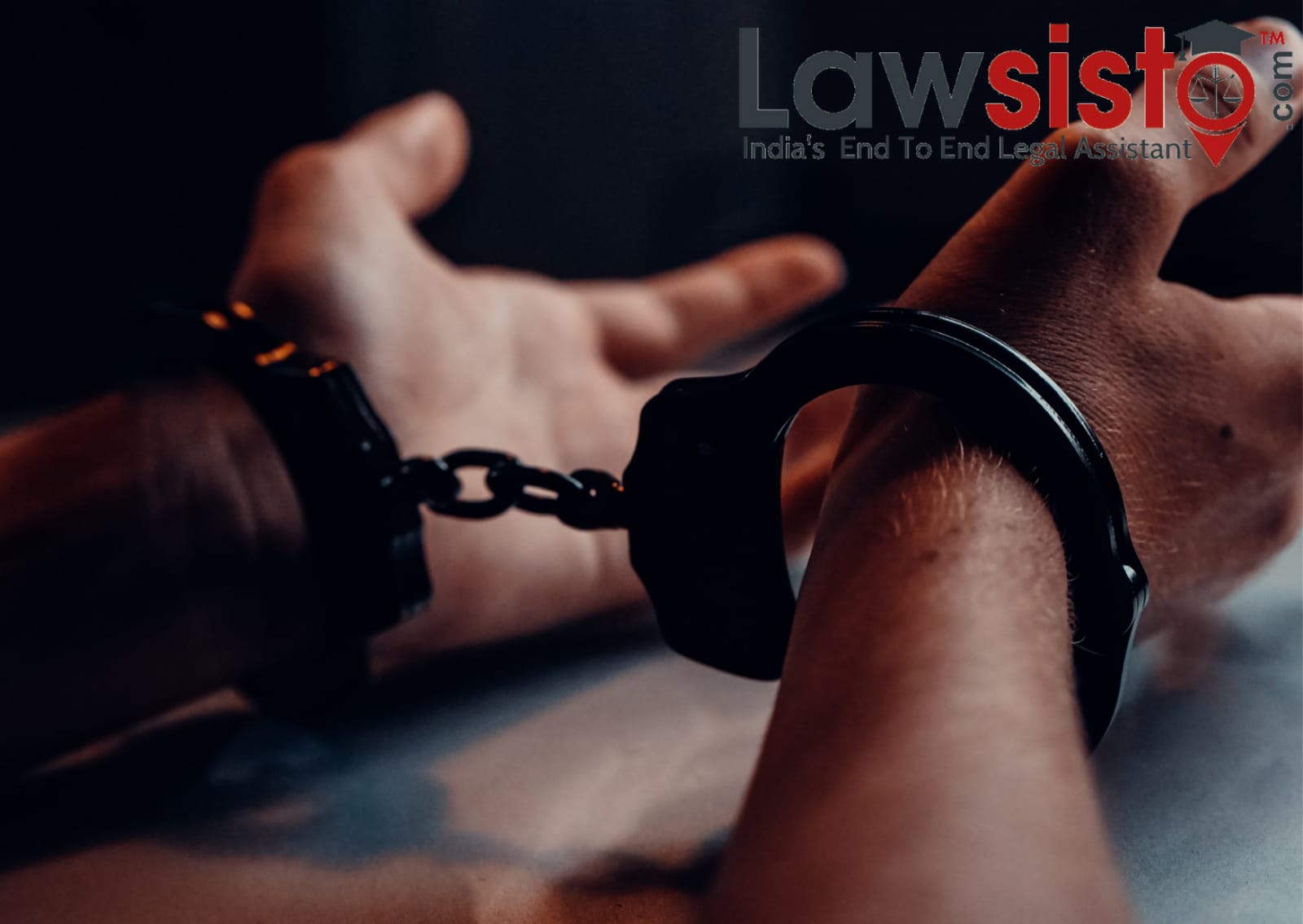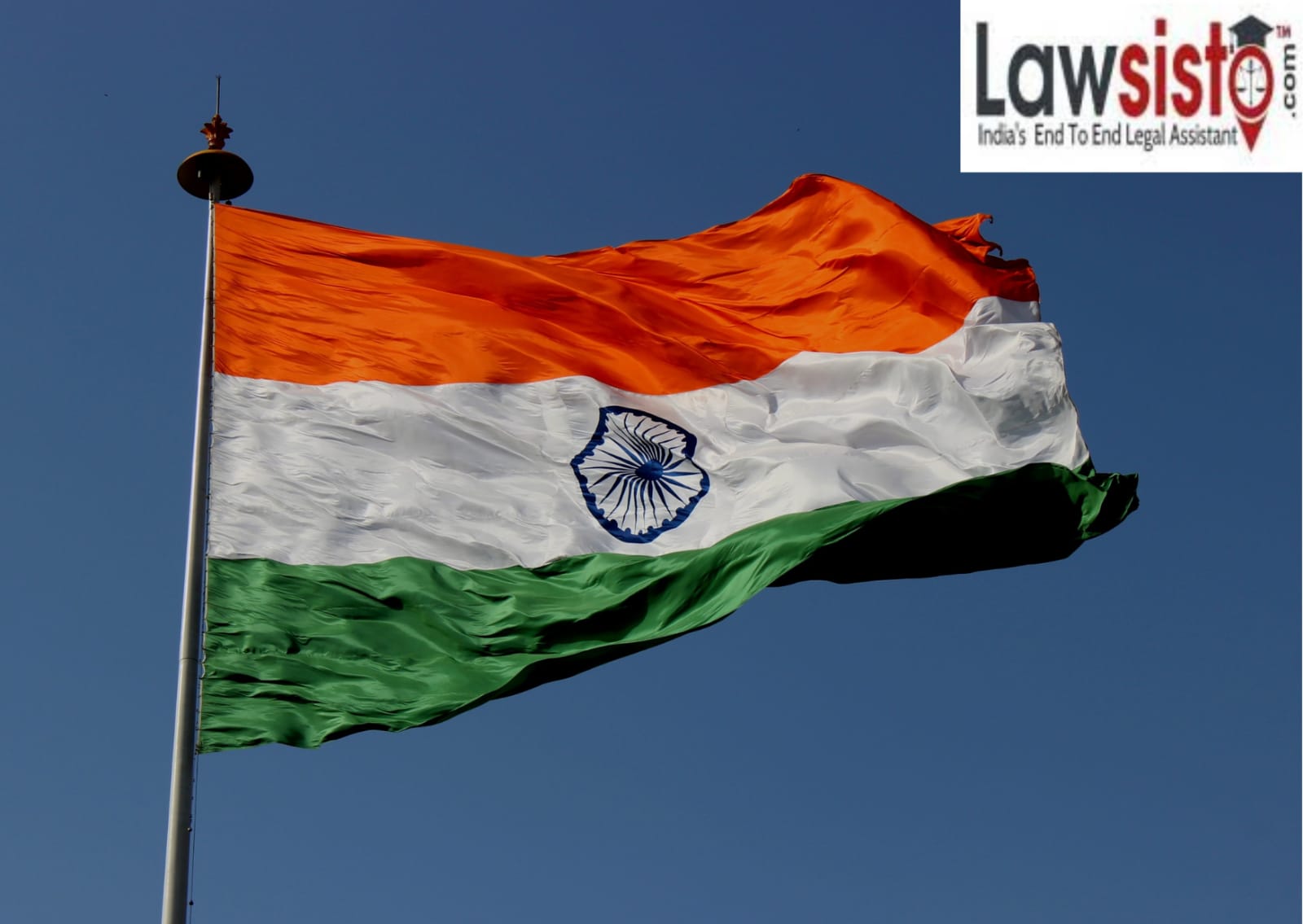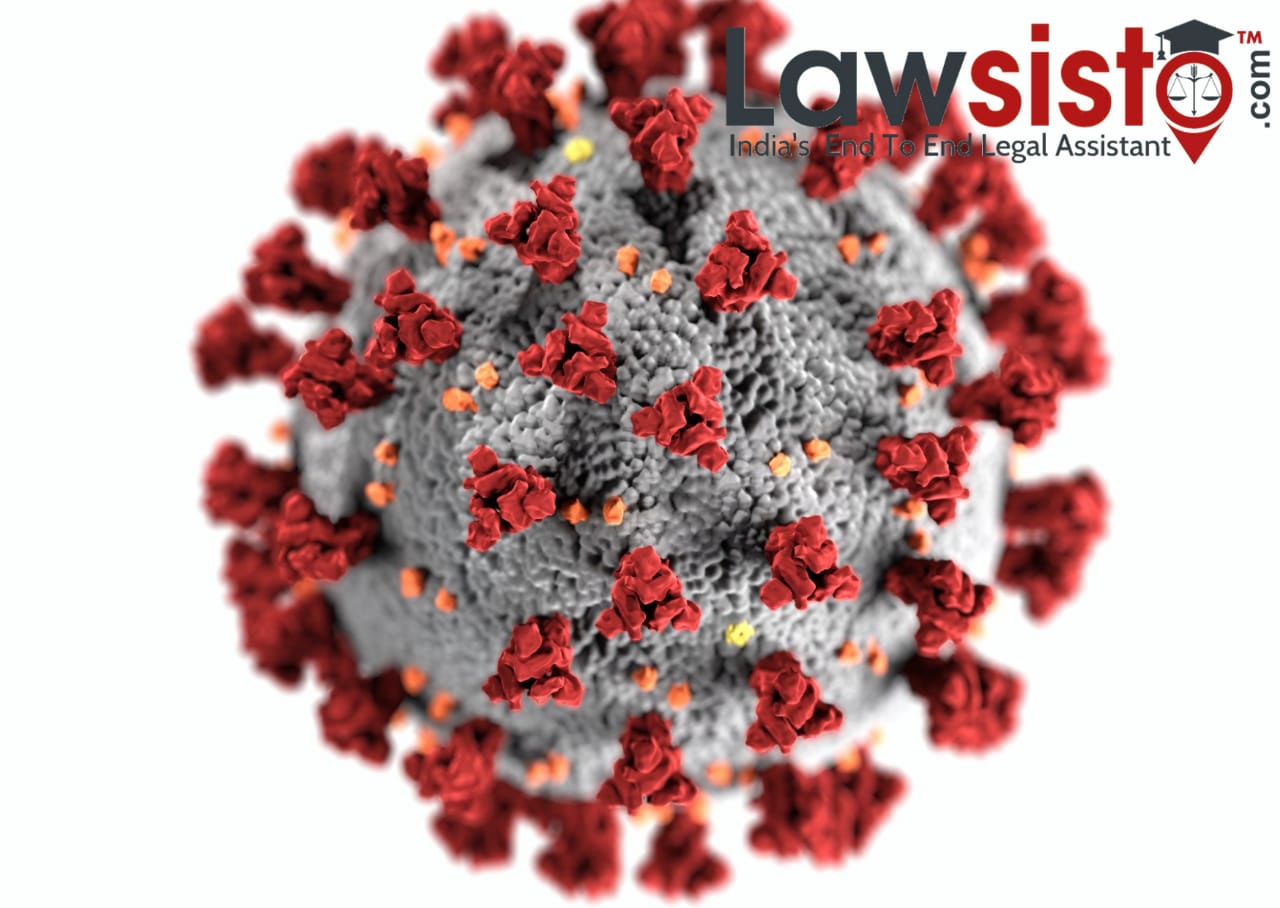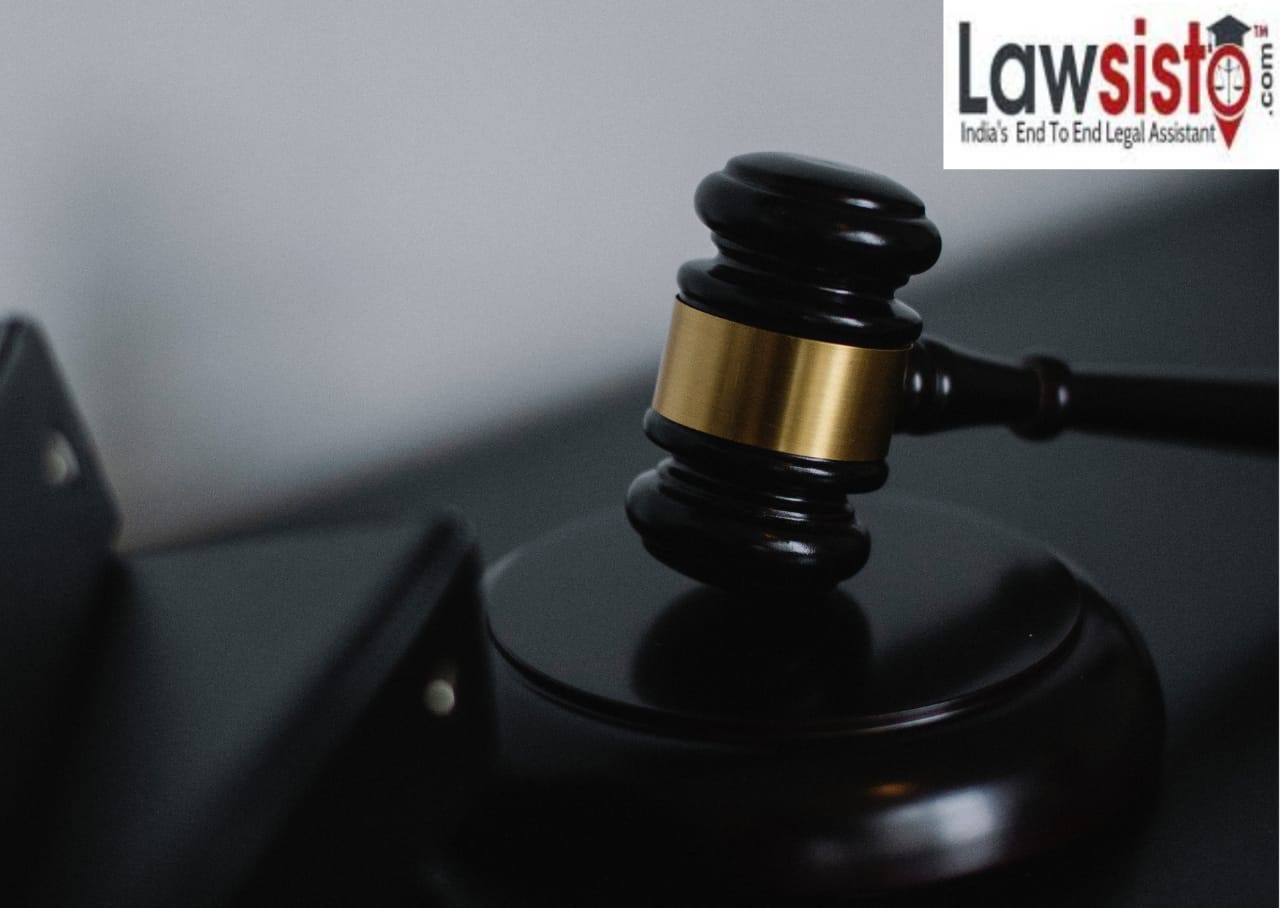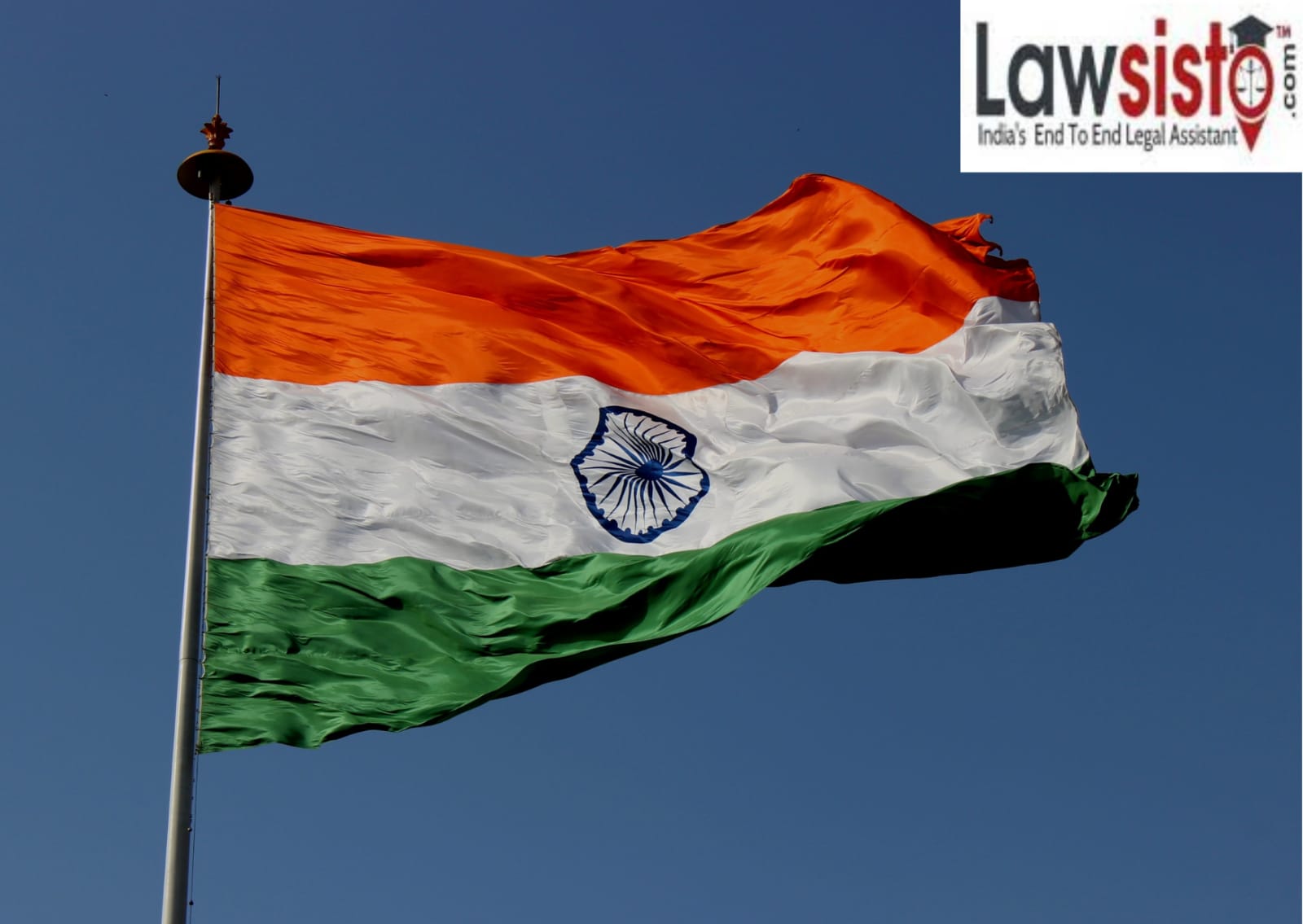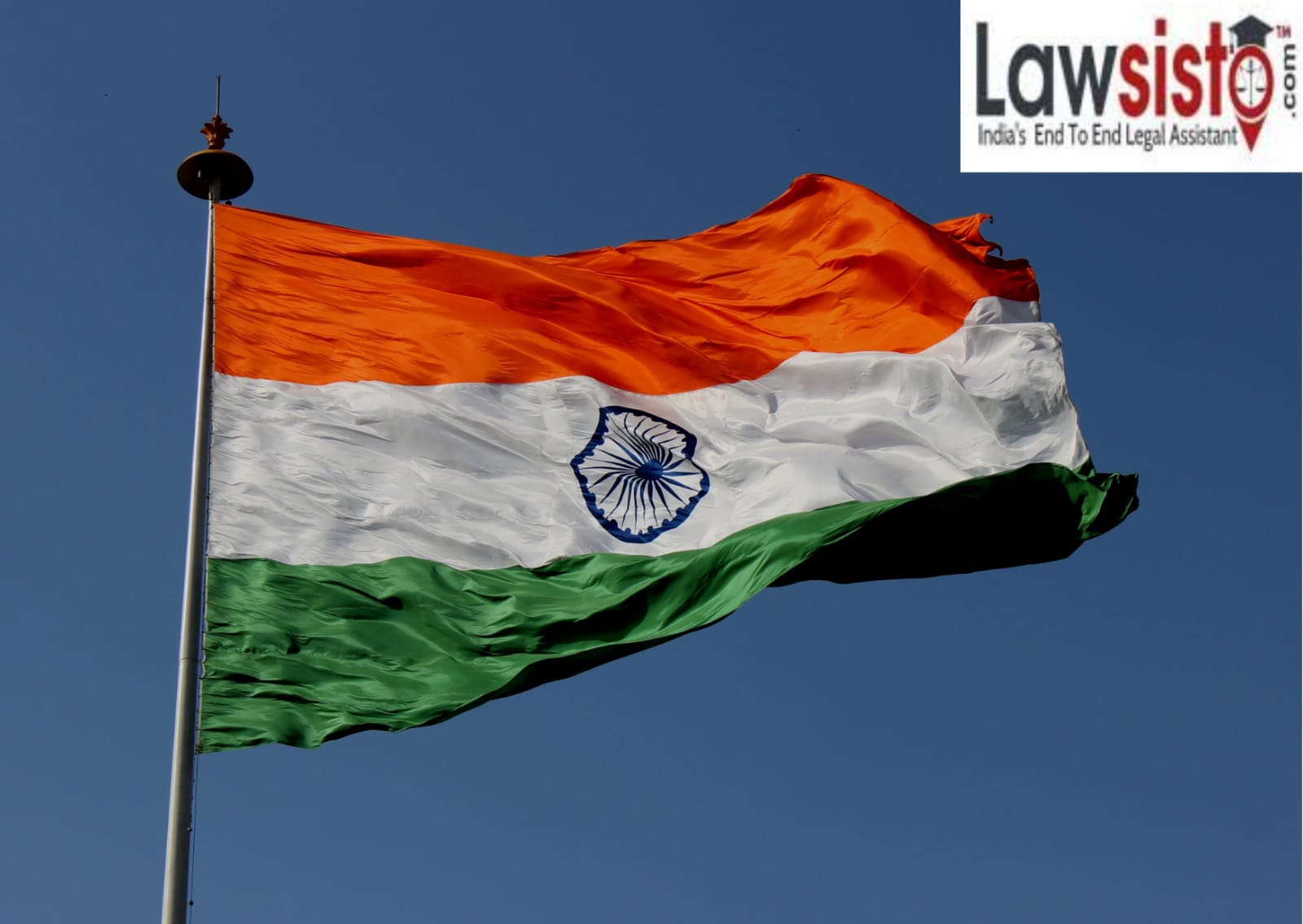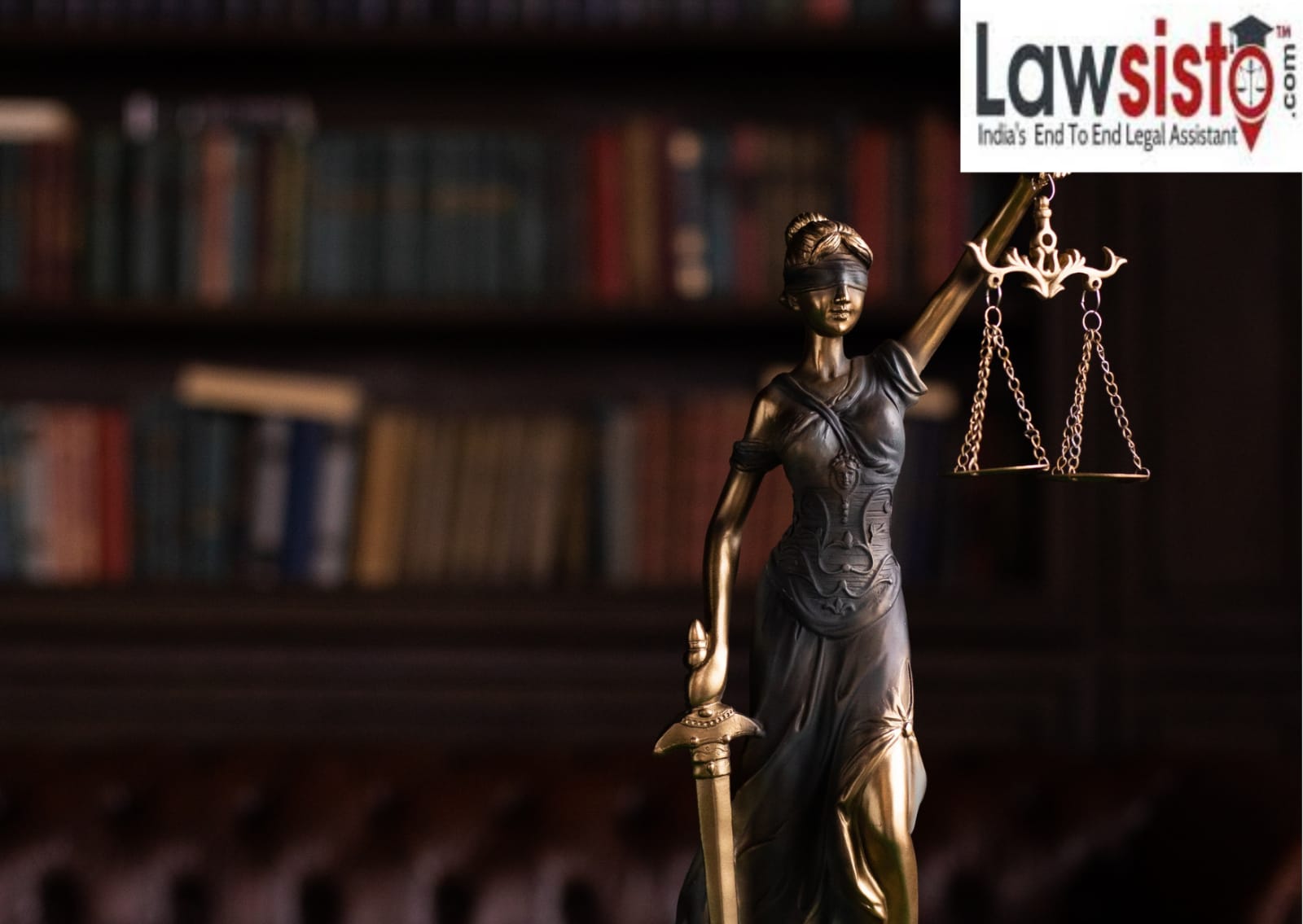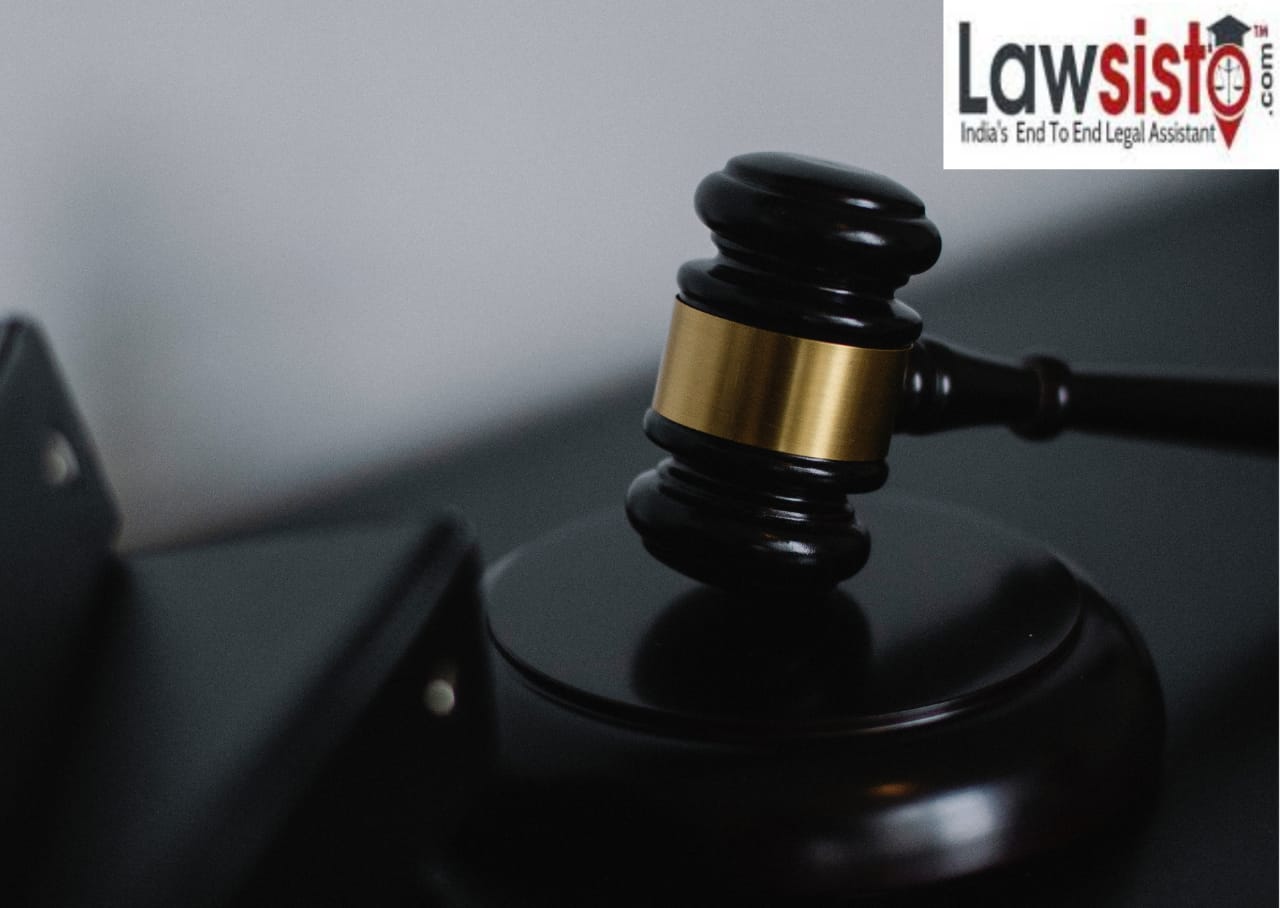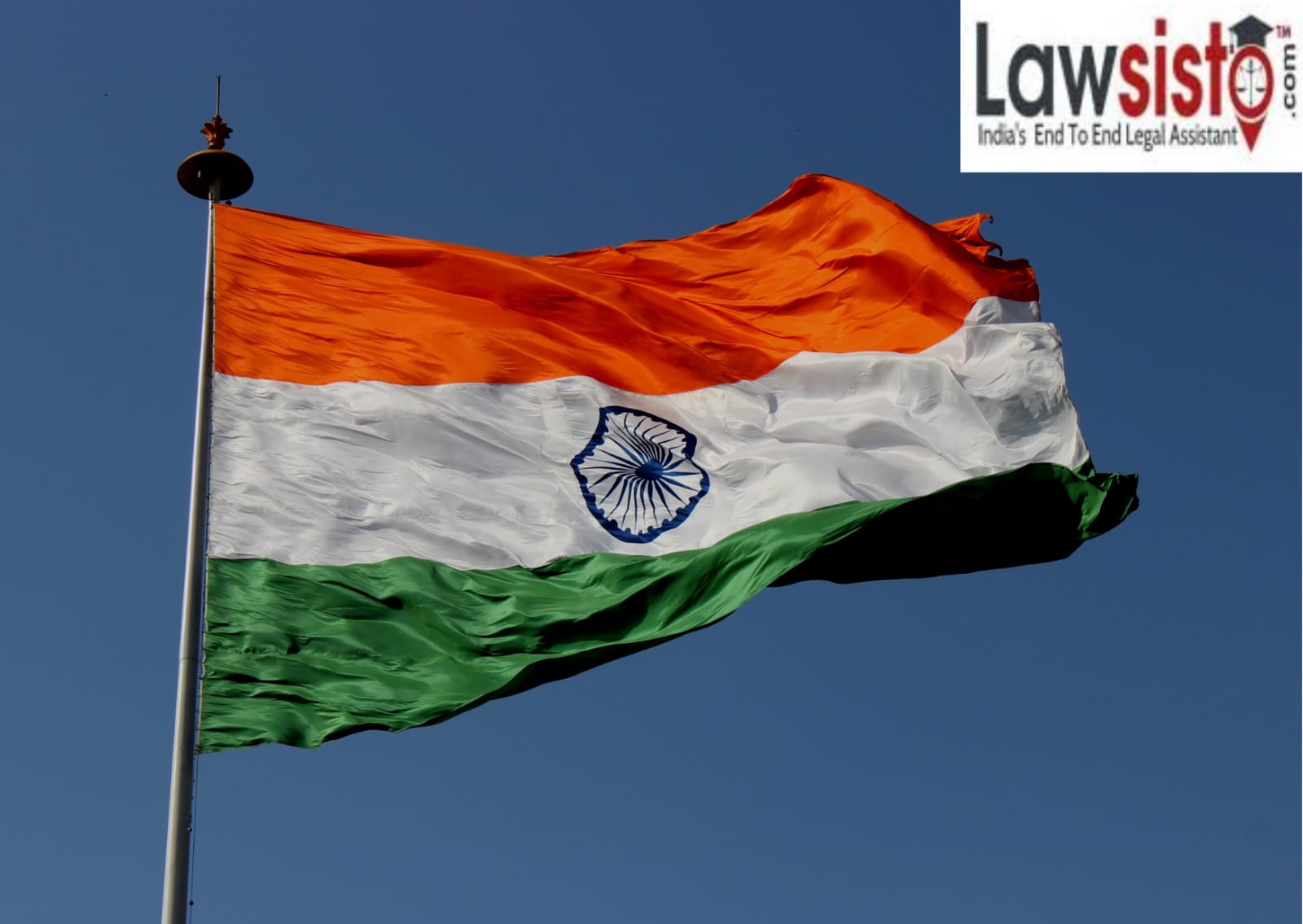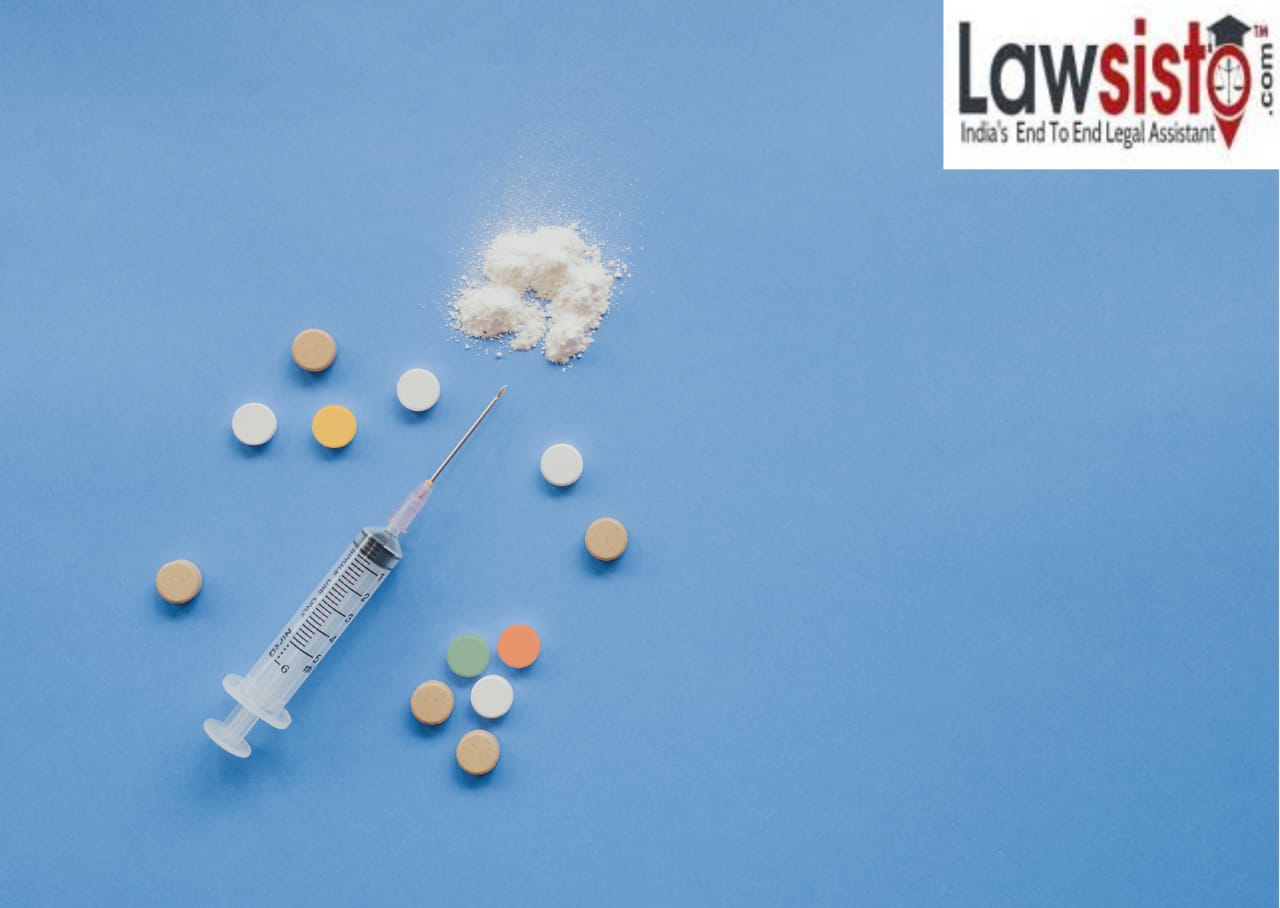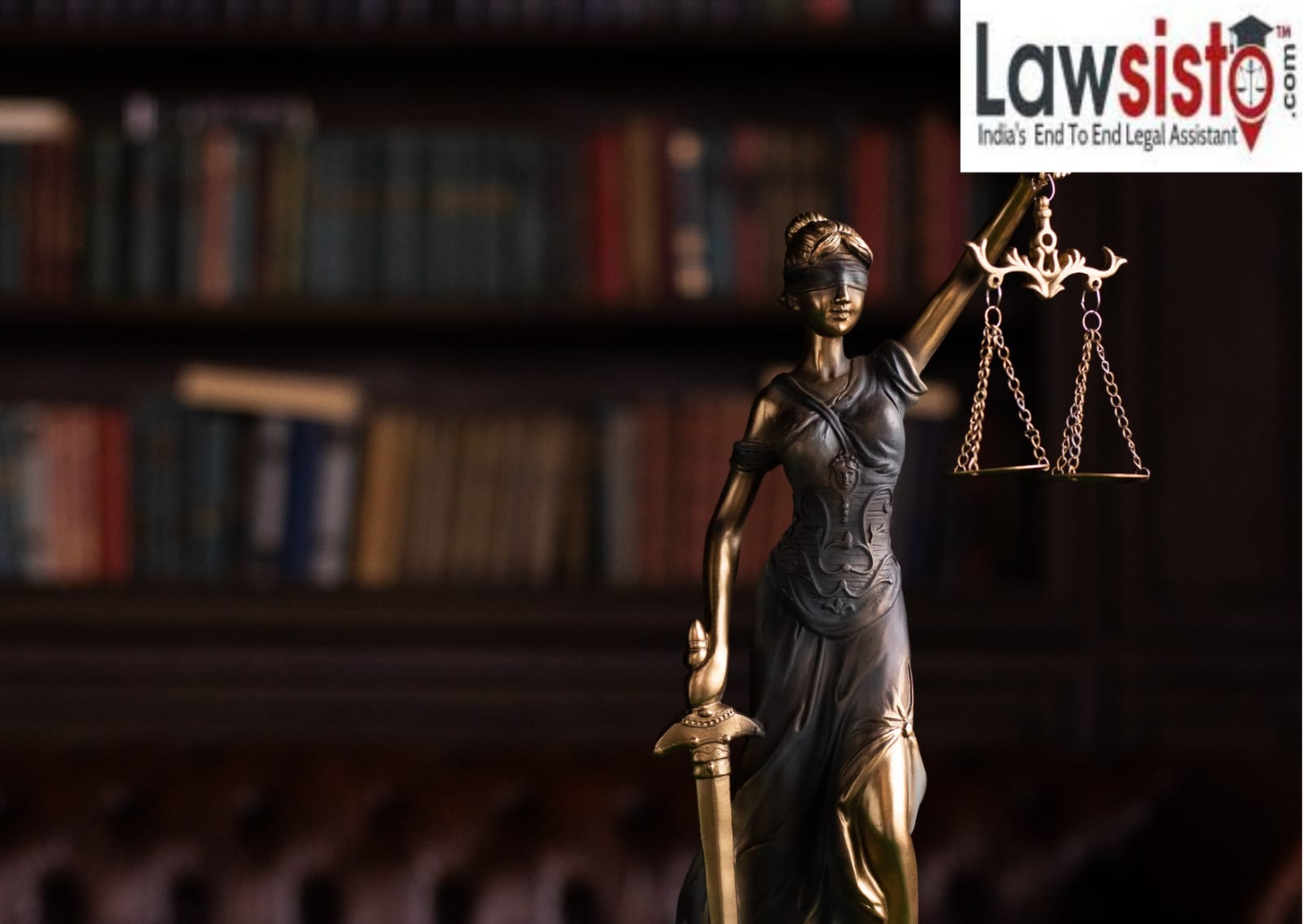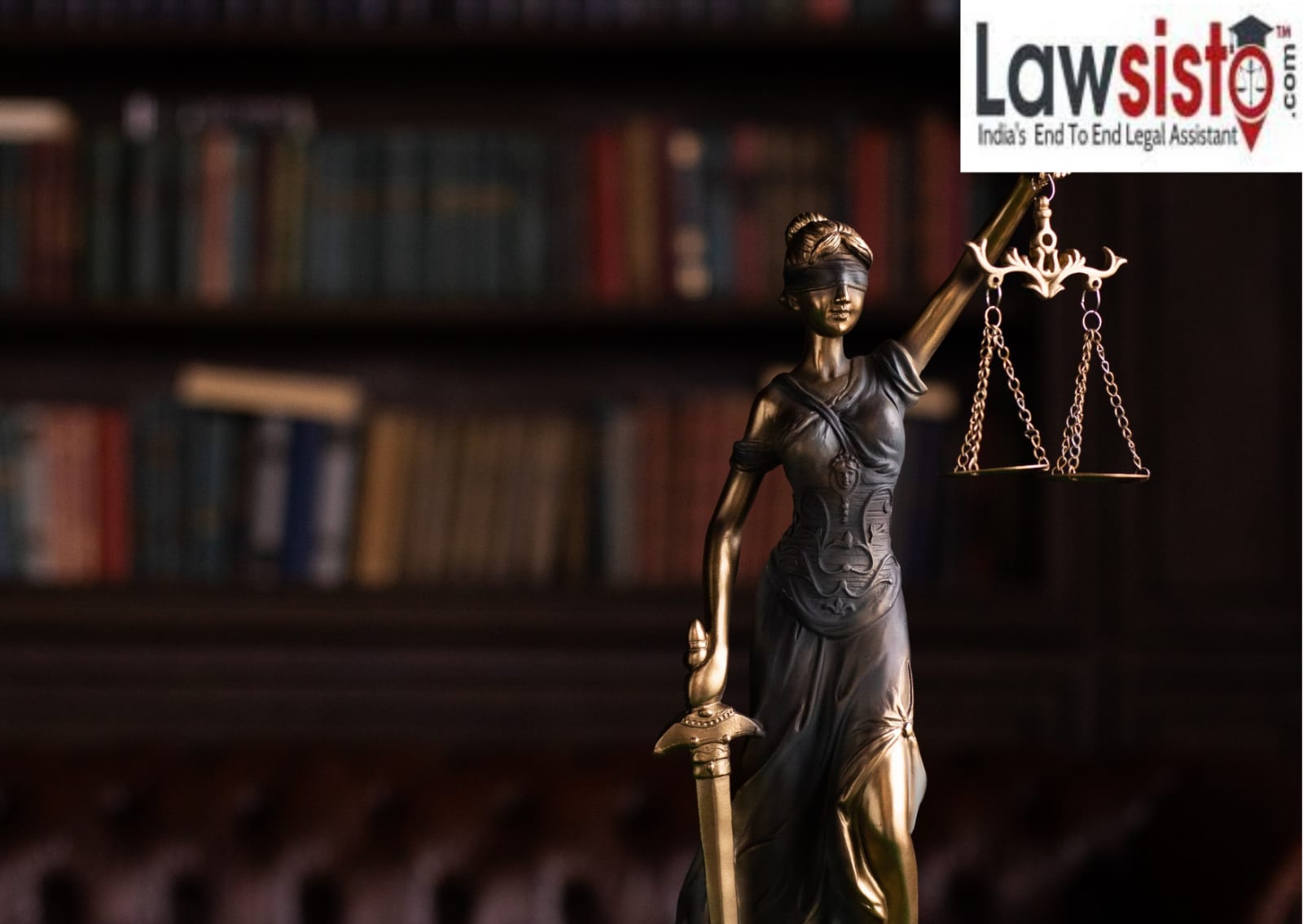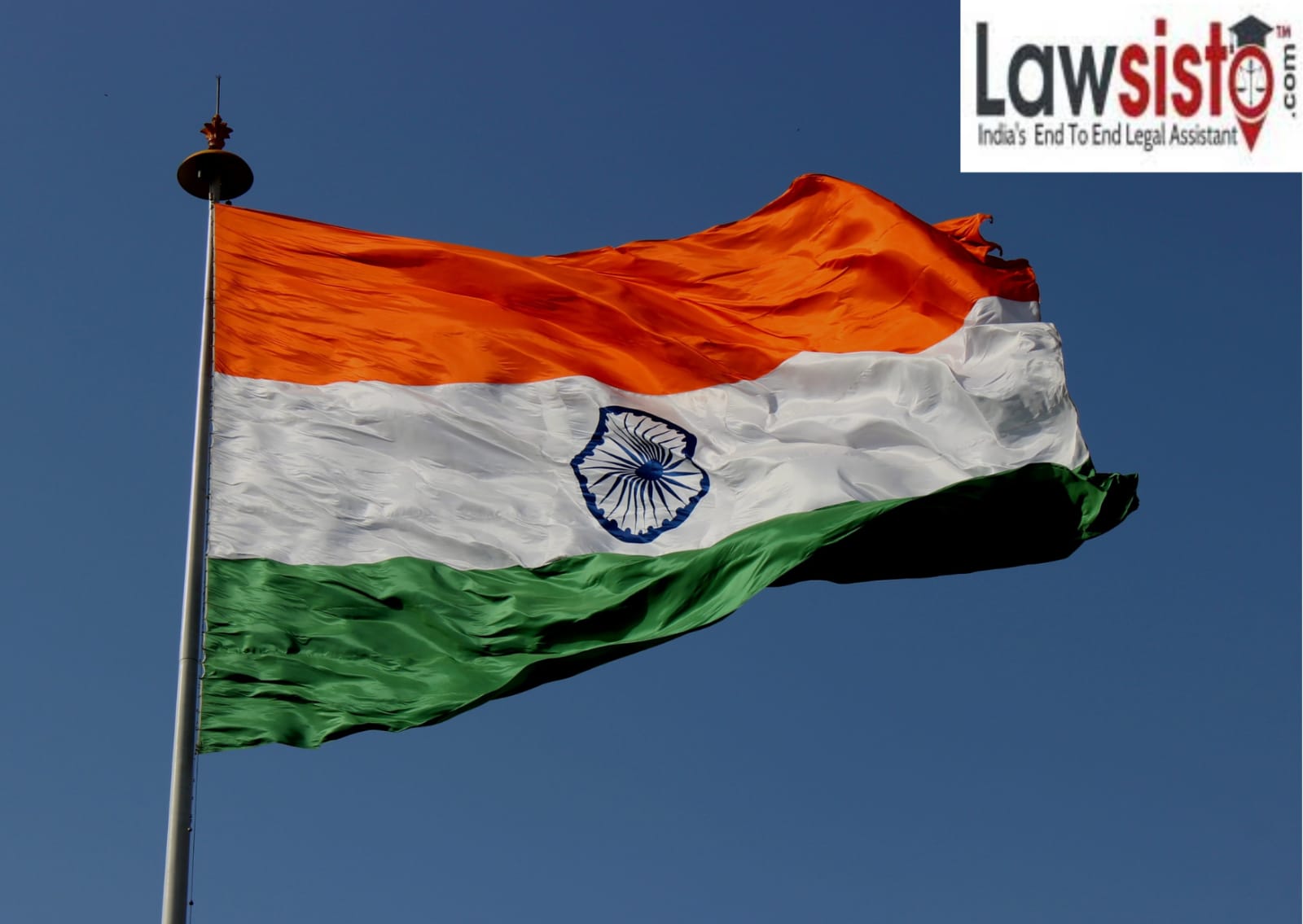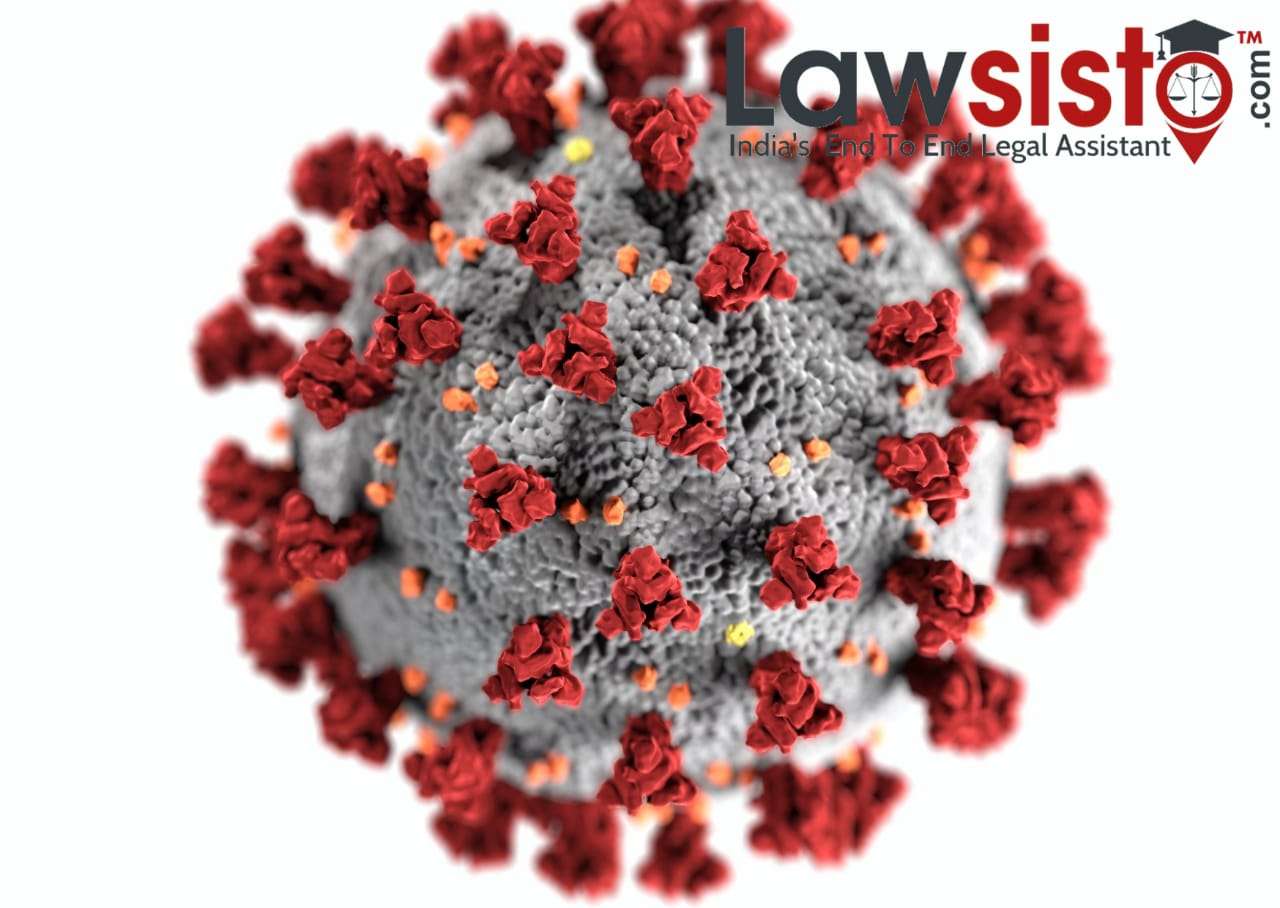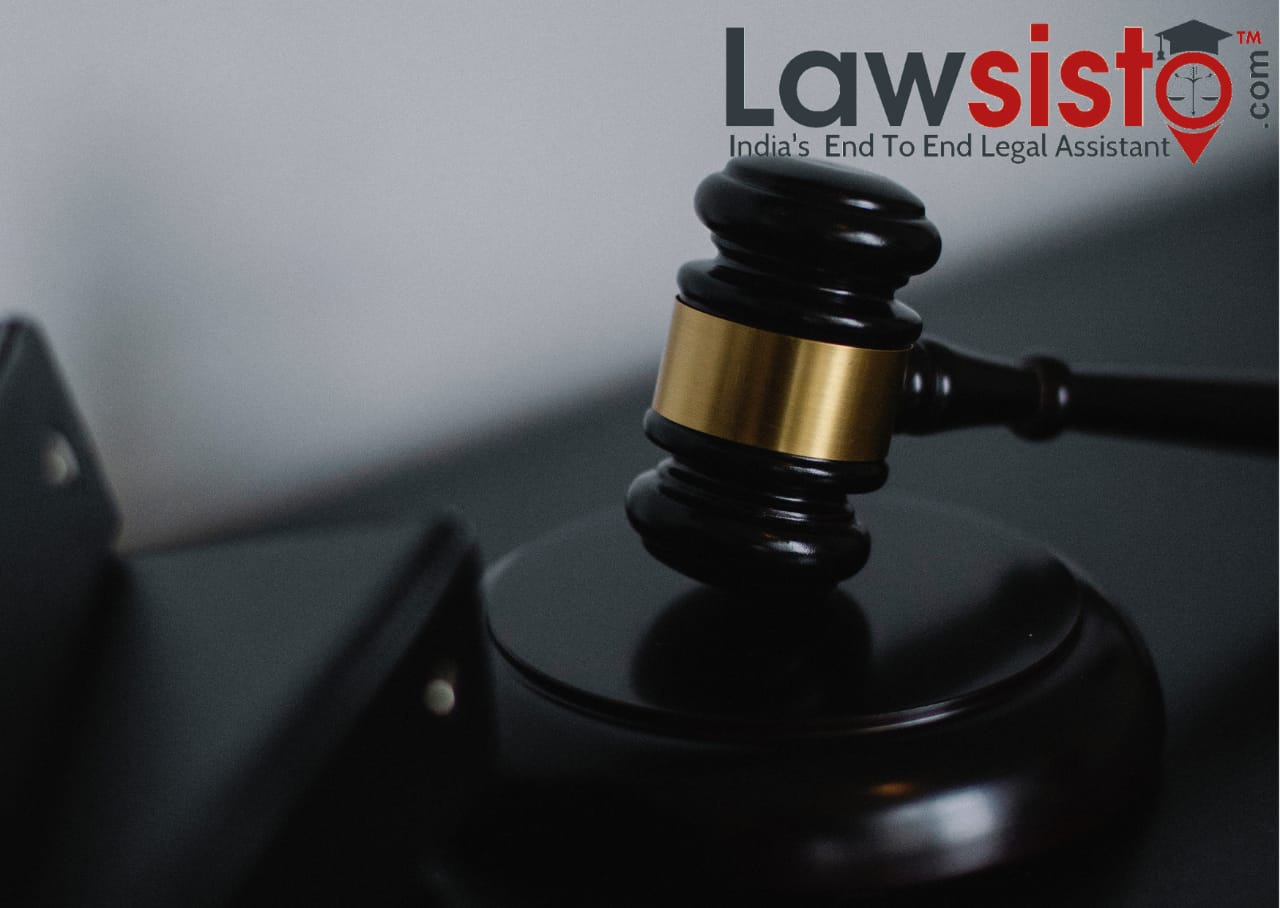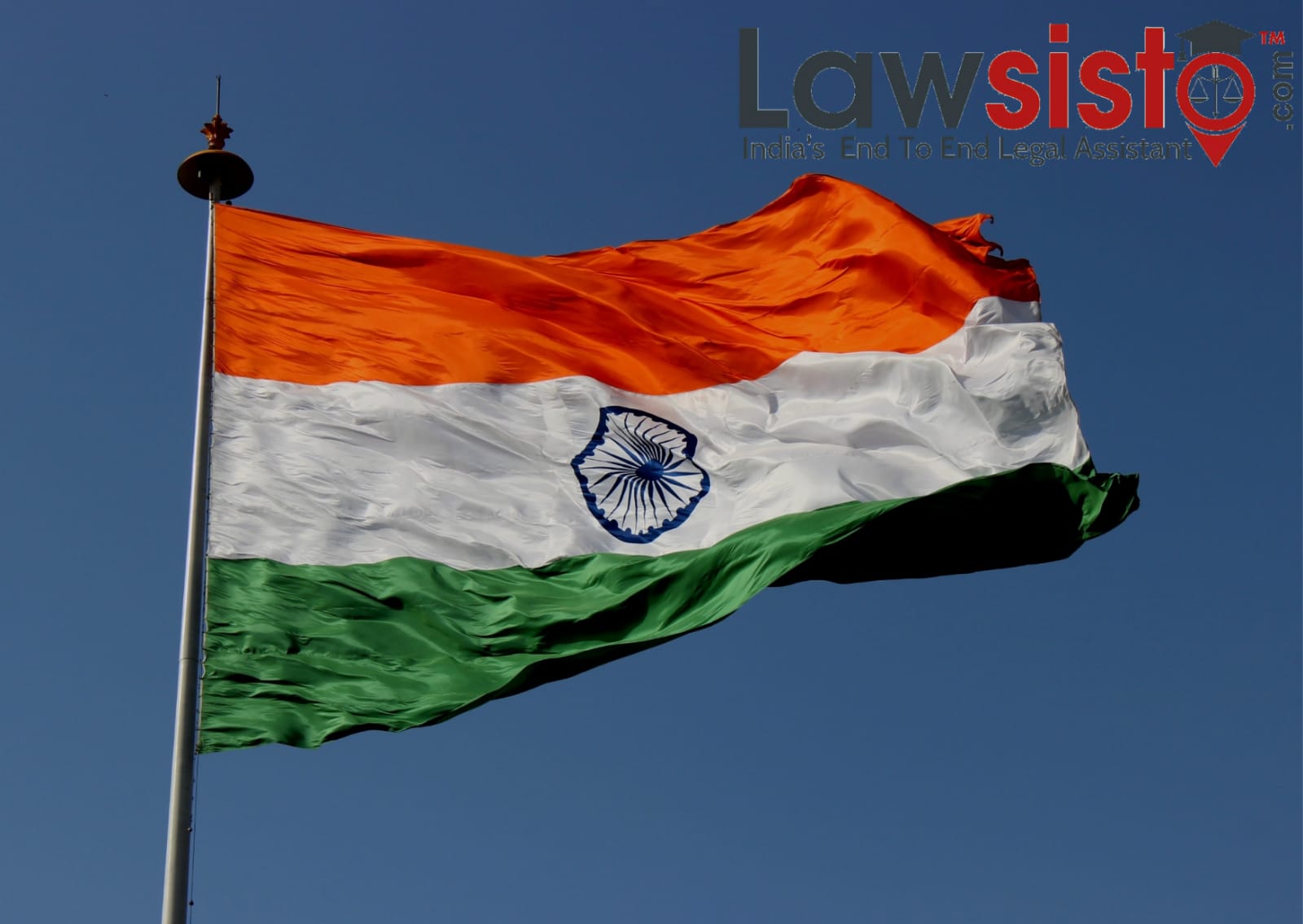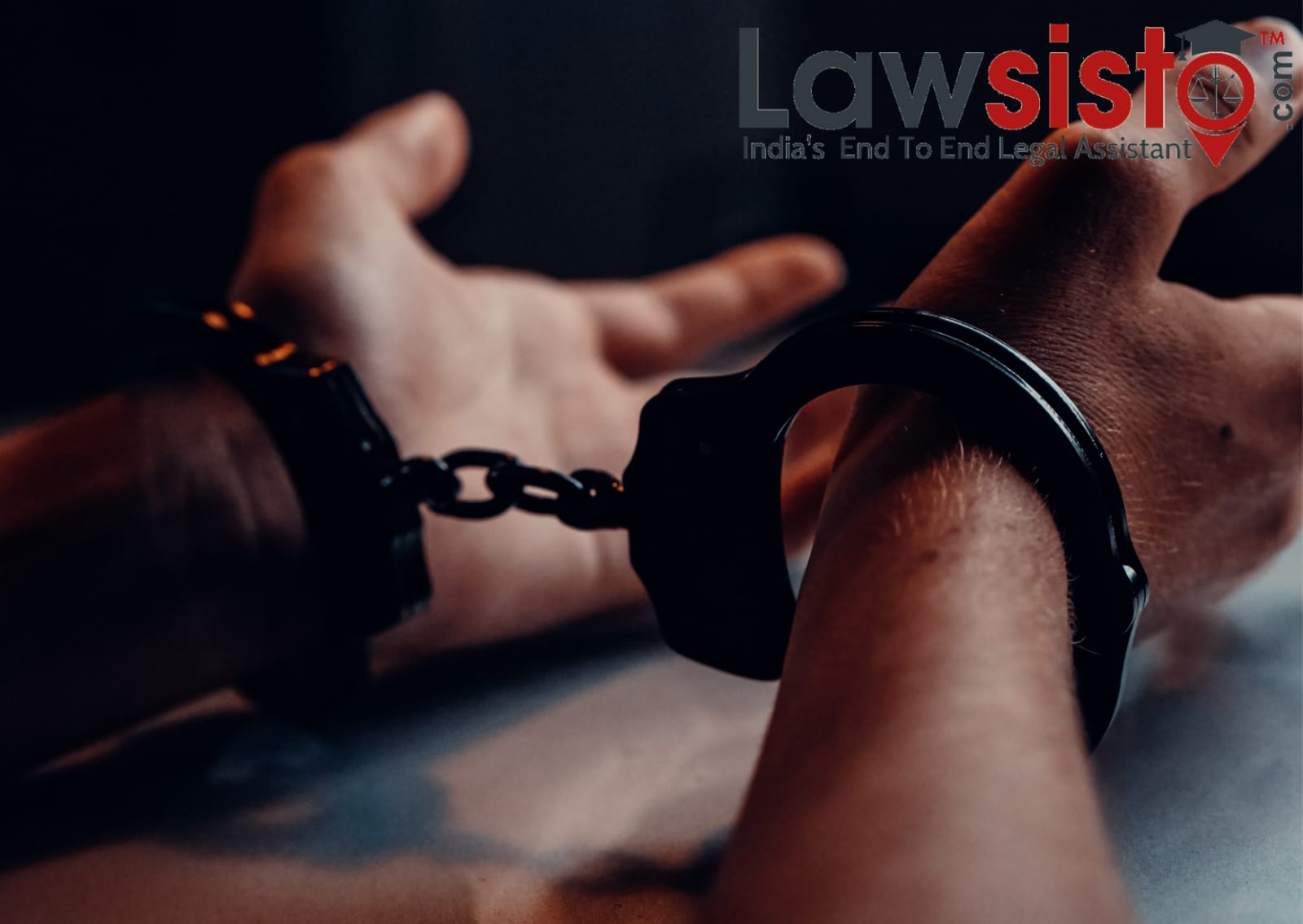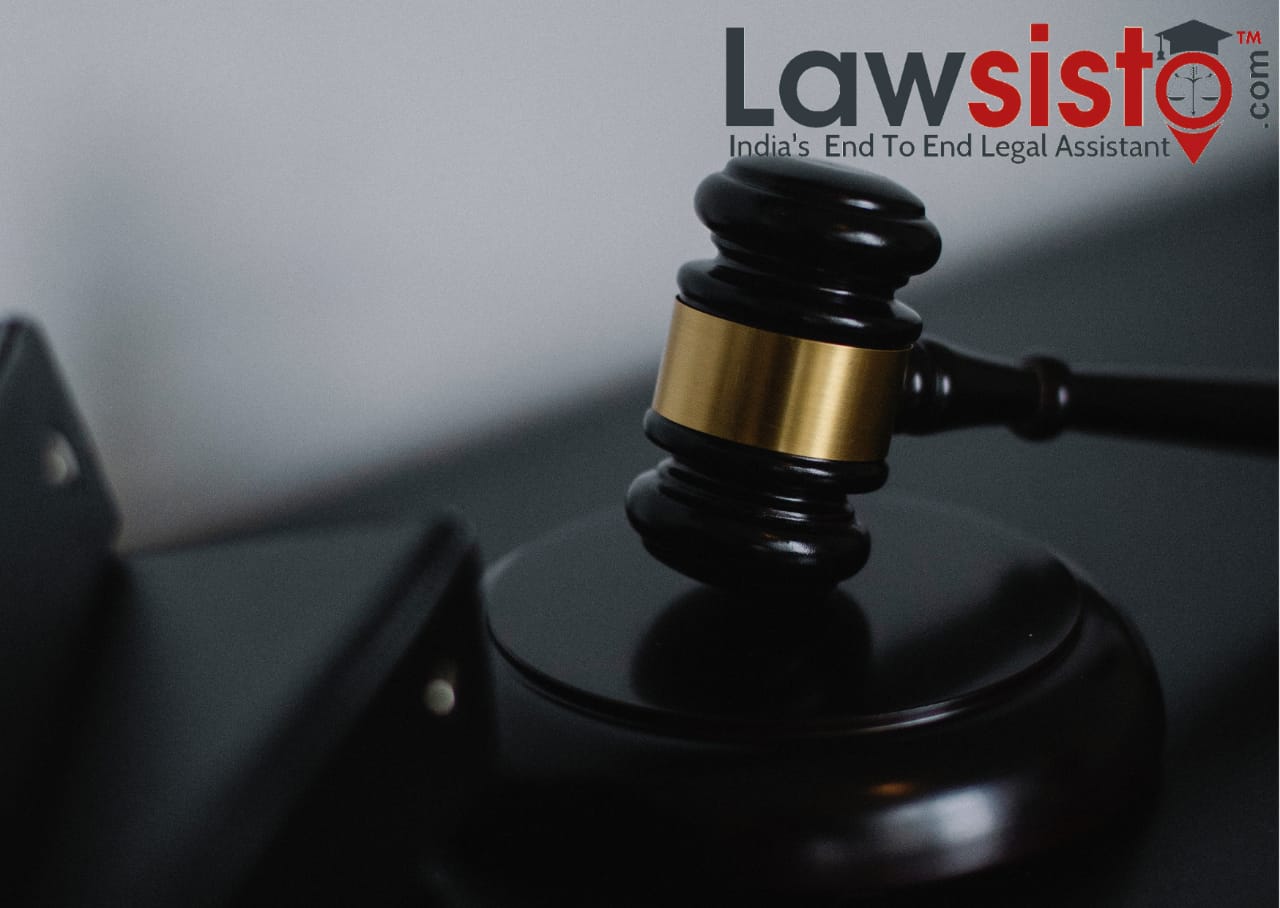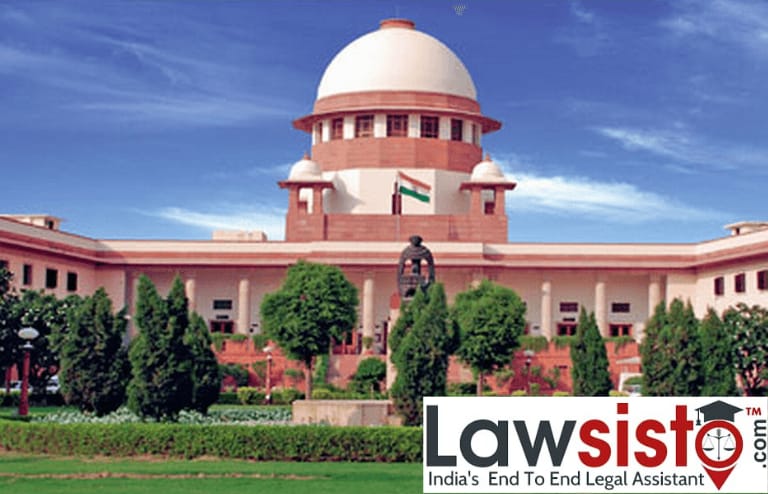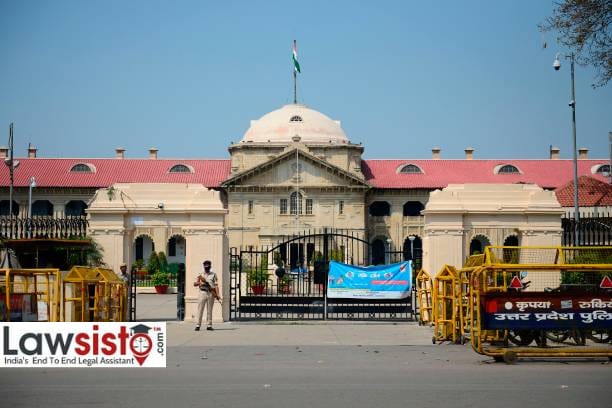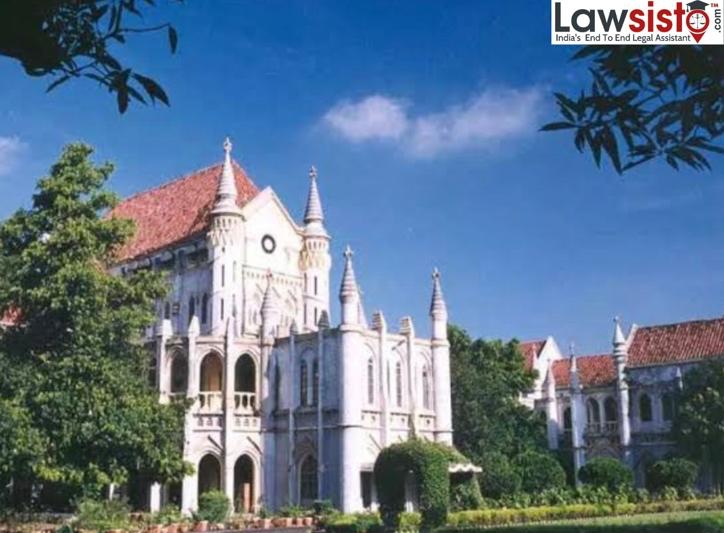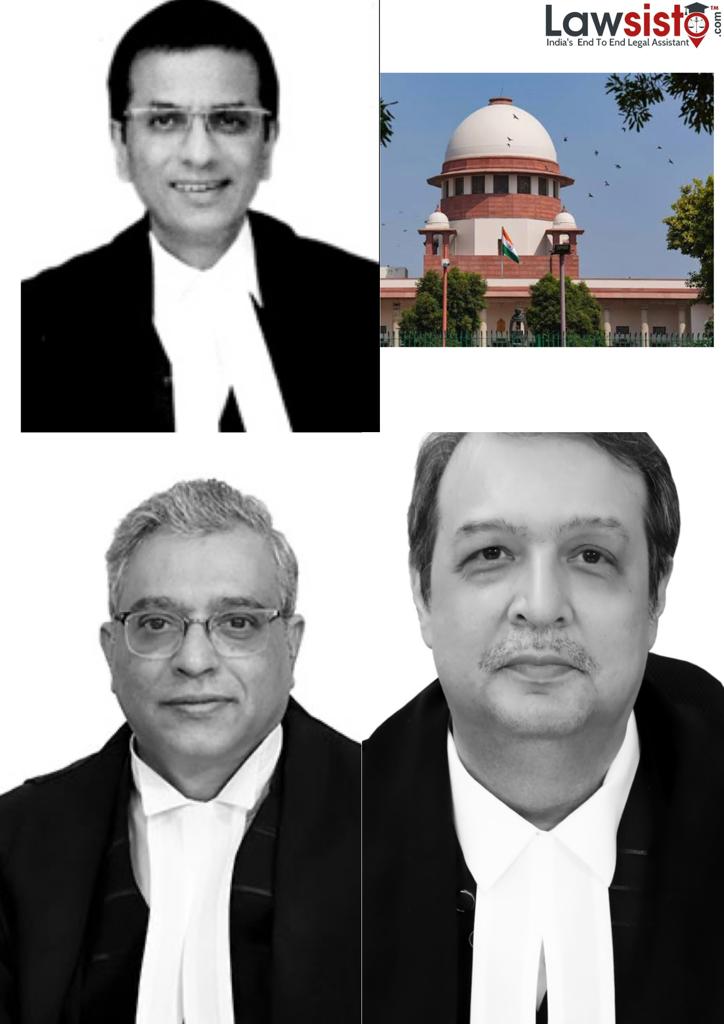Latest News
Reviewing 50% Cap Of Reservation
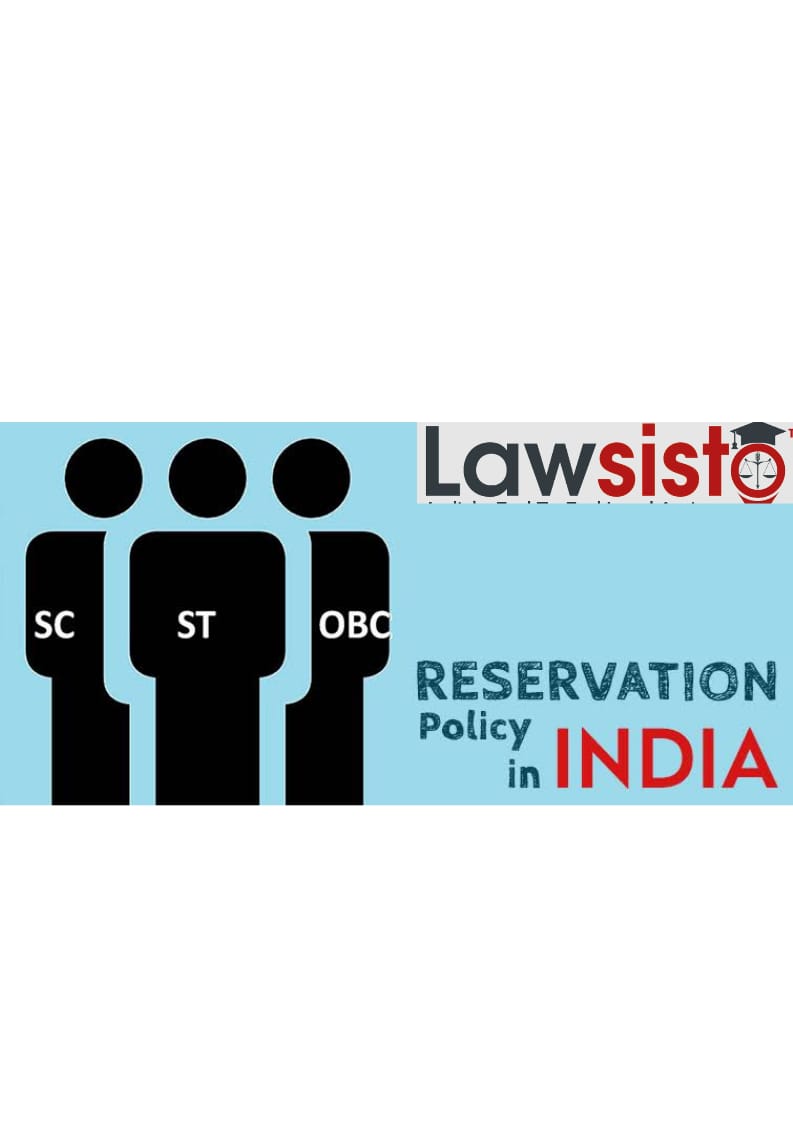
A five-judge bench at the Supreme Court has decided to examine whether the 1992 verdict by a nine-judge bench capping quota at 50% (Indra Sawhney Case) needed to be revisited in view of subsequent constitutional amendments and changed social dynamics.
The court’s observation came in a case where a for Marathas in Maharashtra caused a breach in the 50% ceiling. The Maharashtra government decided to grant 16% reservation of total seats to the Marathas. However, it was reduced by the Bombay High Court to 12% in govt jobs and 13% in educational institutions. When the decision was challenged before the Supreme Court, it stayed the former’s order.
If the Supreme Court's five-judge bench accepts that the judgment in the Indra Sawhney case should be modified, the case will have to be referred to an 11 or 13-judge bench. Only a bench of larger composition can modify a previous judgment of the Supreme Court. Besides, the extension of the creamy layer concept not just to OBC but also Scheduled Caste and Scheduled Tribe is to be reviewed too.
The Indra Sawhney verdict had held there would be reserved only in initial appointments and not promotions according to the 77th Constitutional Amendment Act, 1995. Addition of the article 16(4A) to the Constitution, empowered the state to make provisions for reservation in matters of promotion to SC/ST employees if the state feels they are not adequately represented.81st Constitutional Amendment Act, 2000: It introduced Article 16(4B), which says unfilled SC/ST quota of a particular year, when carried forward to the next year, will be treated separately and not clubbed with the regular vacancies of that year.85th Constitutional Amendment Act, 2001: It provided for the reservation in the promotion can be applied with ‘consequential seniority for the government servants belonging to the SCs and STs with retrospective effect from June 1995.102nd, 103rd, and 104th Amendments: In the last couple of decades, there have been several amendments to the constitution like the 102nd amendment, 104th amendment. 103rd amendment to the Constitution made a 10% reservation for EWS. Article 335 says that the claims of SCs and STs shall be taken into consideration consistently with the maintenance of efficacy of the administration
The judgment on Indra Sawhney & Others vs Union of India case was passed on 16 November 1992. It was a nine-judge verdict that decisively laid down several landmark propositions such as a 50% threshold in reservations. It said, ”Reservation is an extreme form of protective measure should be confined to a minority of seats, reservation of any manner shall not exceed 50%”.The concept of the creamy layer also gained importance through this judgment and provision that reservation for backward classes should be confined to initial appointments only and not extend to promotions. Earlier, the reservation was meant to be only for SCs and STs. It was the Mandal Commission Case that brought Other Backward Classes (OBCs) under the reserved category. Besides, Tamil Nadu, Haryana, and Chhattisgarh have also passed similar laws, causing them to exceed the 50% reservation mark.
Although the limit of 50% is not set by any statute it is laid down by the apex court and hence was binding to all the authorities. However, the judgment itself said that in exceptional circumstances, the percentage can be increased. The issue that arises with the ‘exceptional circumstance’ is that if it actually exists in a given case or not and if yes then by how much can the limit exceed.
Reviewing the 1992 Judgement: The reservation facility should be aimed at improving the socio-economic conditions of the marginalized in keeping with their standing in the caste-based census. While deciding the reservation issue, it is also important to take into account whether the states providing reservations to different communities are maintaining the federal structure of the government or destroying it. Under Article 341 and Article 342, declaring a particular community as Scheduled Caste (SC) or Scheduled Tribe (ST) it is the power that vests in parliament. Reservation beyond the limit will lead to ignorance of the merit, which will disturb the entire administration. The sole purpose of reservation is to address the issue of historical wrongs done to the less-advantaged communities.
